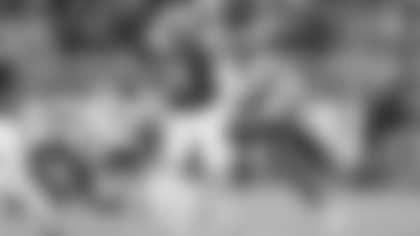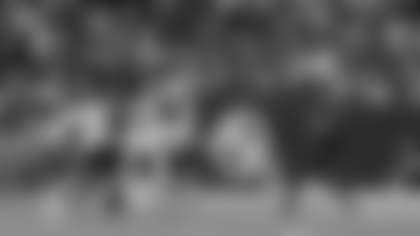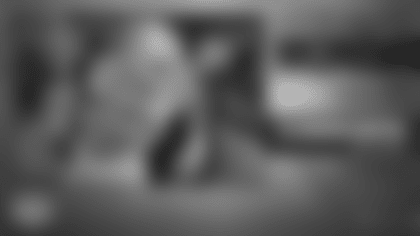The opinions expressed in this article do not reflect those of the team.
The Washington Commanders are heading to the Meadowlands for a critical NFC East matchup against the New York Giants. Here are three keys to the game, presented by KIA.
1. How will Washington's offense handle the Giants' pressure-heavy scheme?
Logan: It's been established that Giants defensive coordinator "Wink" Martindale likes to bring pressure and play aggressive man coverage. This is a little counter intuitive because the majority of the Giants' starting secondary has been hurt, but the backups have stayed in tight coverage. The aggressive style limits the length of time the secondary is required to cover.
The Giants have two main forms of pressure, the first being single-high with some type of man coverage underneath. In this structure, the players covering will try to position themselves pre-snap to help funnel the player they are covering to the middle of the field. The defense is going to bring some combination of five rushers. Identifying the rushers and getting the protection communicated will be critical. The next coverage is zero man, which is an aggressive approach with no help in the middle of the field.
Of these two, cover 1 is more conventional. Many teams run variations of this, meaning Scott Turner will have a plan for these looks. The more challenging looks are the zero pressures, which overload protections and force the offense to keep pass protectors in, allowing defenders who have them in man-to-man coverage to add to the rush. Detroit ran a fair amount of this, and the Commanders did not handle it well.
There are several ways to deal with this type of pressure, and a combination of them is probably the best approach. The two main philosophies are getting the ball out quick and getting the defense to stop blitzing or max protect and take a shot. Both have been effective against the Giants.
Let's look at the getting the ball out quick. The goal is to not let the defense dictate to you by taking eligible receivers and forcing them to stay in and protect. This takes timing, precision and an understanding of the pressure. If the quarterback is late or the receiver is slow, the pass will be incomplete or the offense will take a sack. However, if the offense can execute this approach, it gets teams out of their pressure package.
The second methodology is adding pass protectors. This was Turner's approach in the first game, but there are some draw backs. First, it takes eligible receivers out of the route concept. It puts running backs and tight ends in high leverage pass blocking situations, which are not usually favorable matchups. If the offense can protect, it increases the time to throw, allowing receivers to get deeper into their route concepts.
My personal preference is getting the ball out quick and force defenses to change their approach as opposed to trying to beat the Giants at their own game. I can't wait to see which of these the Commanders settle on.
Zach: Taylor Heinicke is going to be tested by the Giants this week. His completion rate is 67.4% when throwing in a clean pocket, but that drops to 40.5% when under duress. He will need to play clean, because the Giants are the type of defense that will pounce on any mistake.
I believe Turner will use both philosophies Logan mentioned, but the fact that max protecting did not work as well against the Lions make me believe that he will lean more into trying to get the ball out quickly. It also hurts to not have J.D. McKissic, who is a proficient pass-blocker.
That leaves Washington relying on its receivers to win against man coverage, and assuming Heinicke can avoid the pressure, there should be massive opportunities in the passing game because of how good Terry McLaurin and Co. are at creating separation.
What's more, the Giants' secondary is depleted. Adoree Jackson is out again, and Xavier McKinney is on the NFI list. That means New York will be forced to use backups against McLaurin, which is a problem that Washington should be able to exploit.
2. How can Washington contend with the Giants' offensive wrinkles in the run game?
Logan: The Giants' offense started the season with a roster that lacked at key spots. They tried to address some of these needs with Evan Neal in the first round and wide receiver Wan'Dale Robinson in the second, but the roster still had holes.
It's evident that Brian Daboll and offensive coordinator Mike Kafka are aware of these struggles. They have adopted a similar philosophy to the Commanders: run first and let the defense keep you in games.
However, the offensive line has sustained injuries that have made this approach more difficult. Kafka has looked to what Daniel Jones can do with is his legs to give the Giants an edge in the run game for them to stick with their run-first approach.
While his 4.7 40 time is unassuming, Jones is athletic and tough enough to make defenses pay with his legs. Kafka has limited Jones' touches on the designed quarterback runs, but he deploys them in critical situations to elevate the offensive line.
The Washington Commanders were back on the field for their second day of preparation for the New York Giants. Check out the top photos from Thursday afternoon. Photos by Kourtney Carroll/Washington Commanders

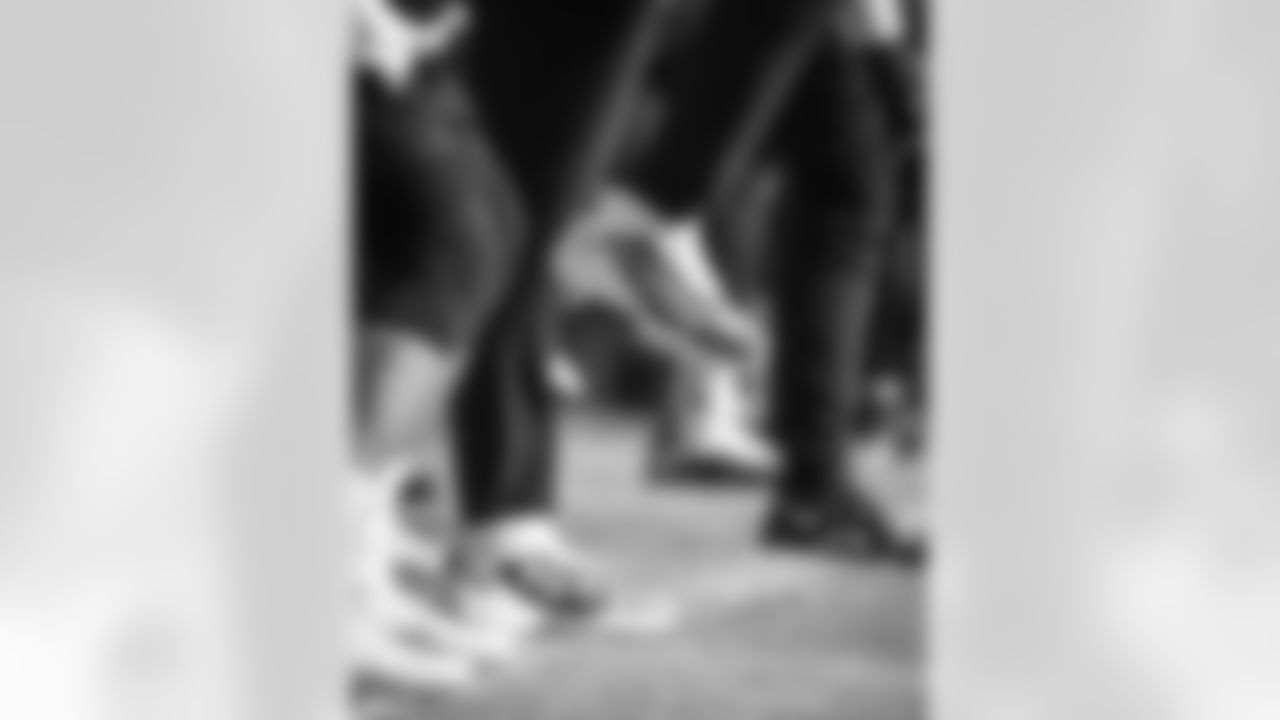


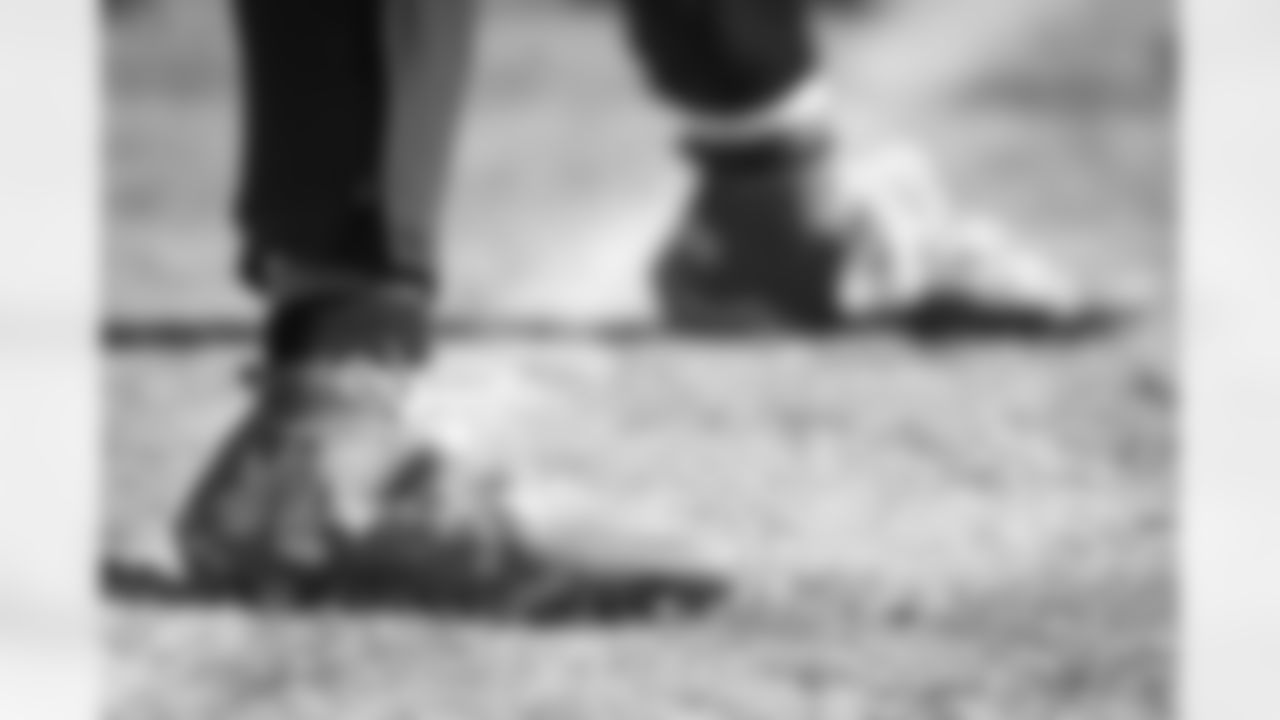
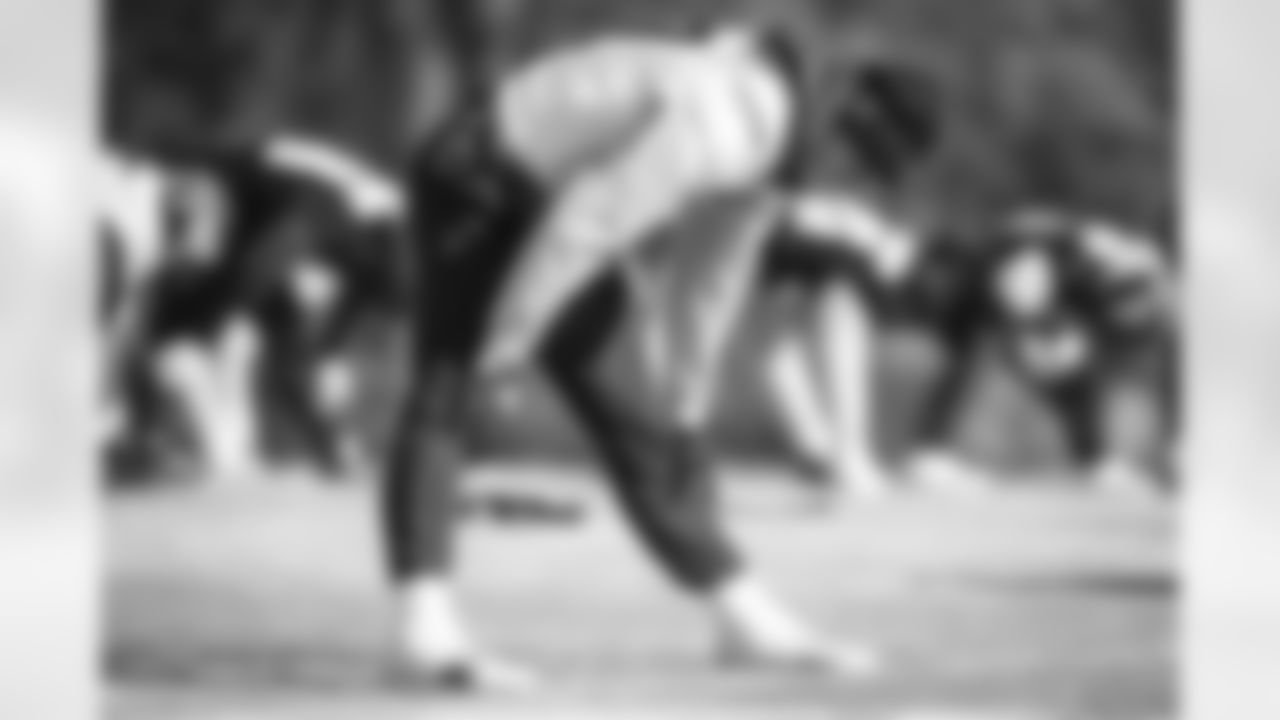

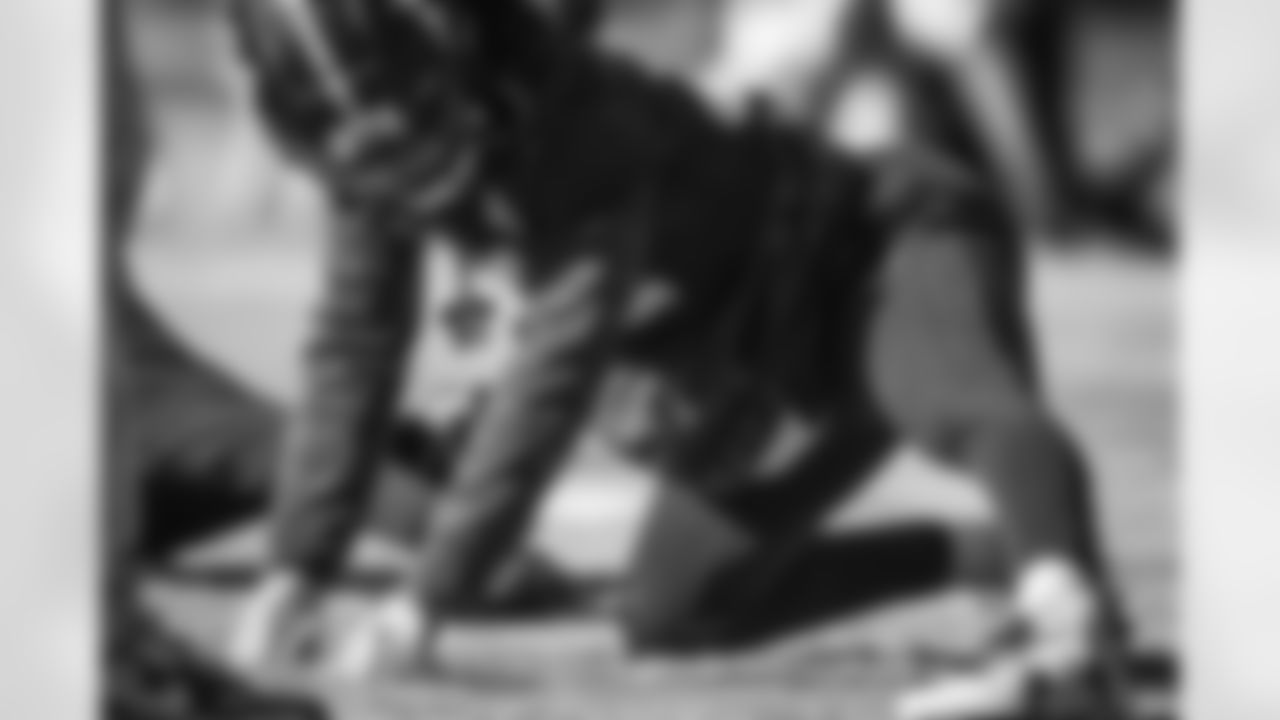
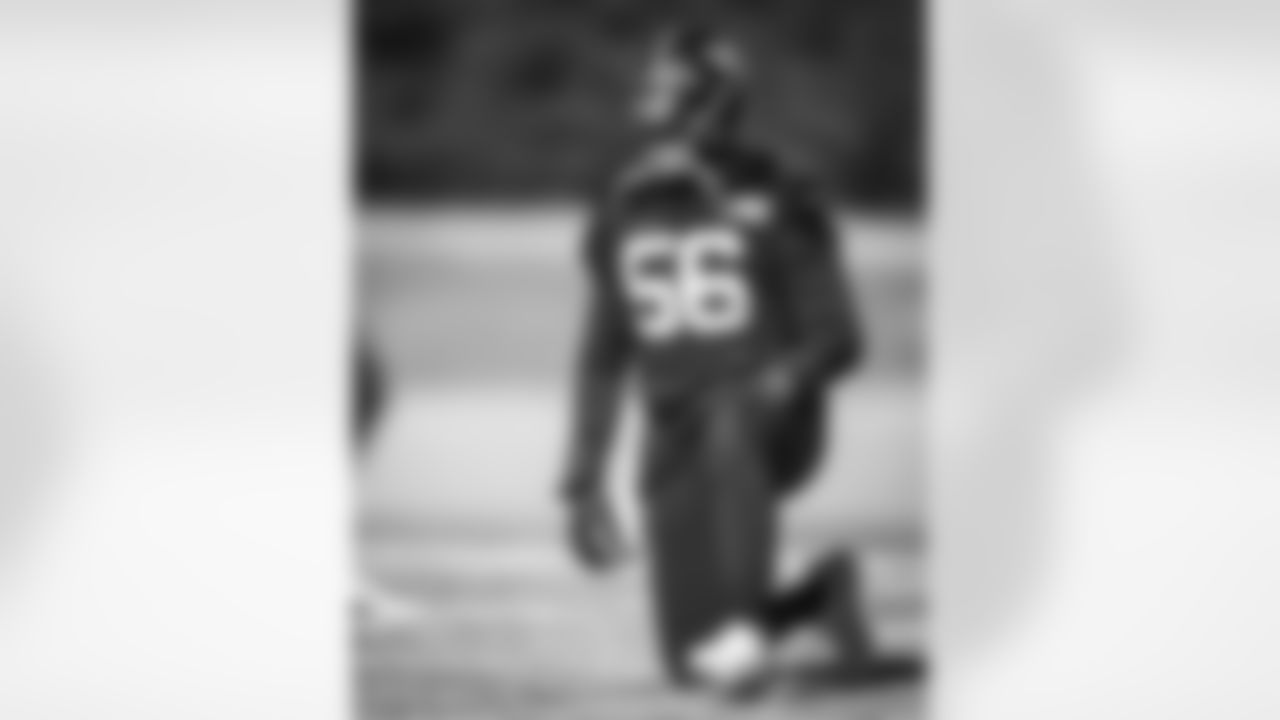
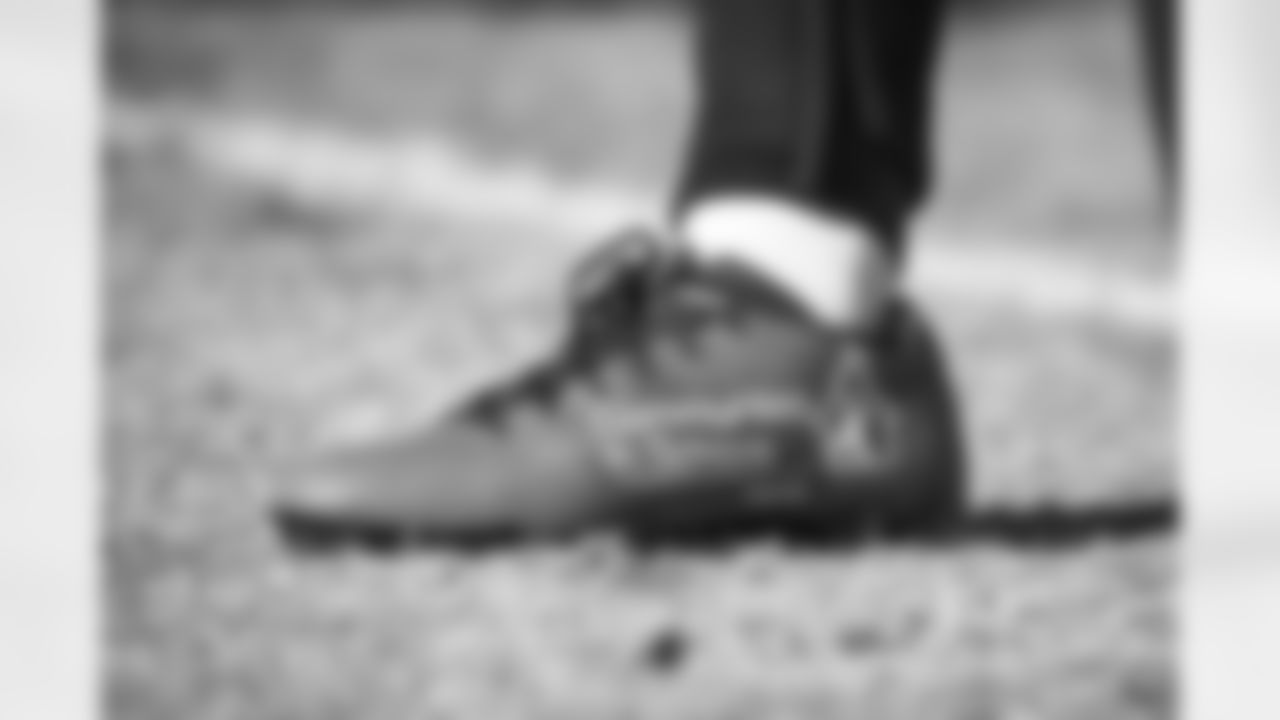
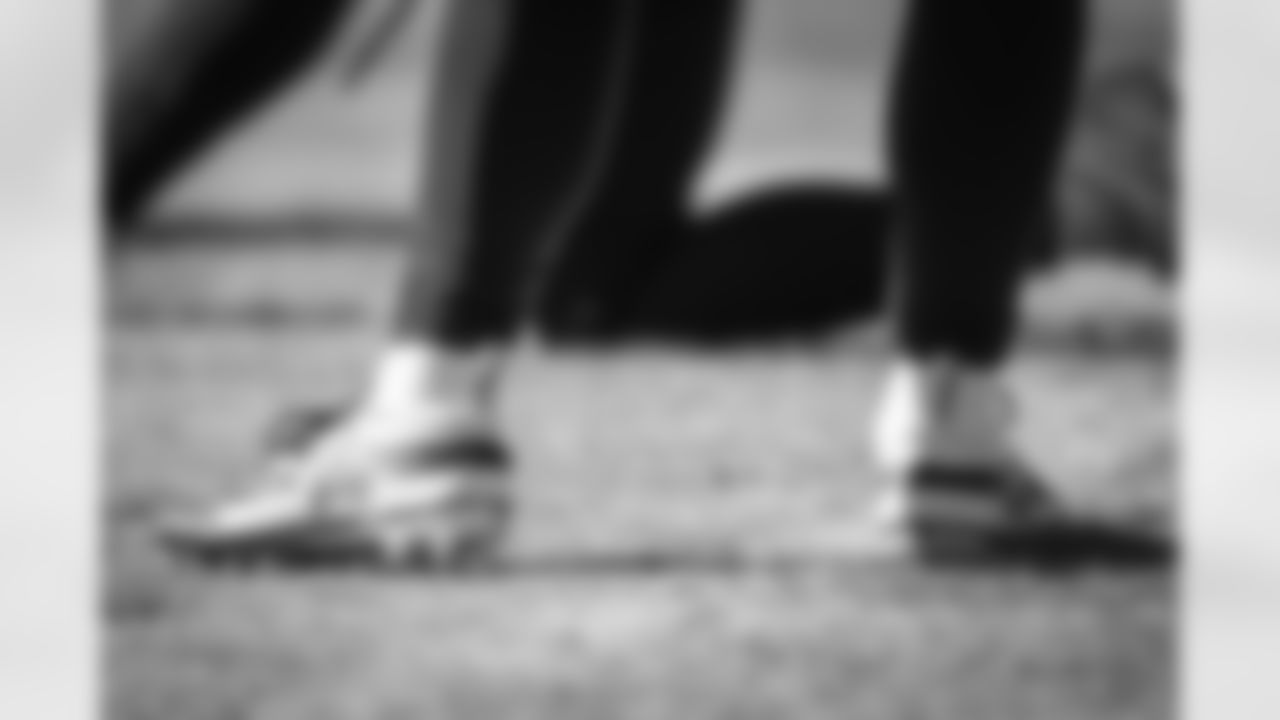
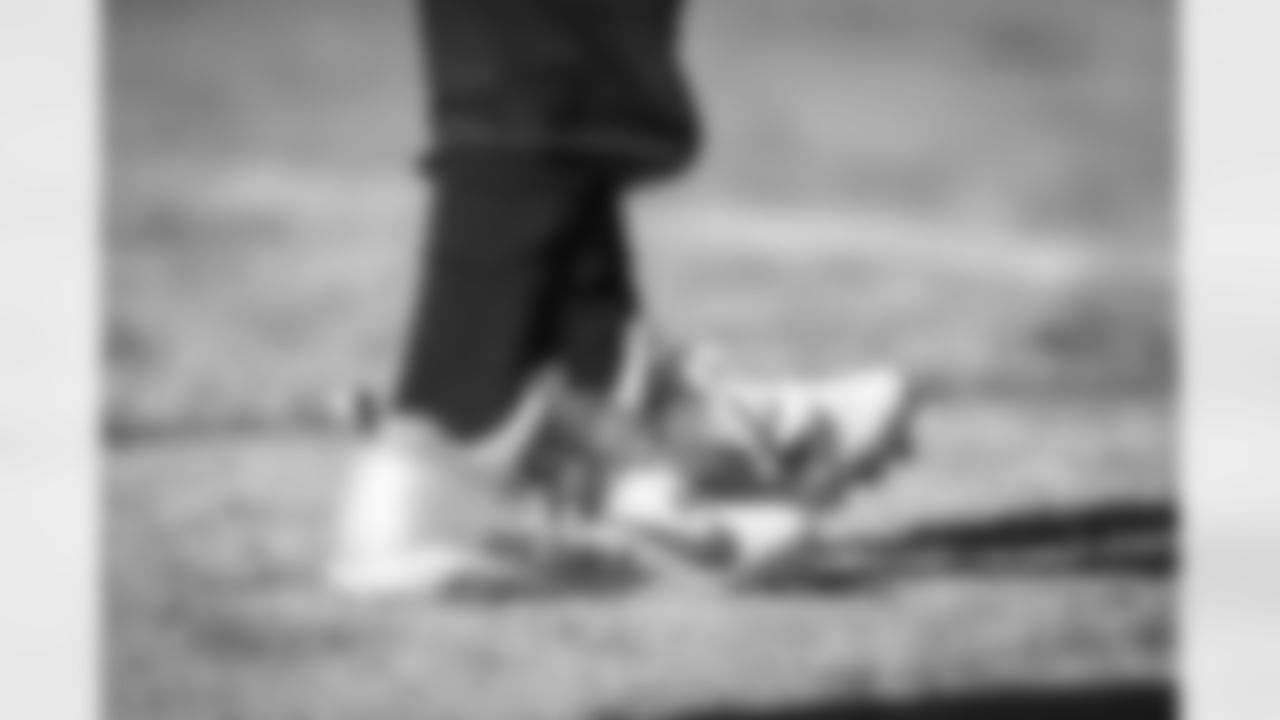

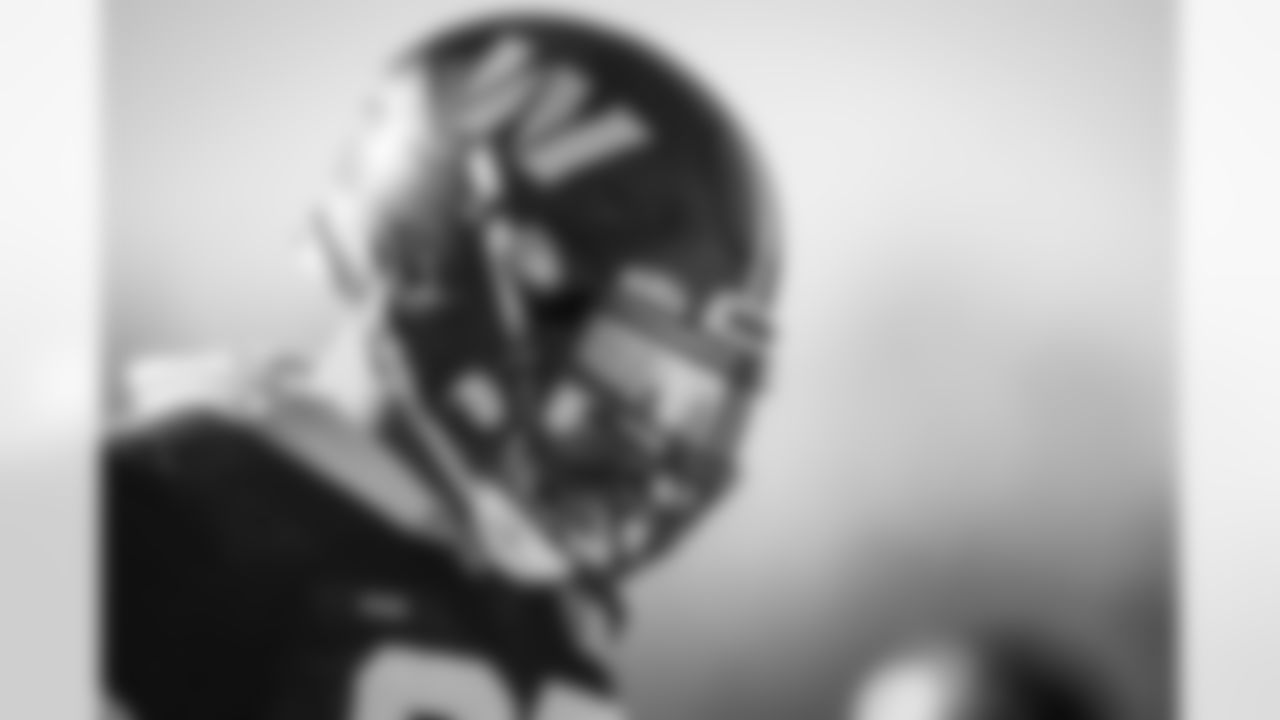
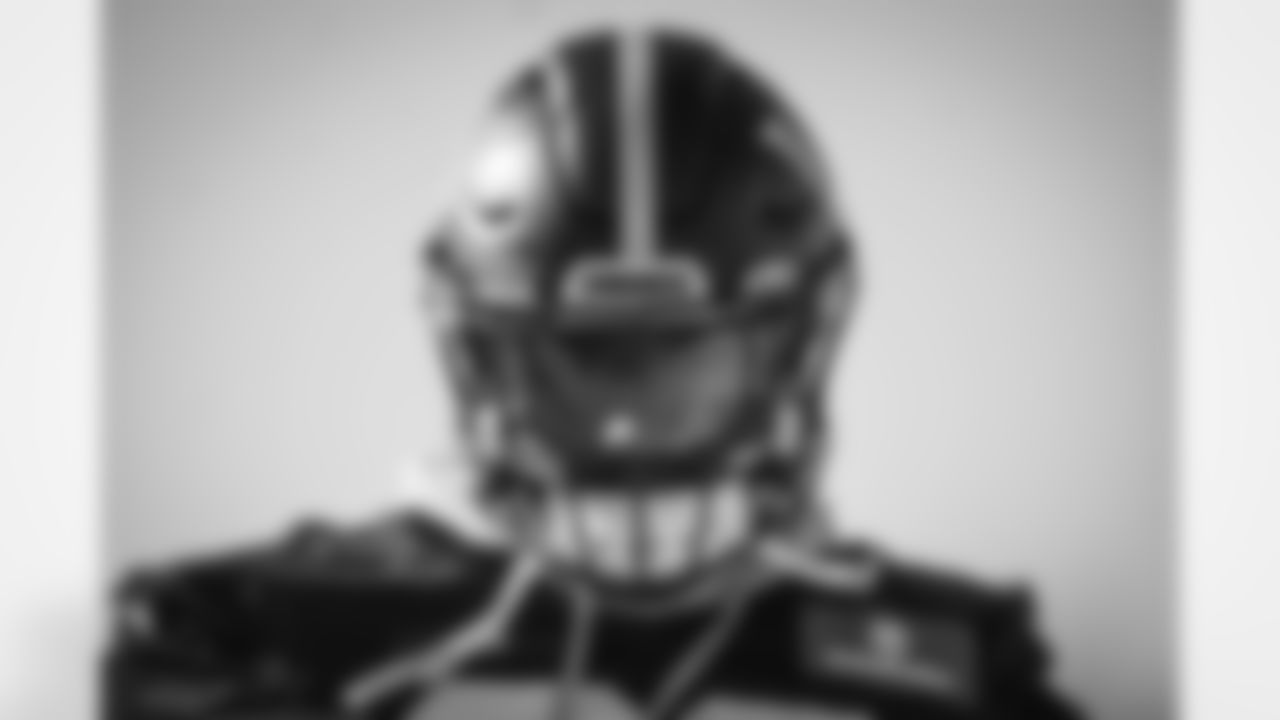
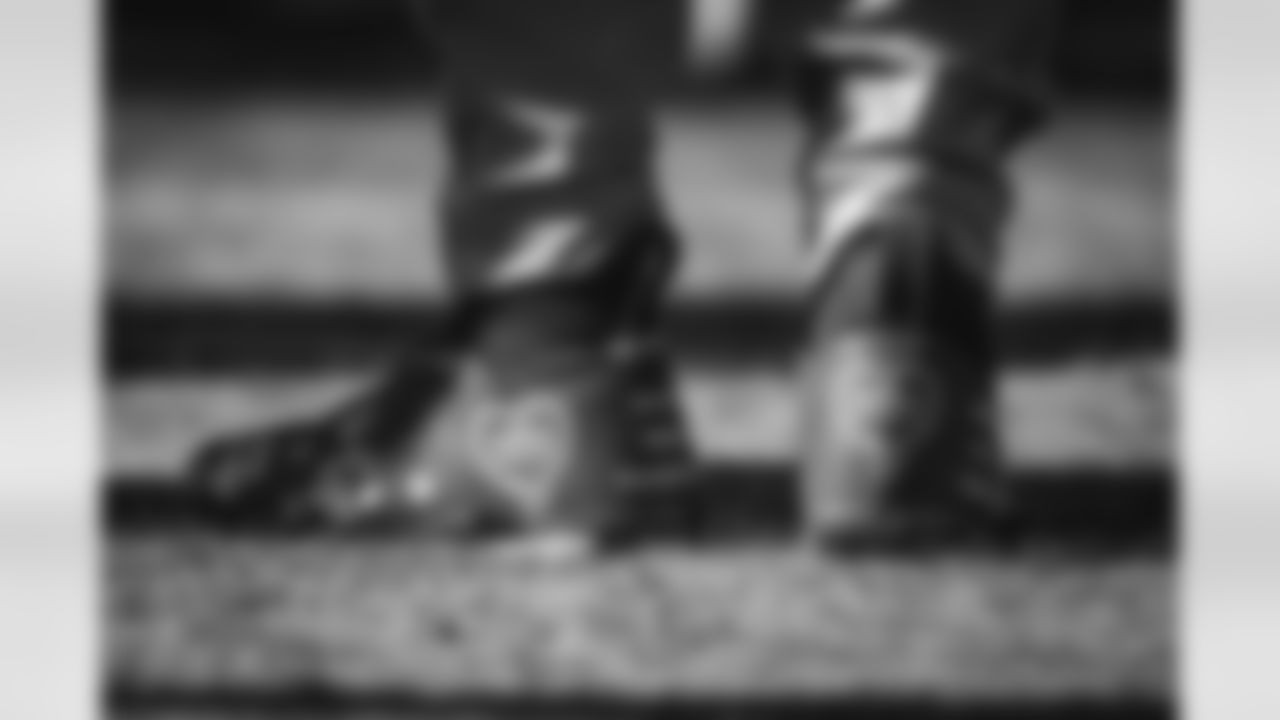

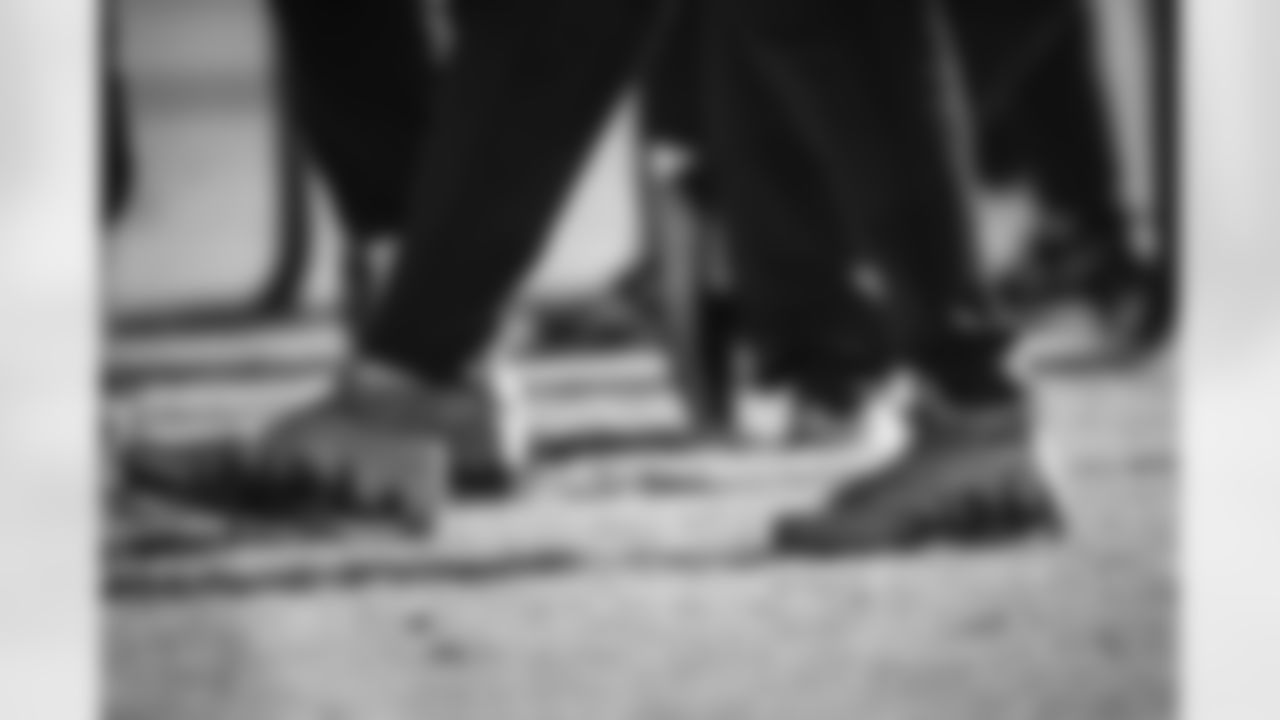


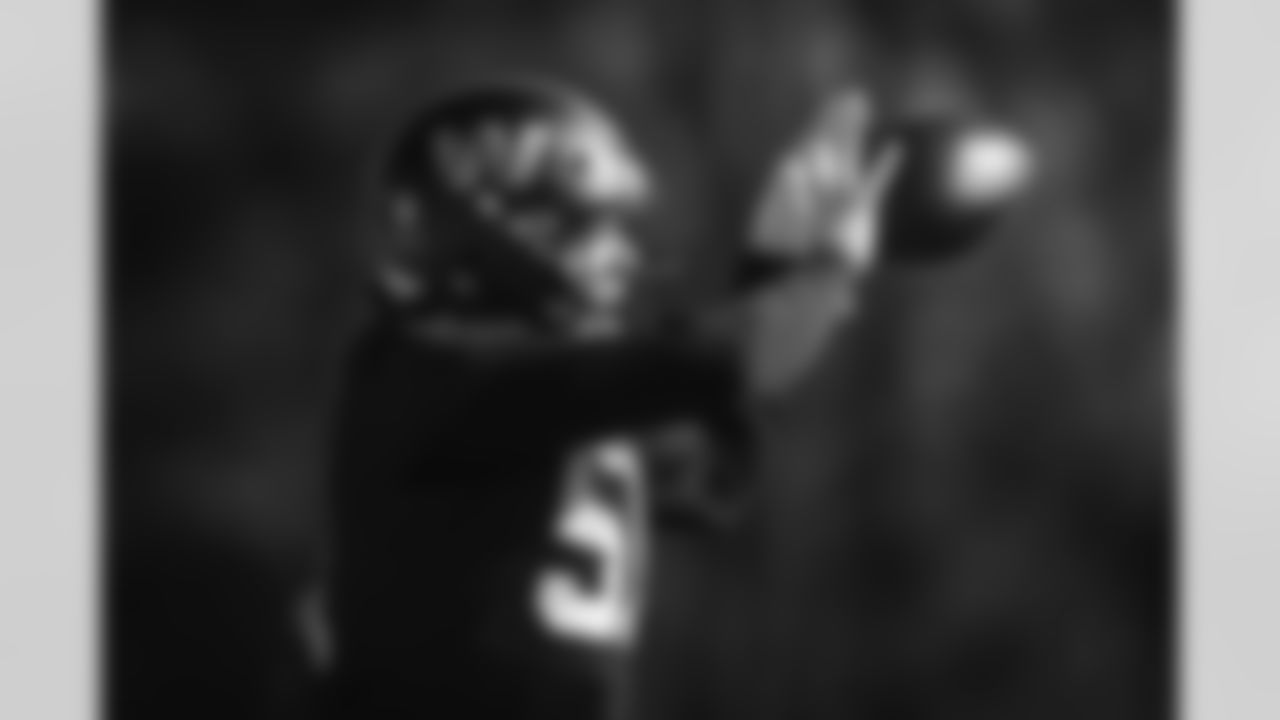


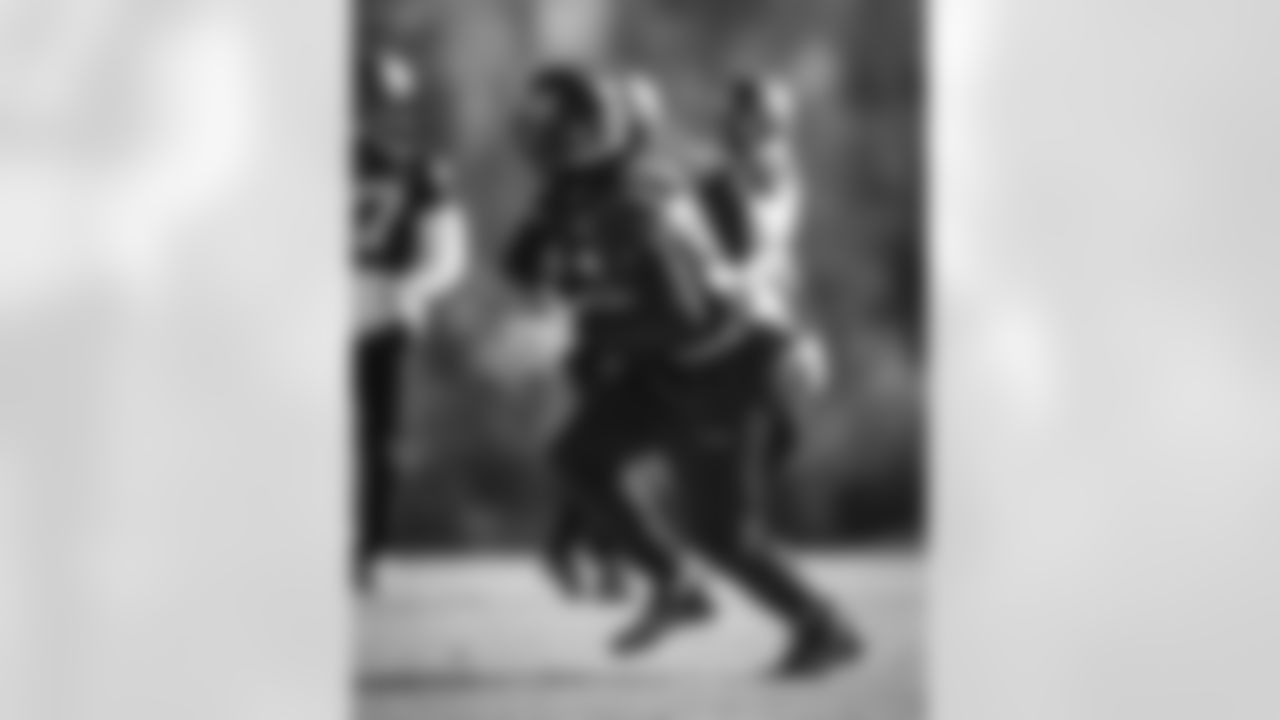
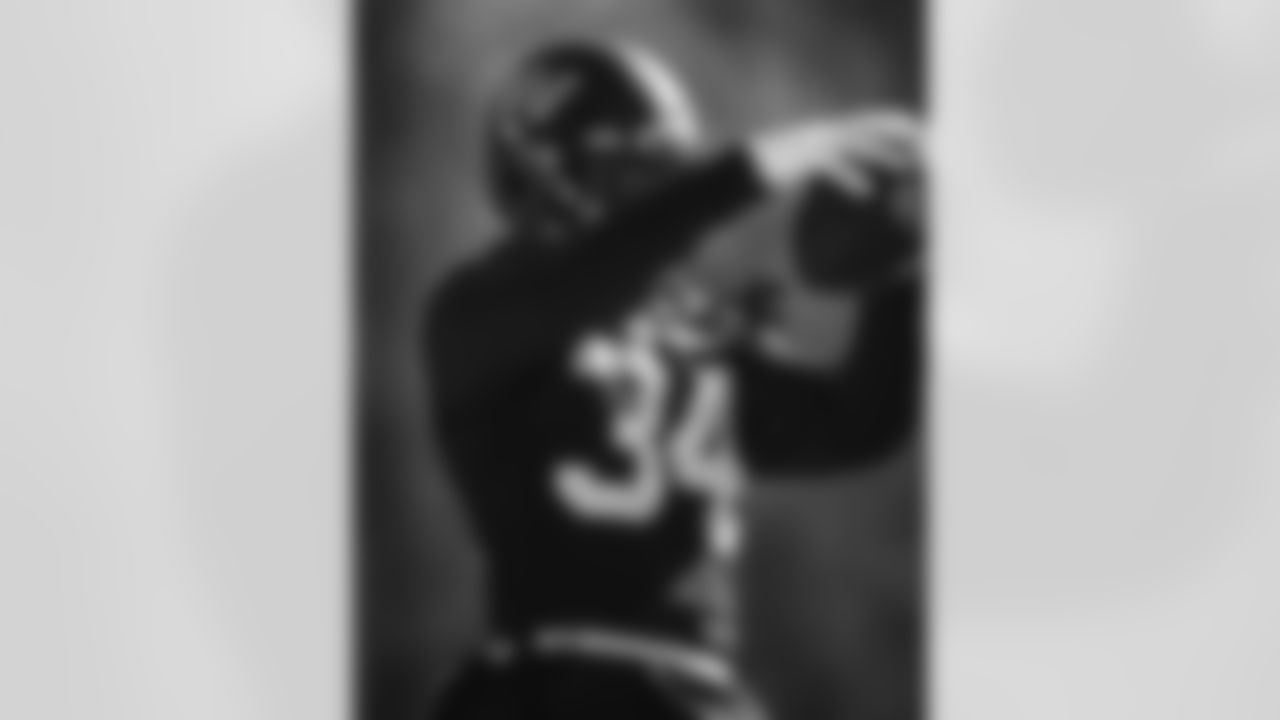
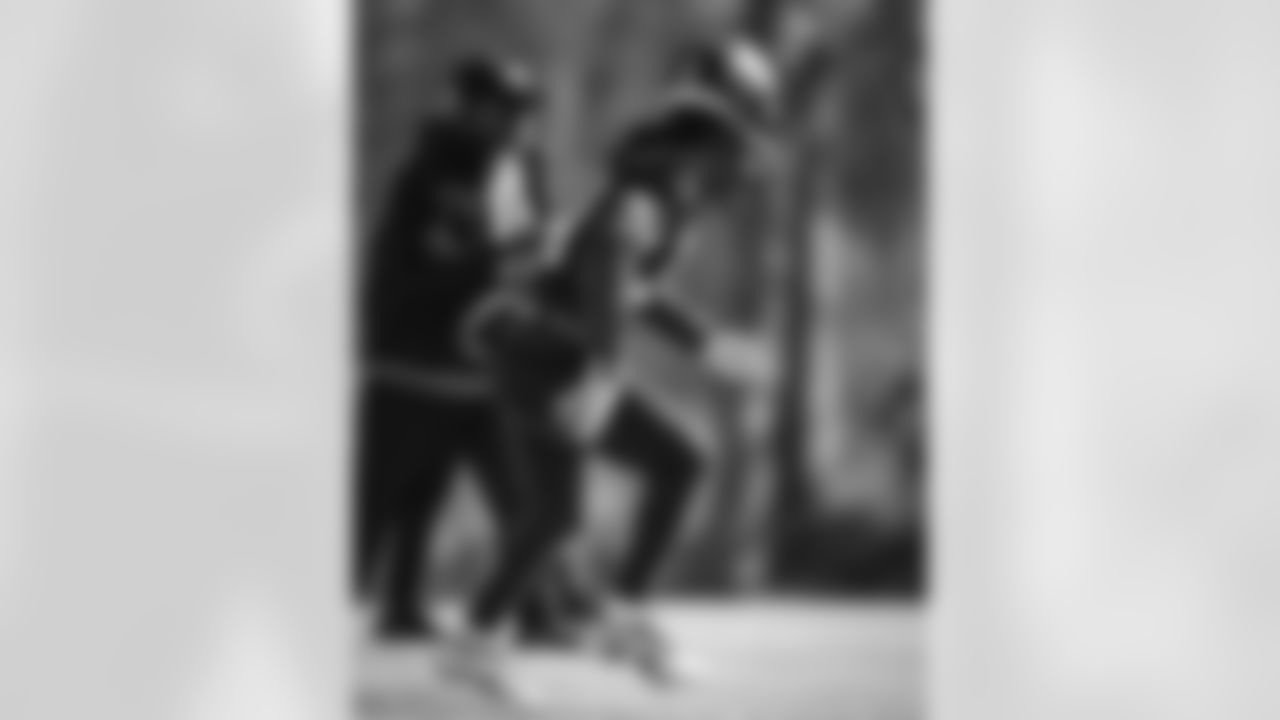
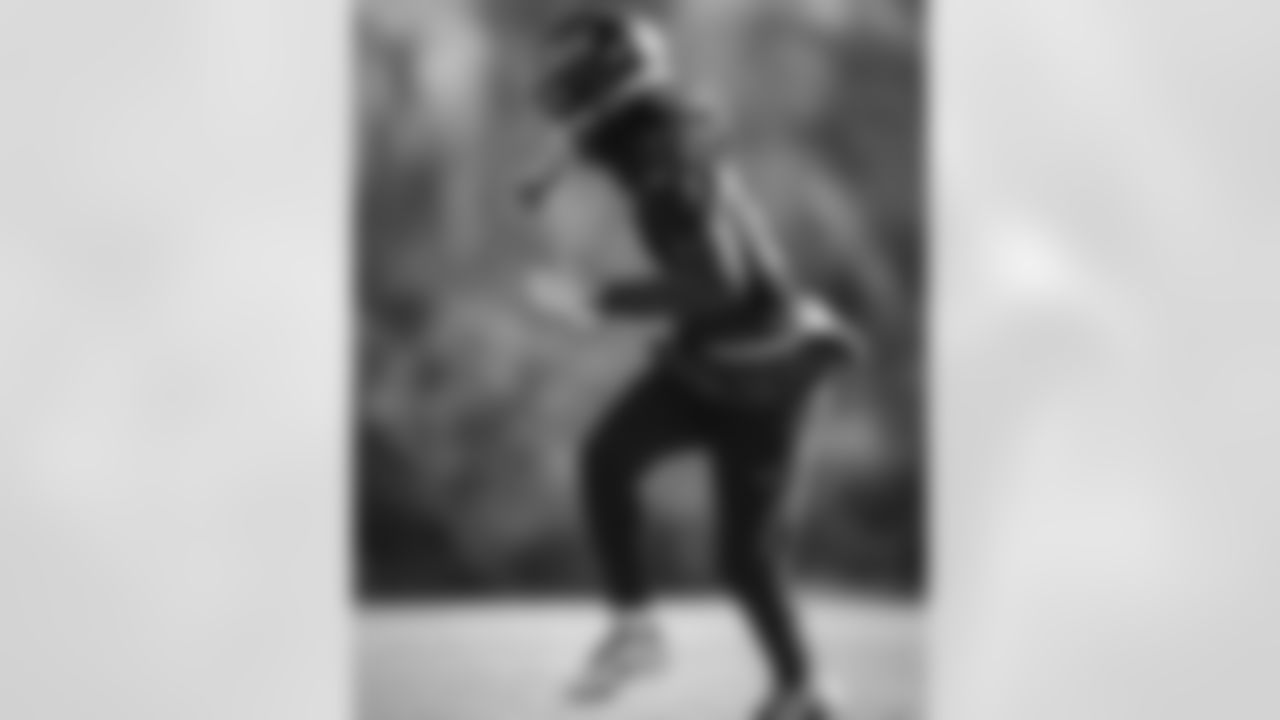

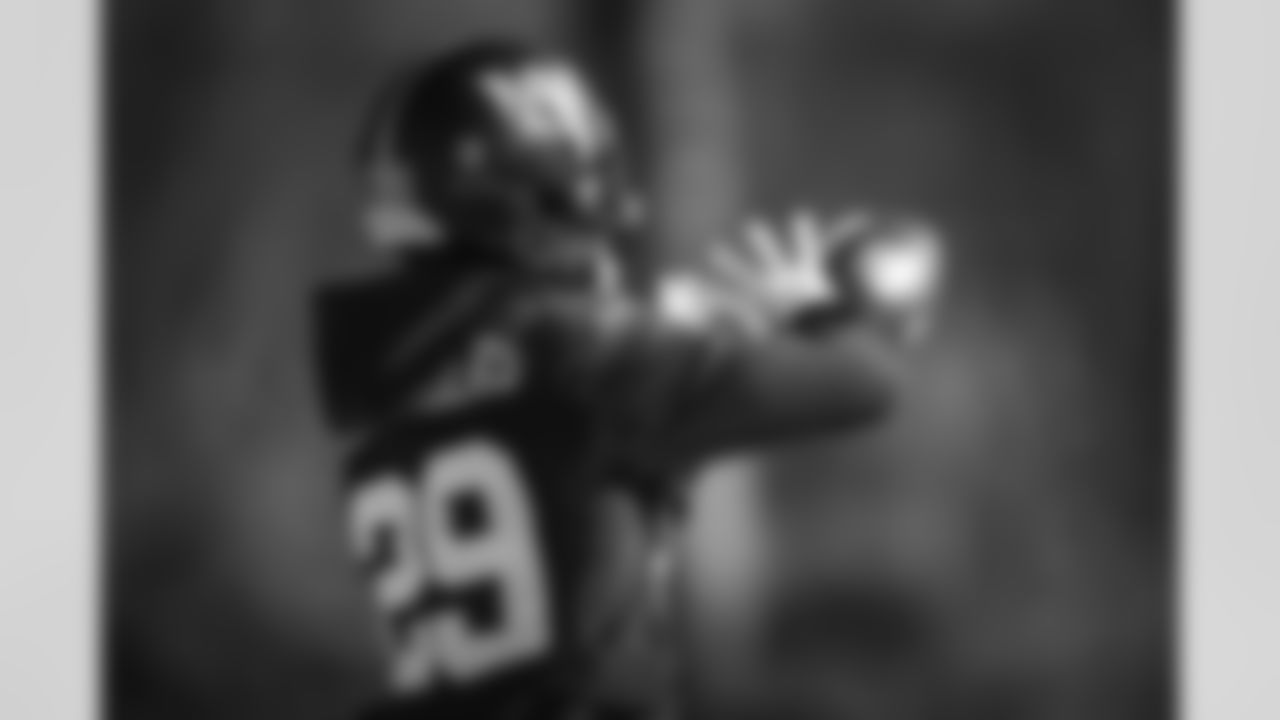
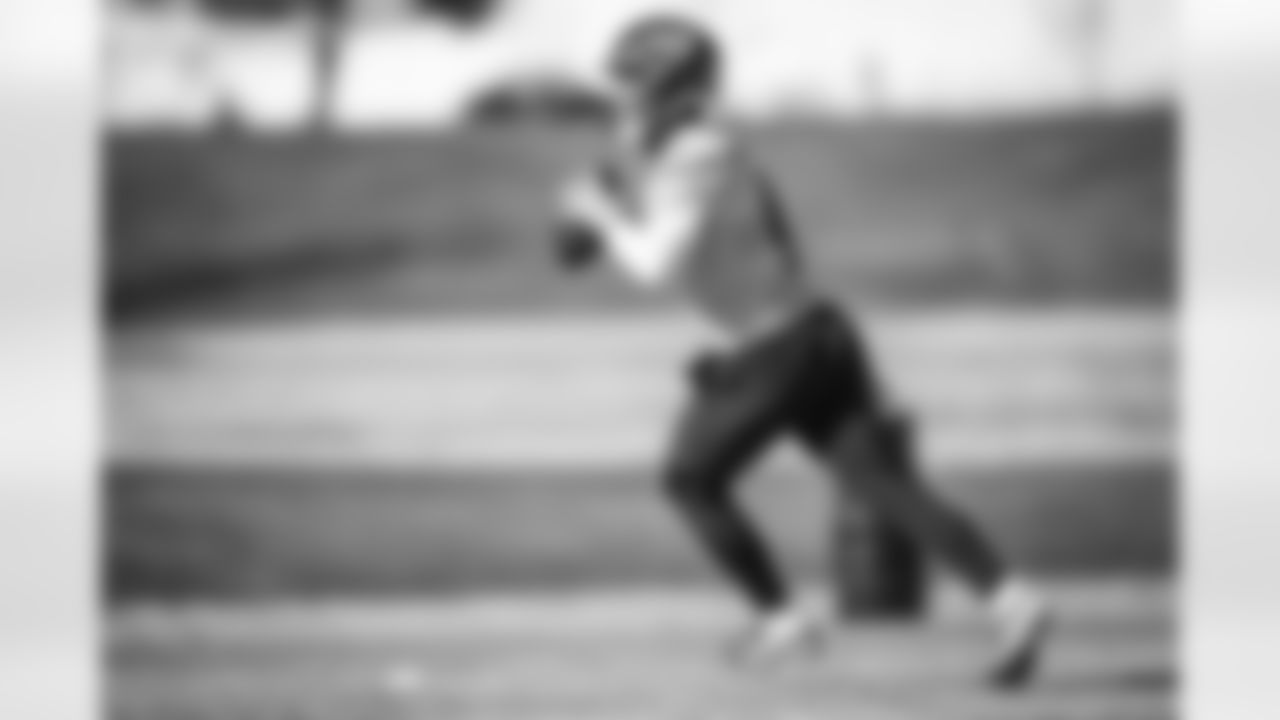

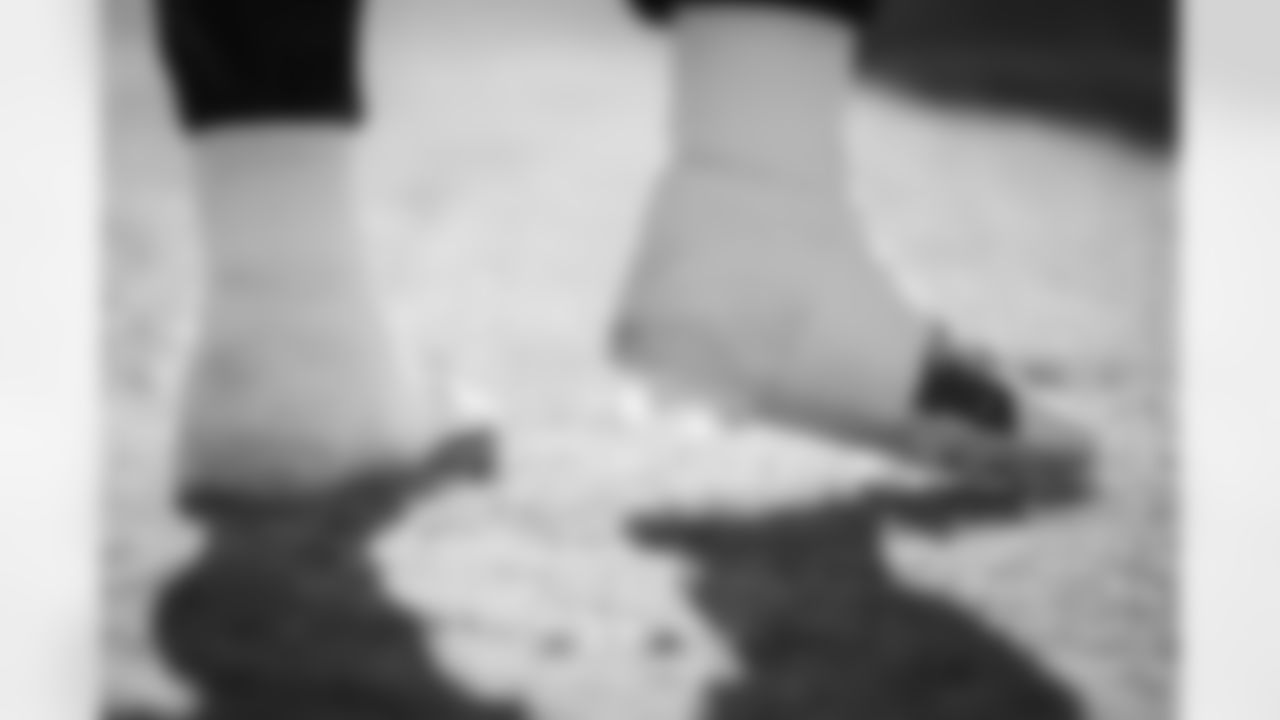
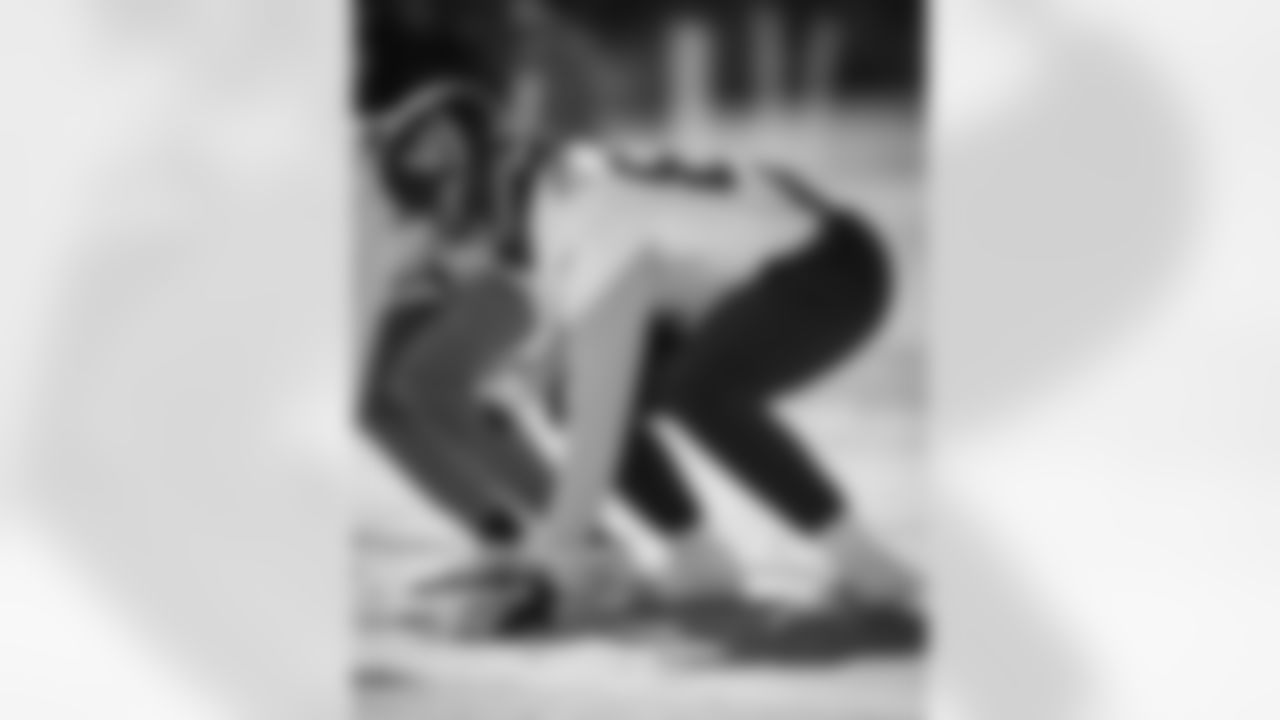
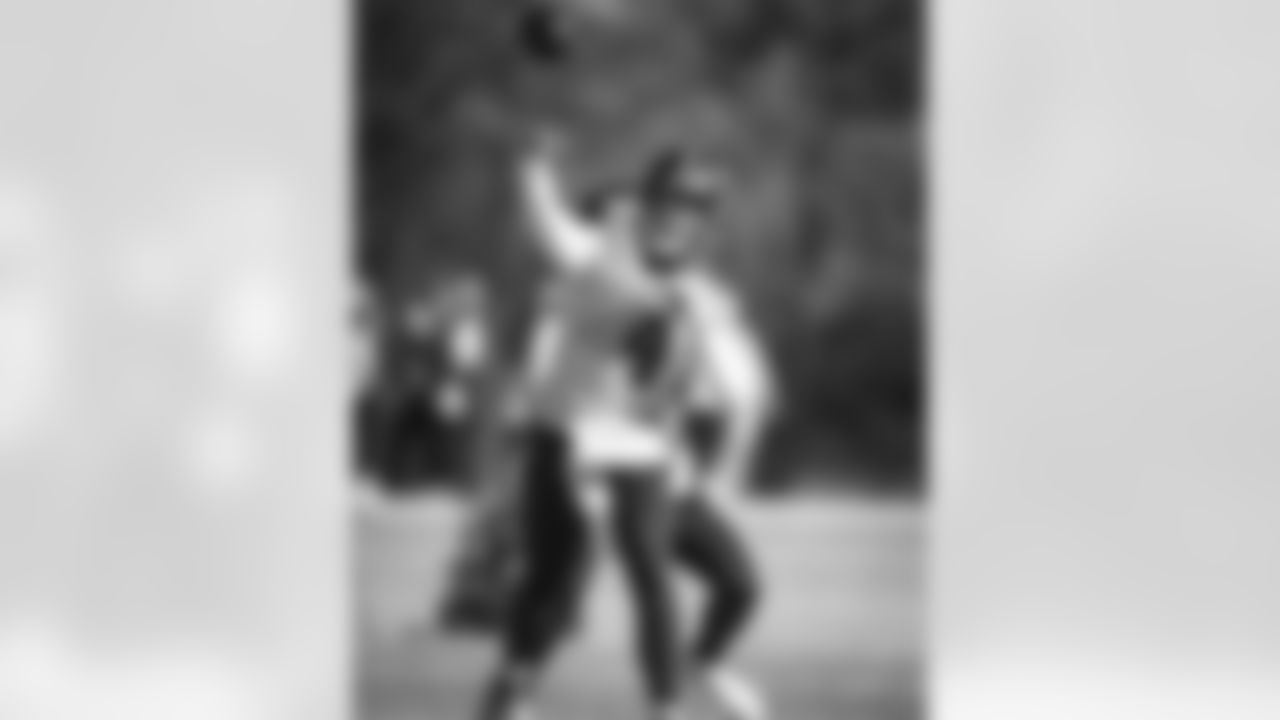
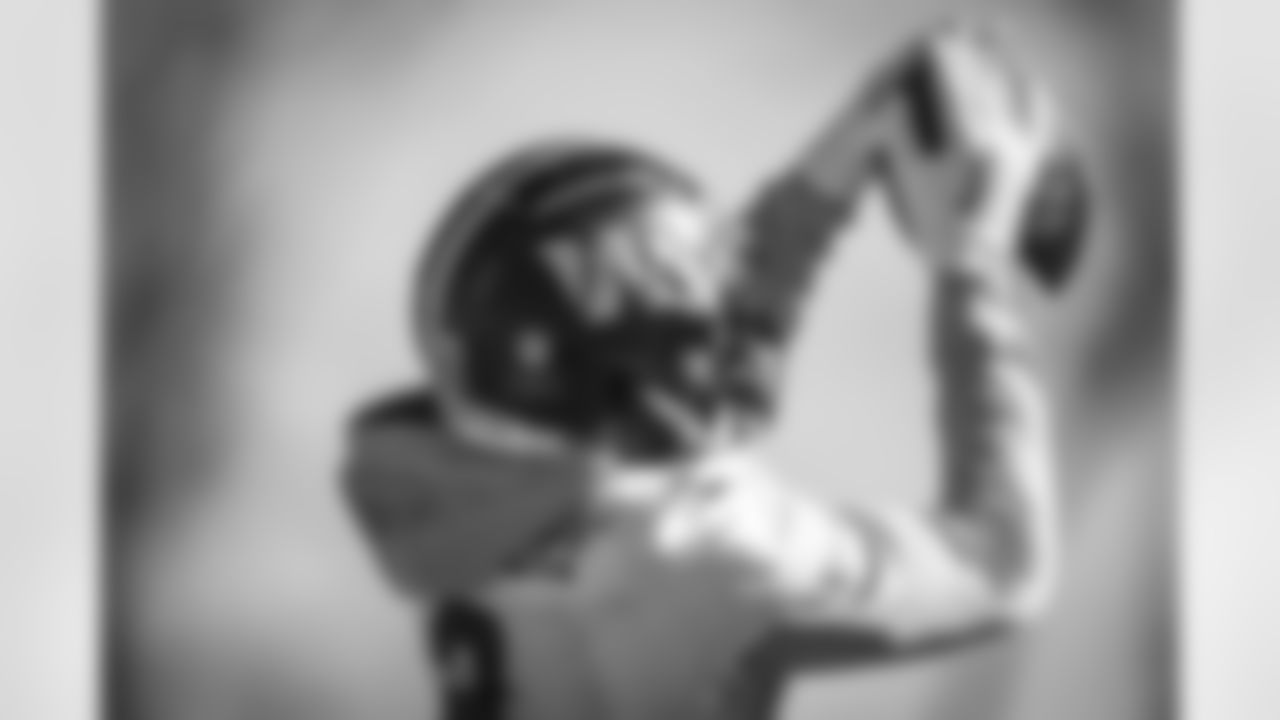
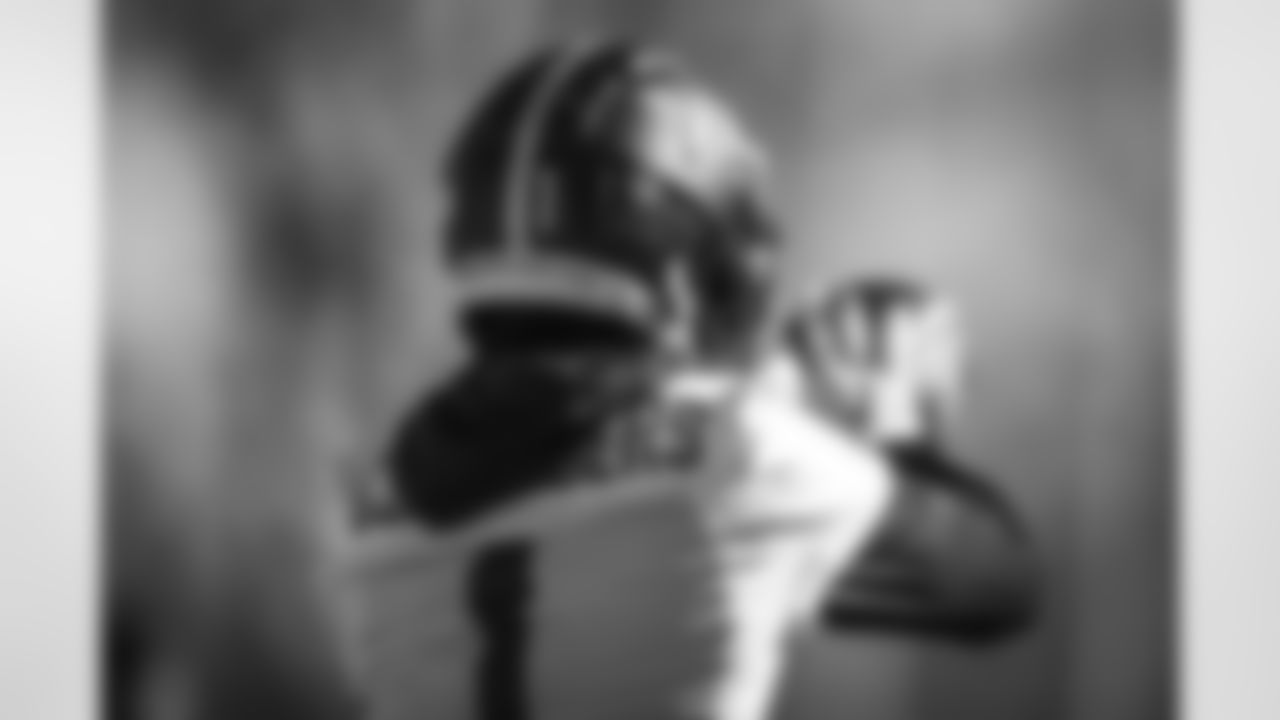
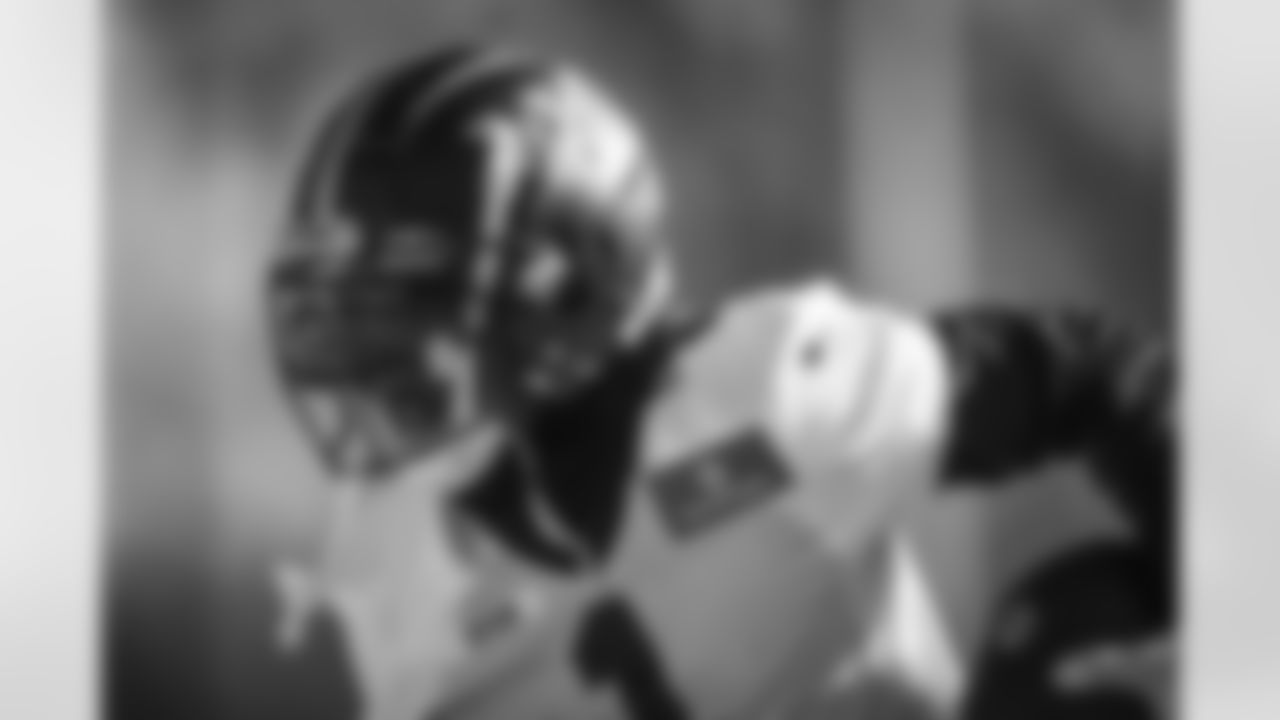
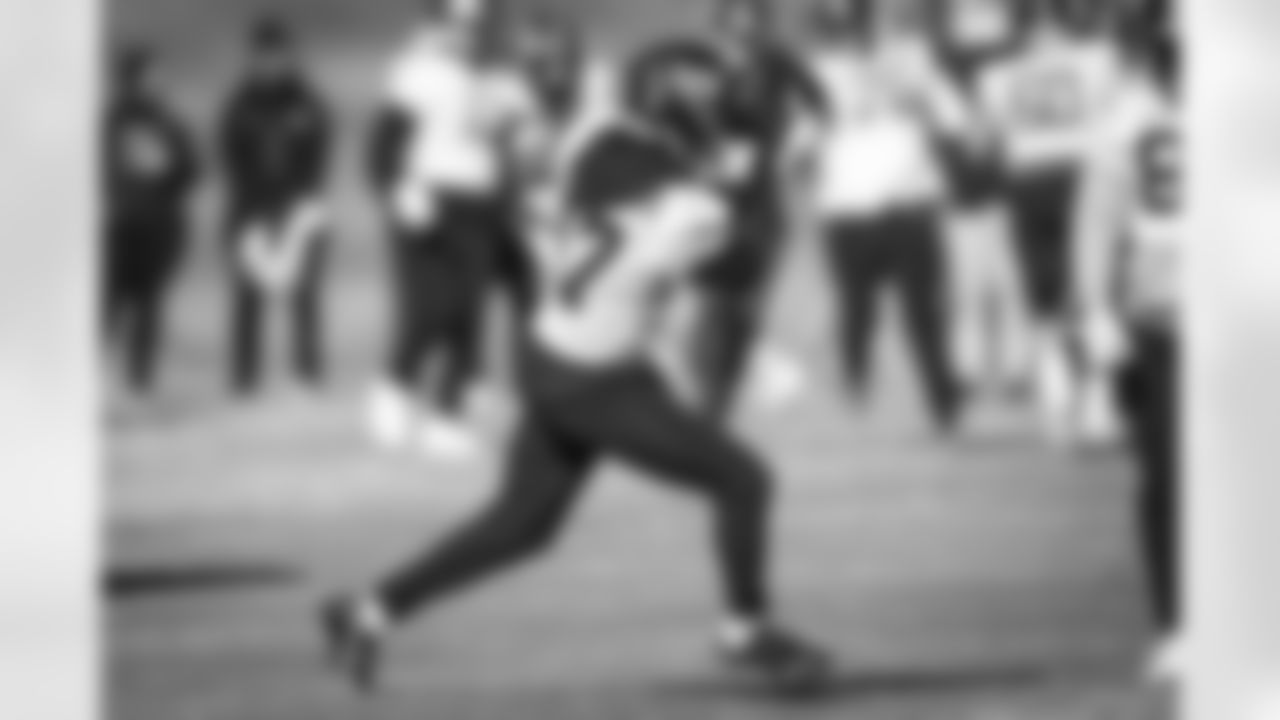
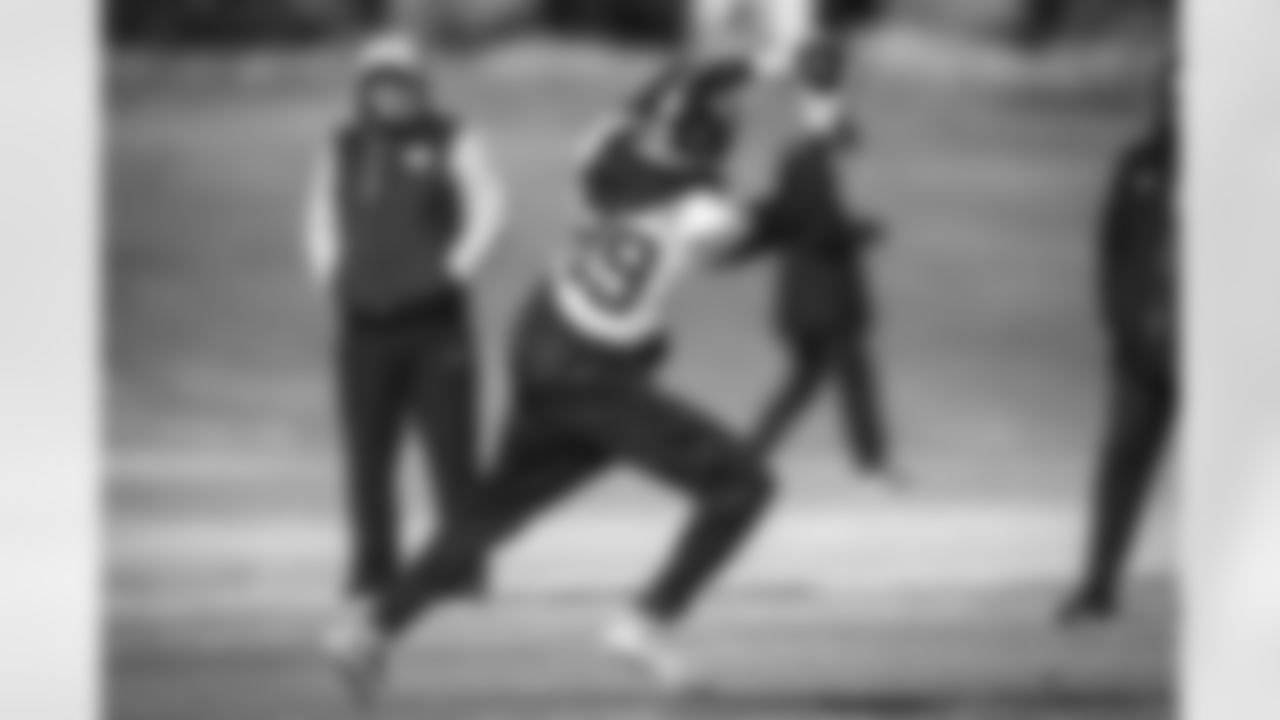
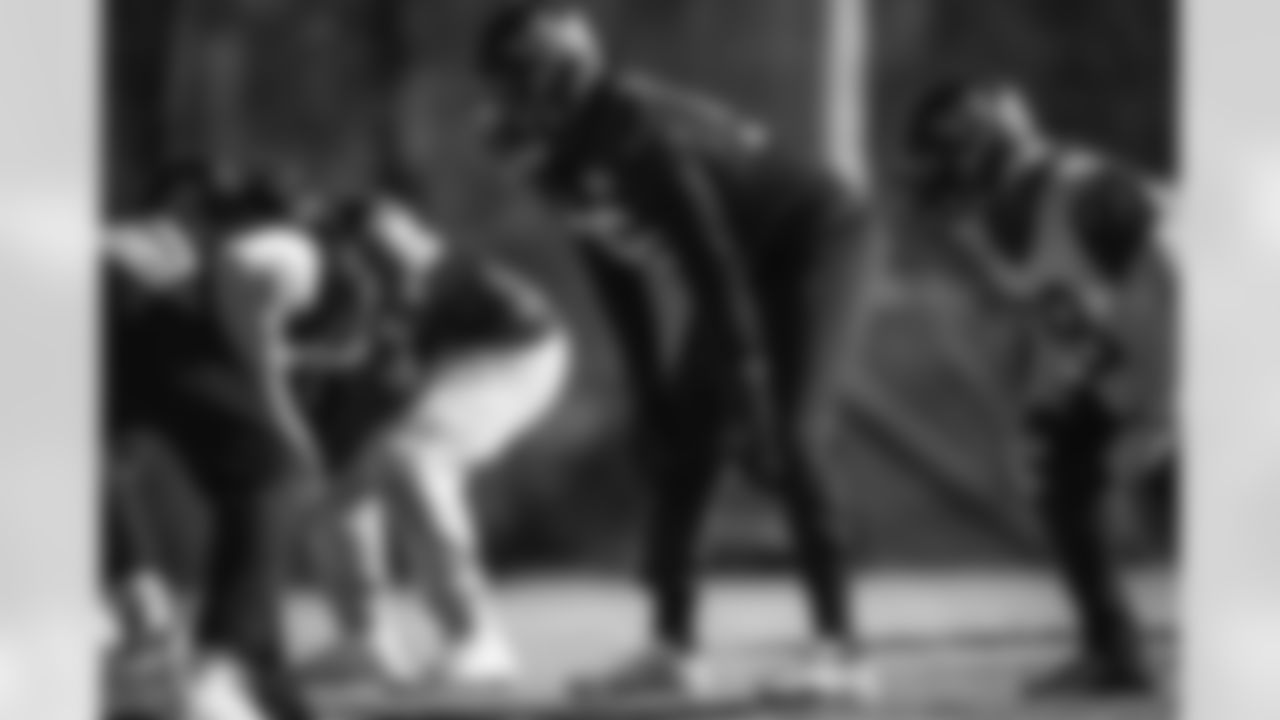
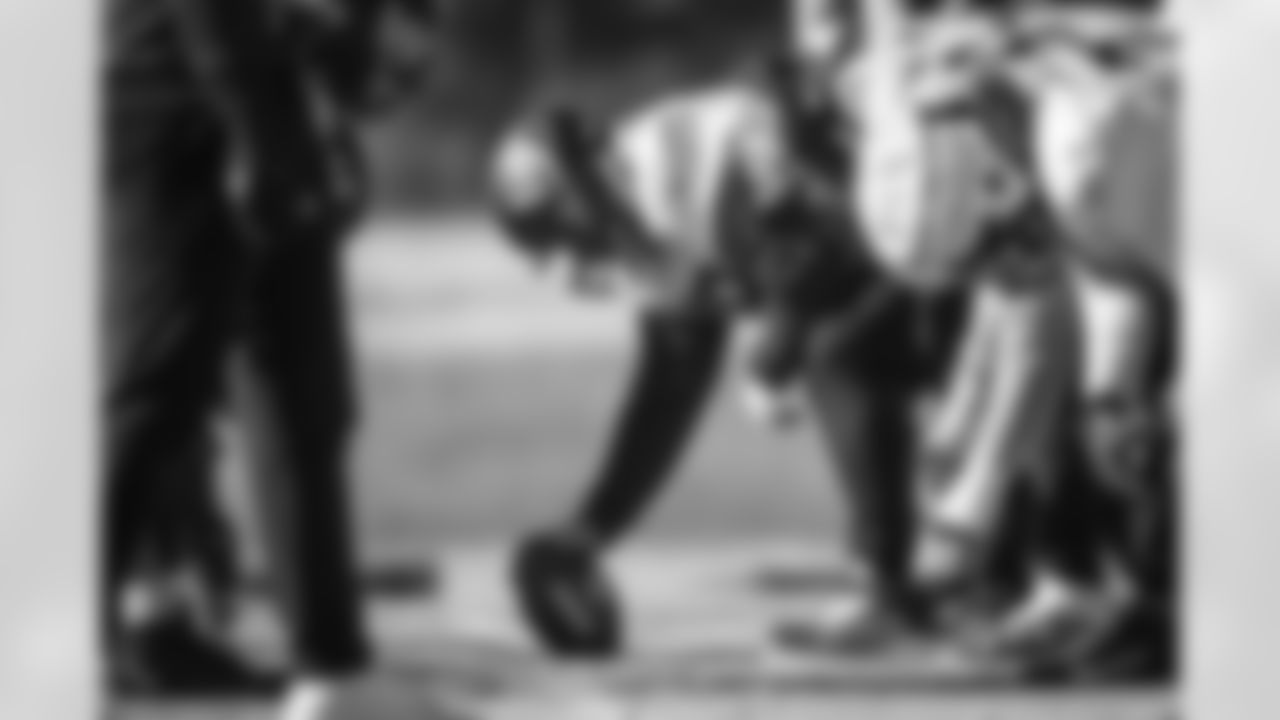
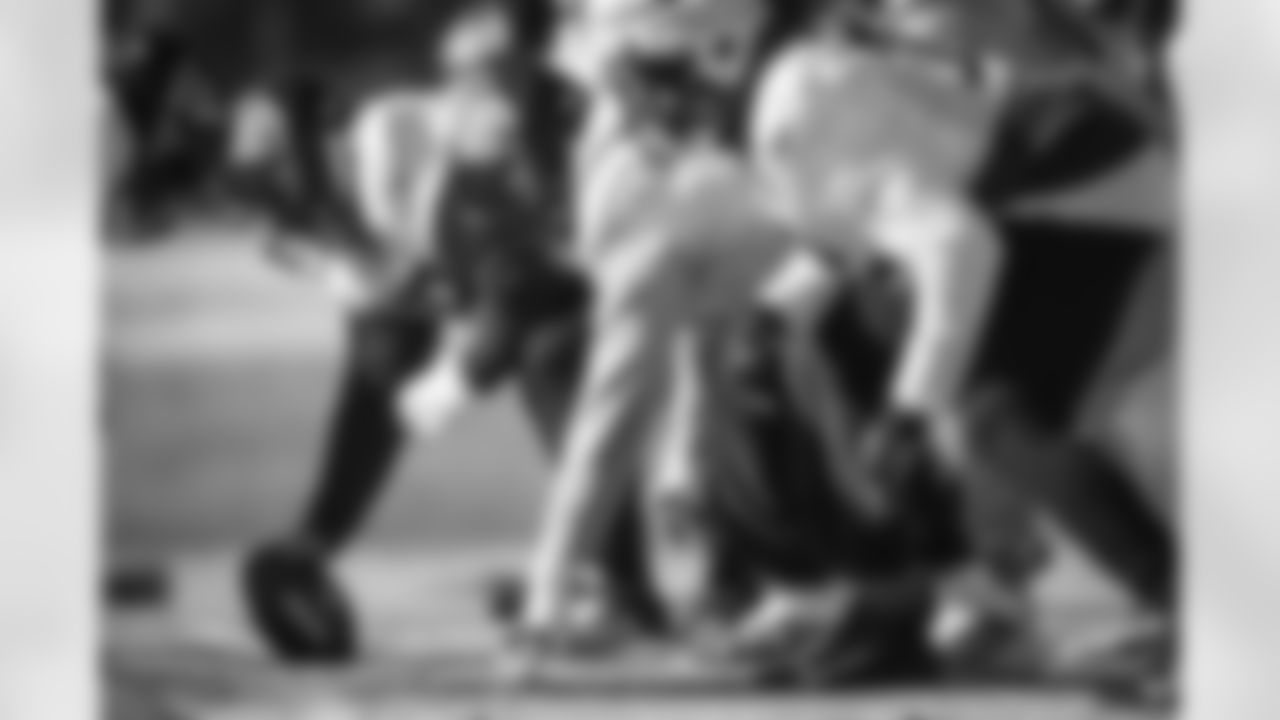




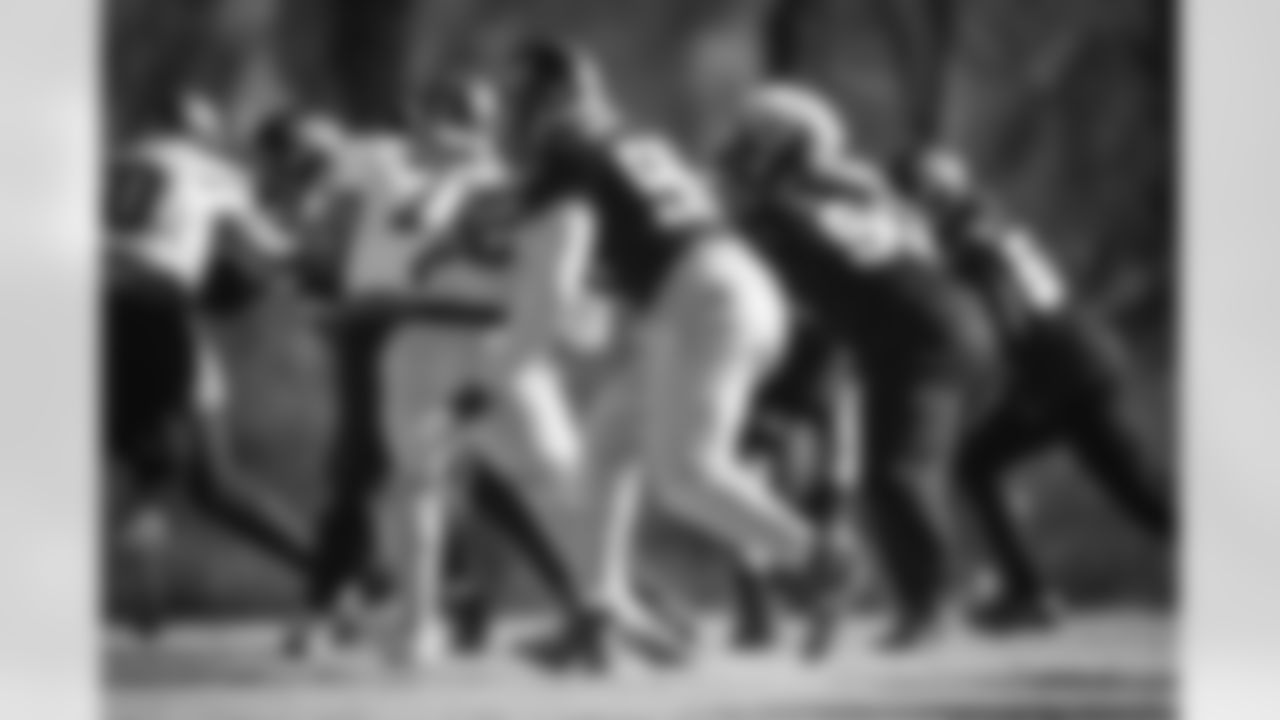


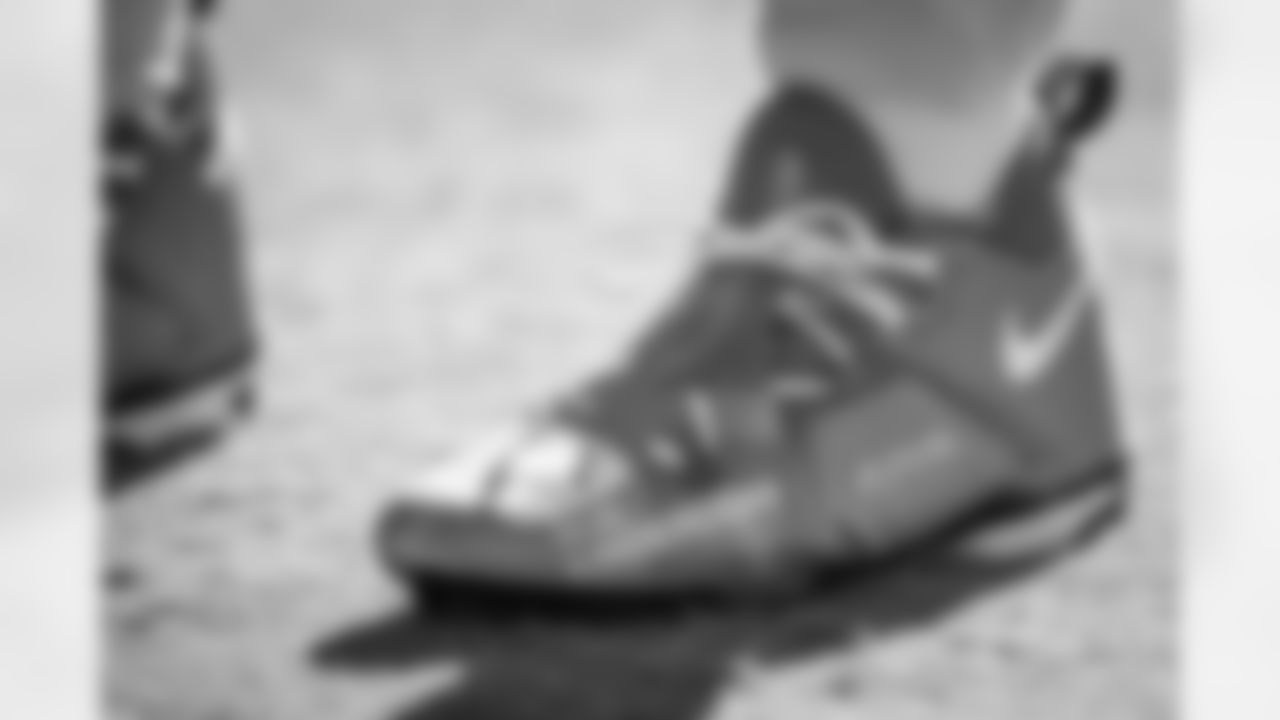
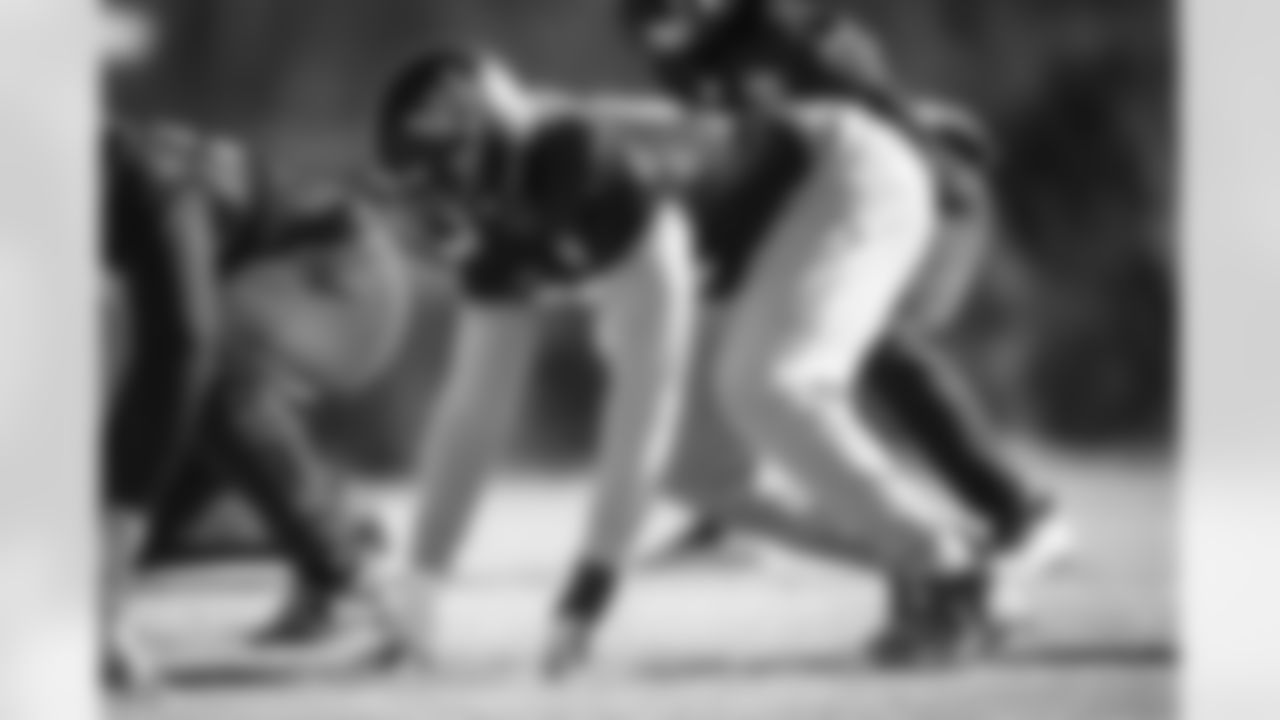


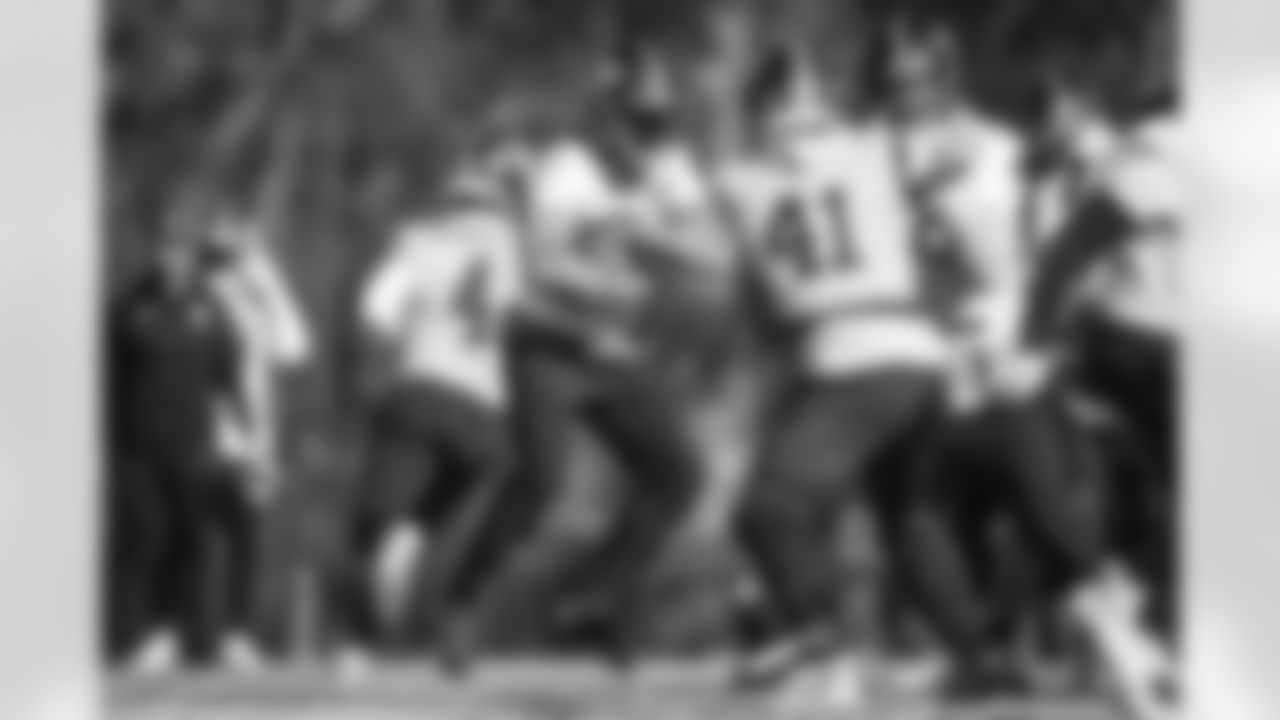
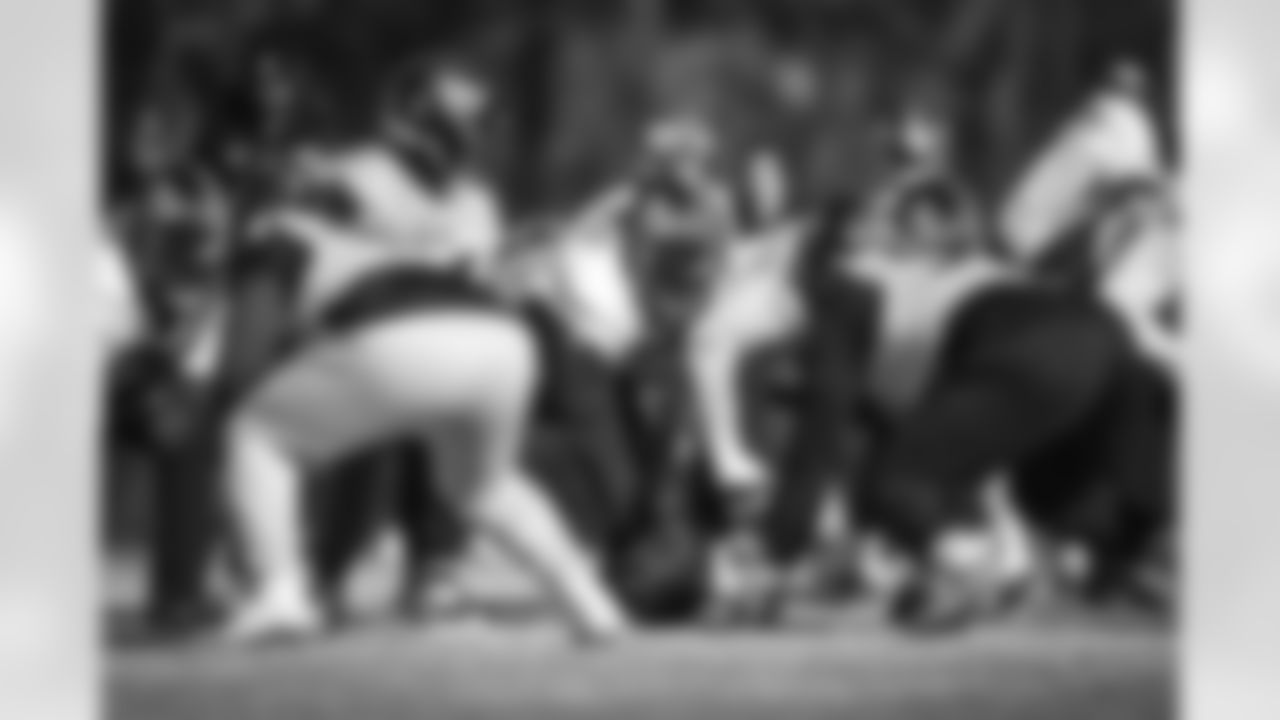
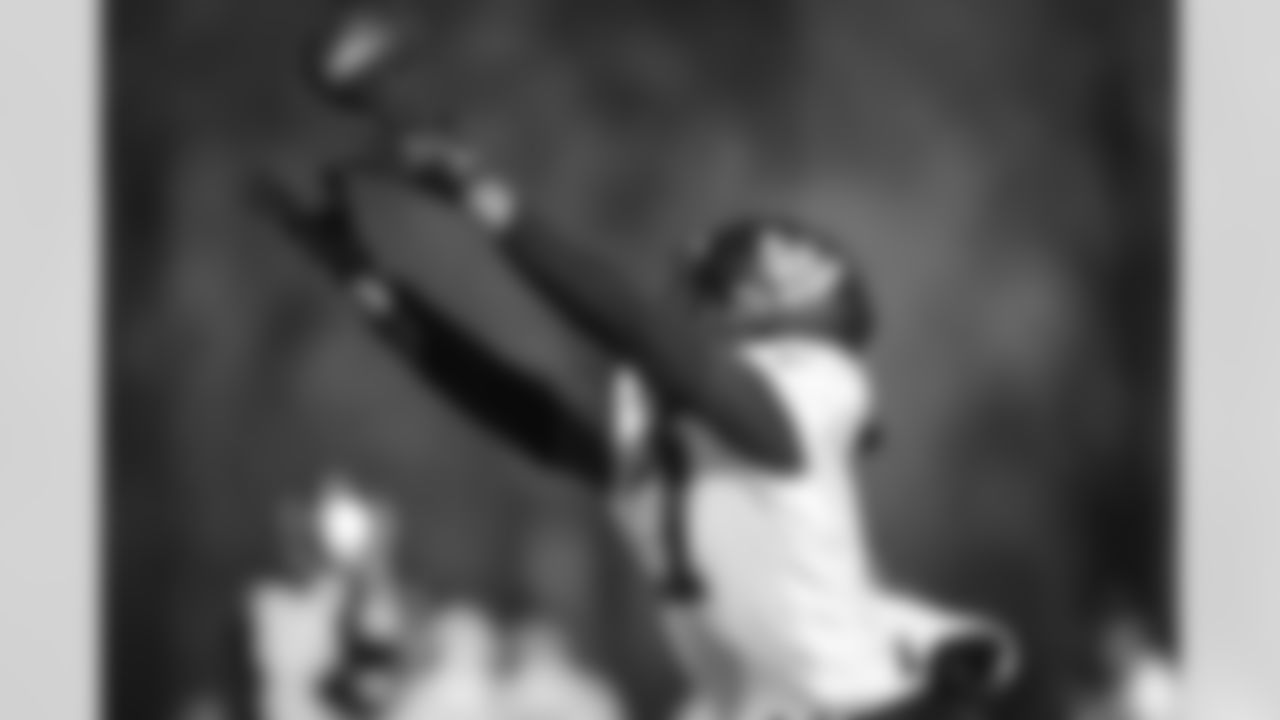
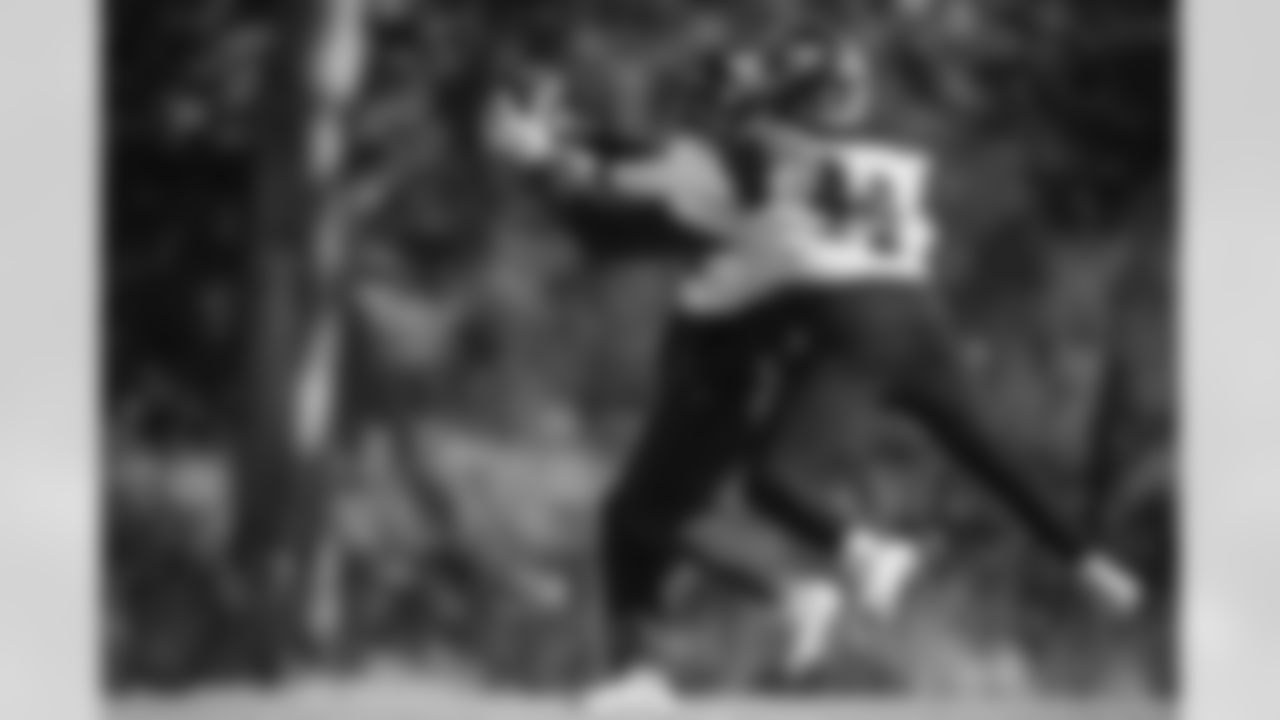
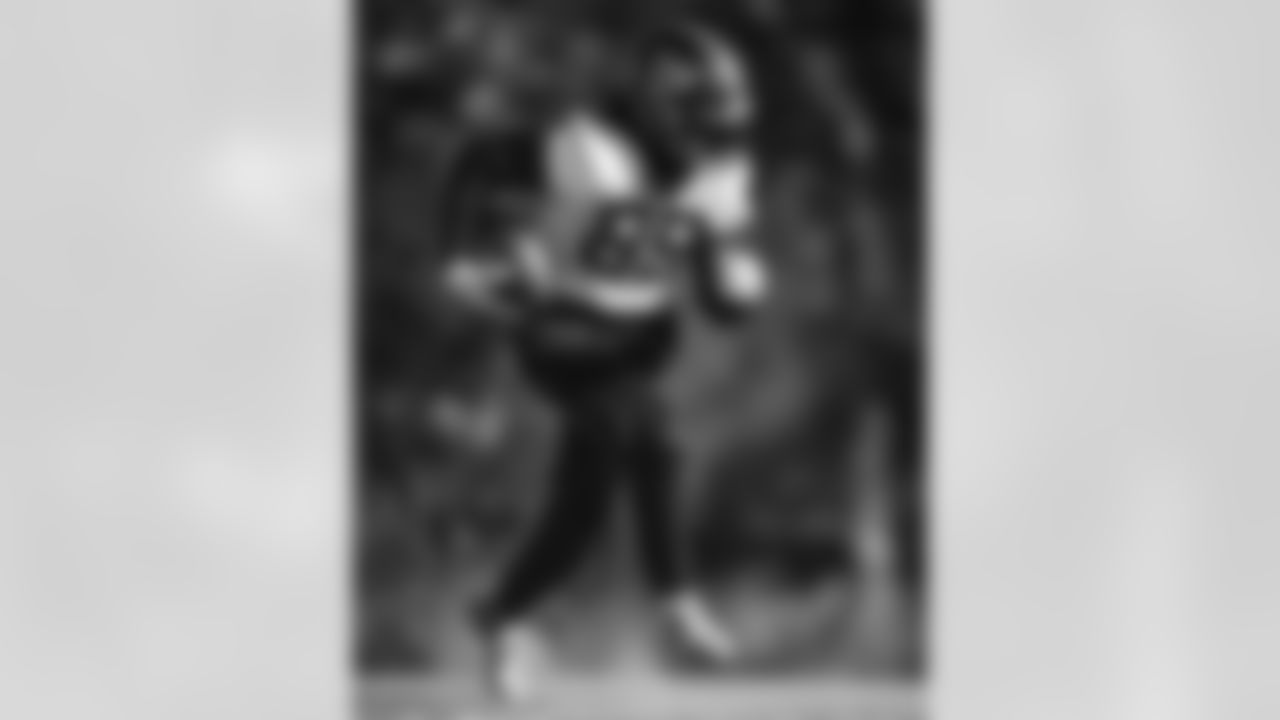
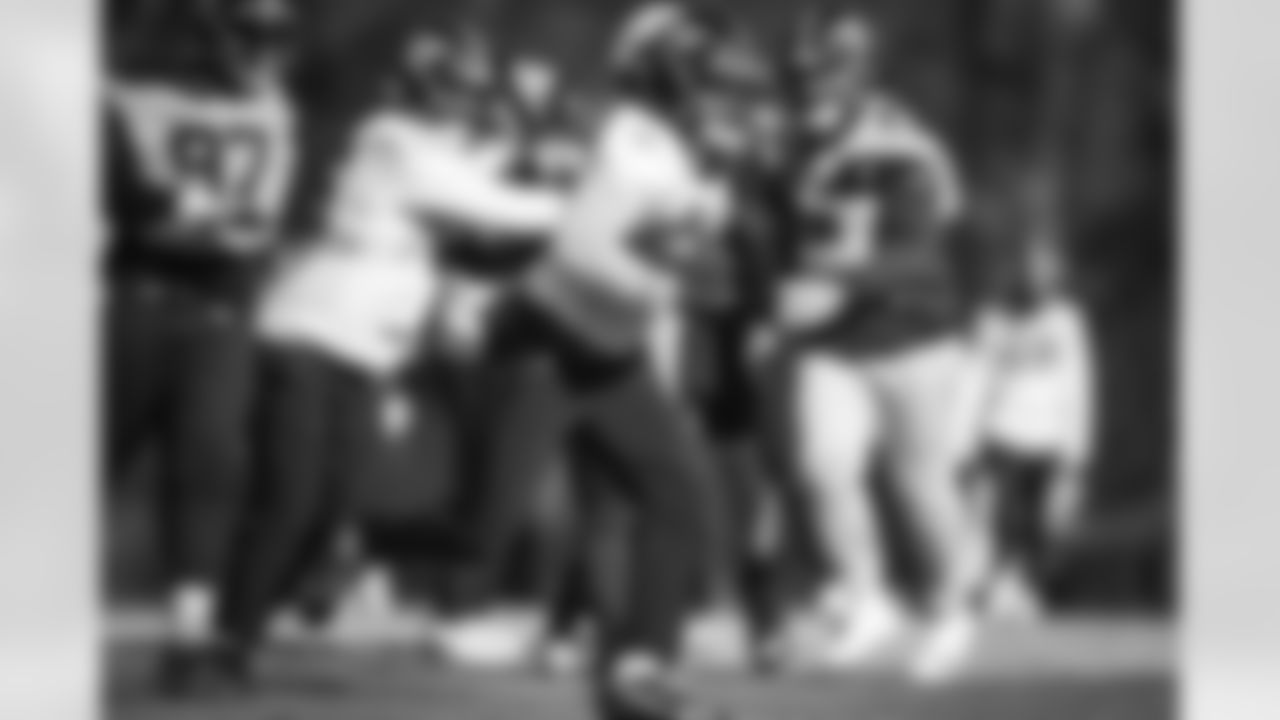
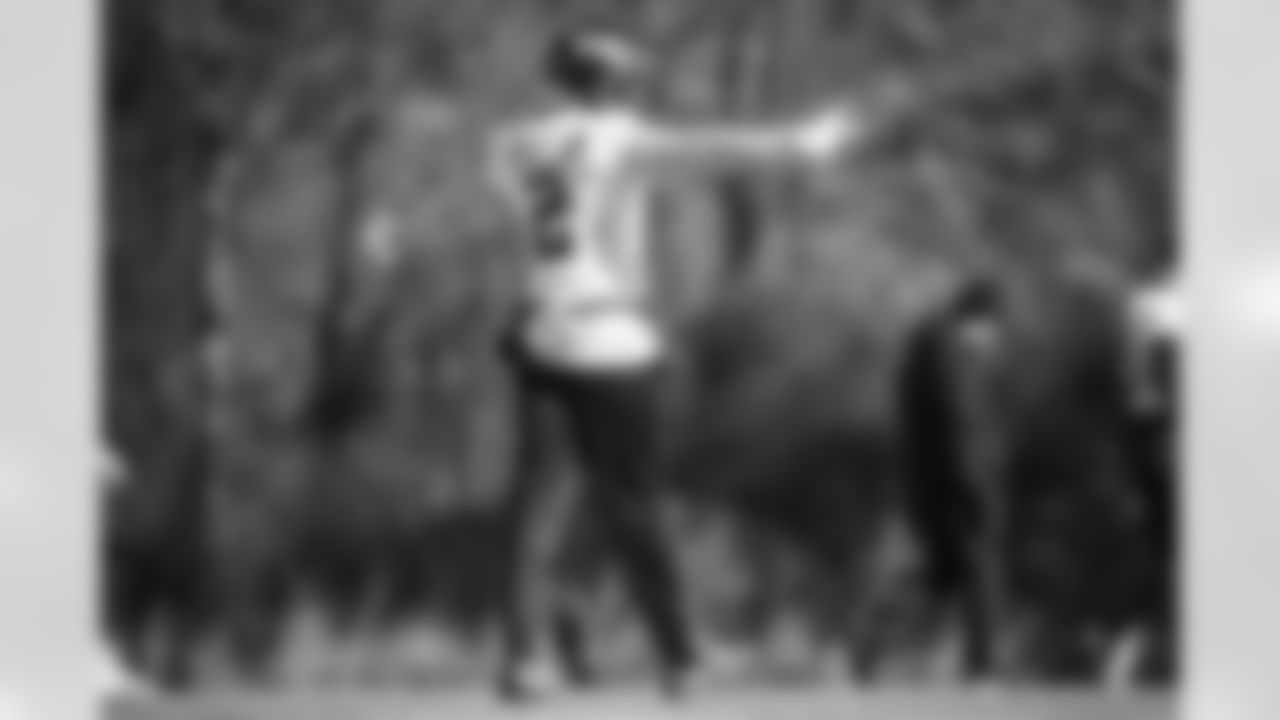
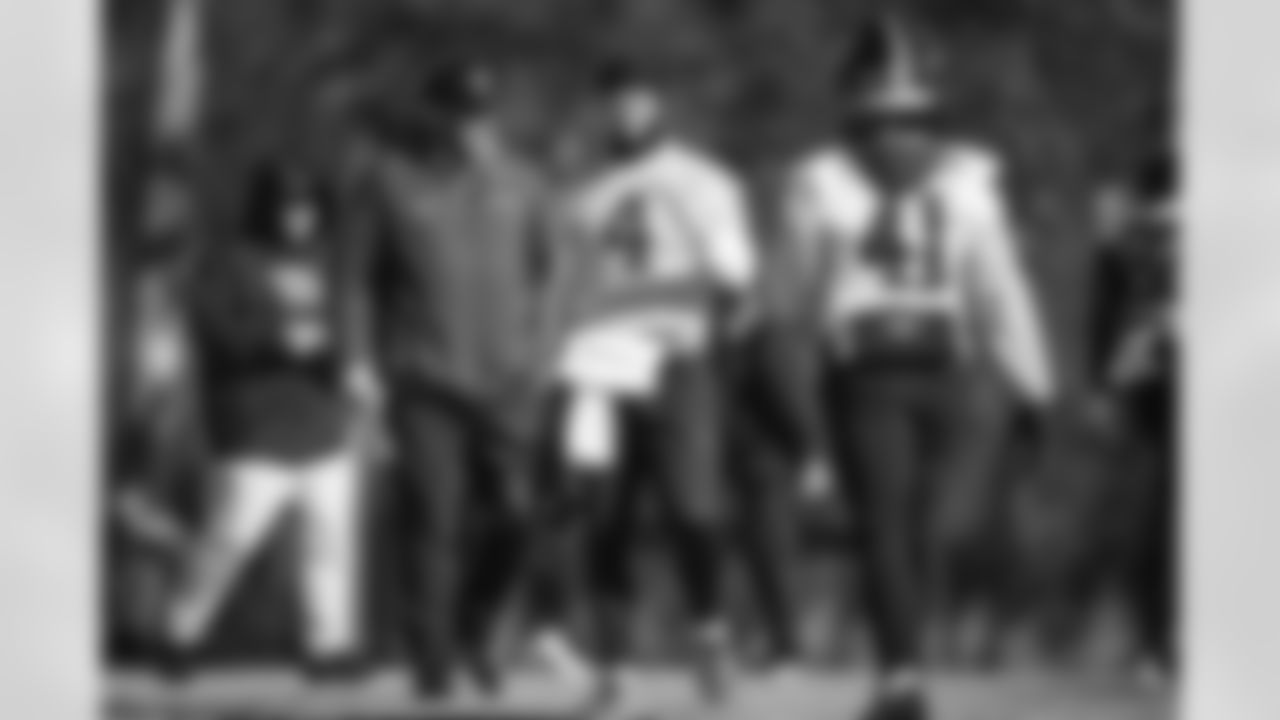
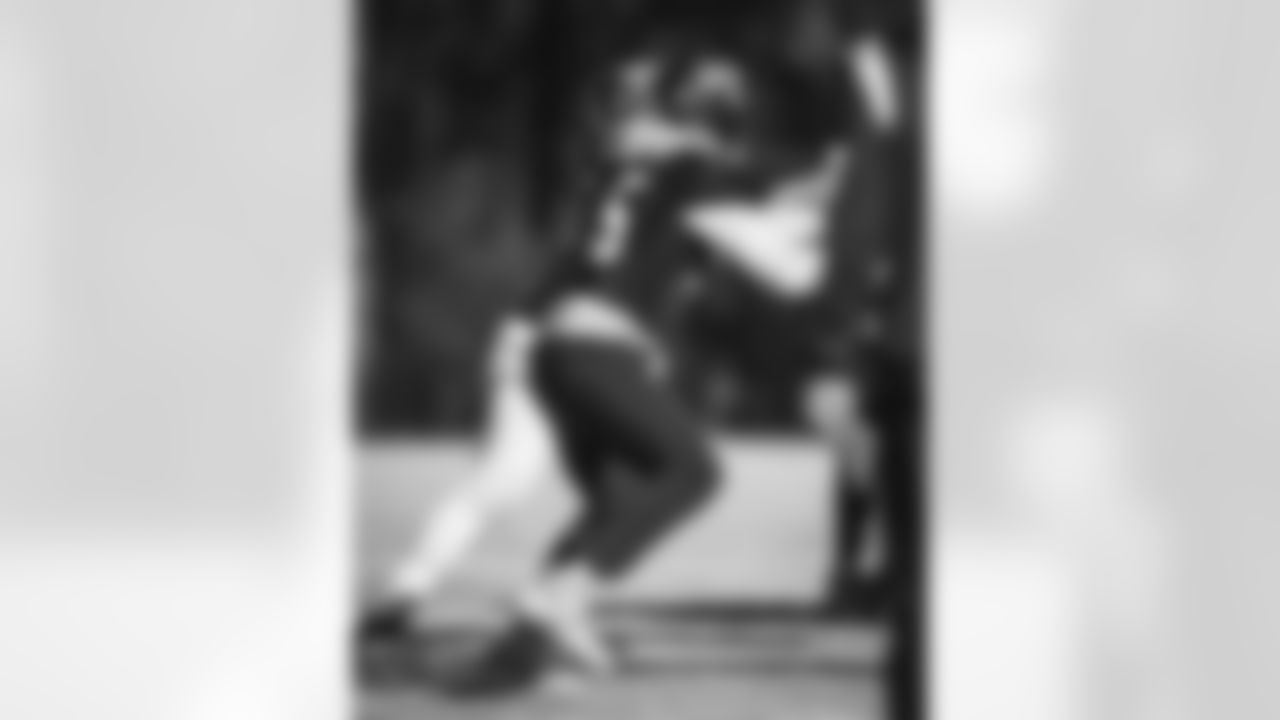
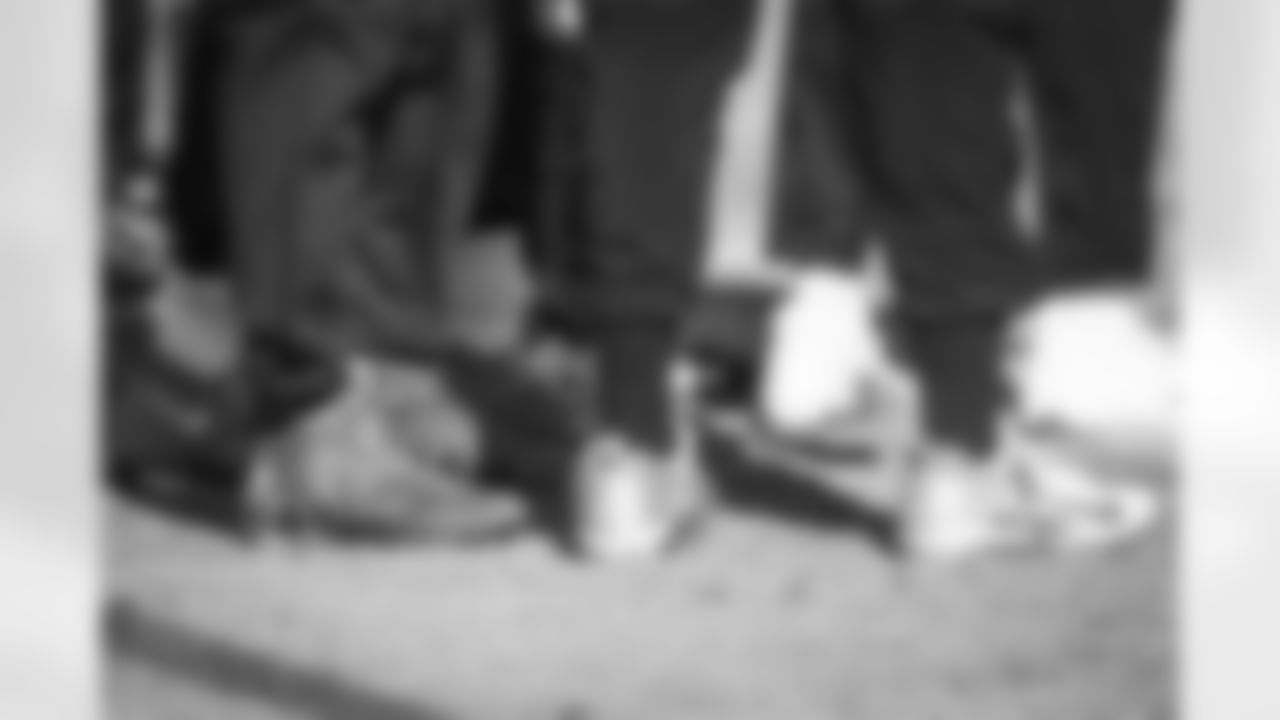
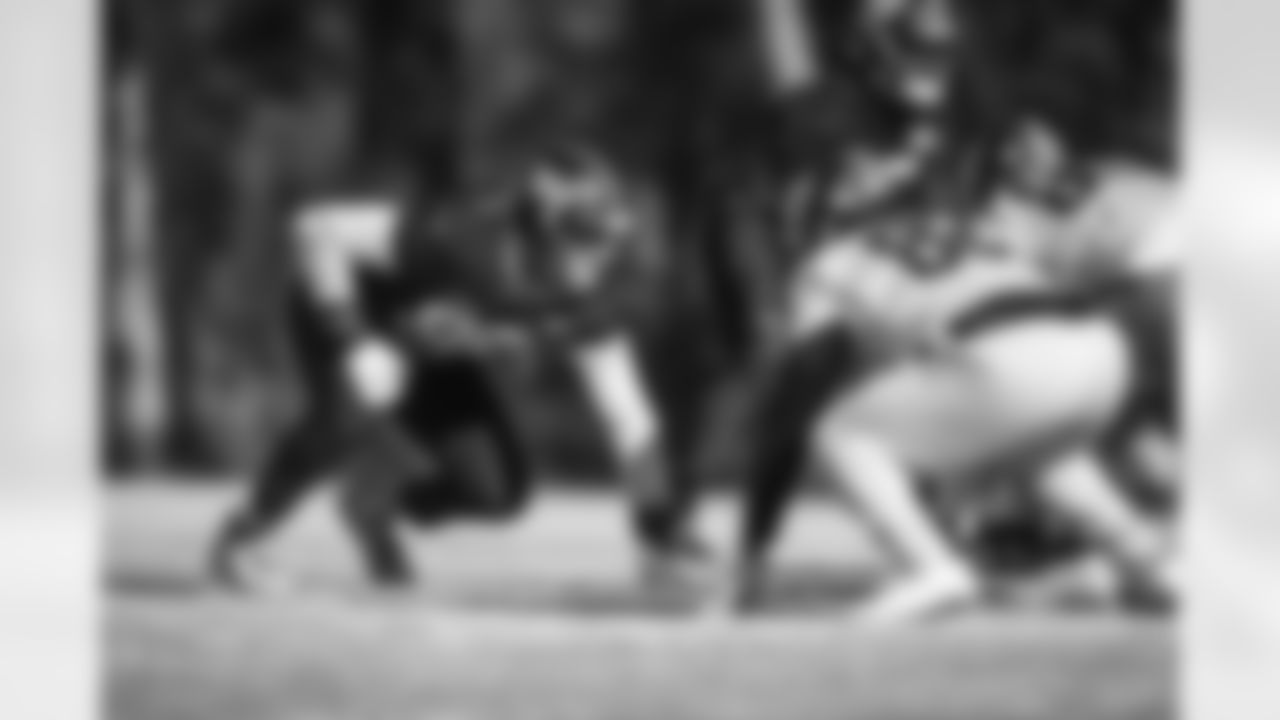

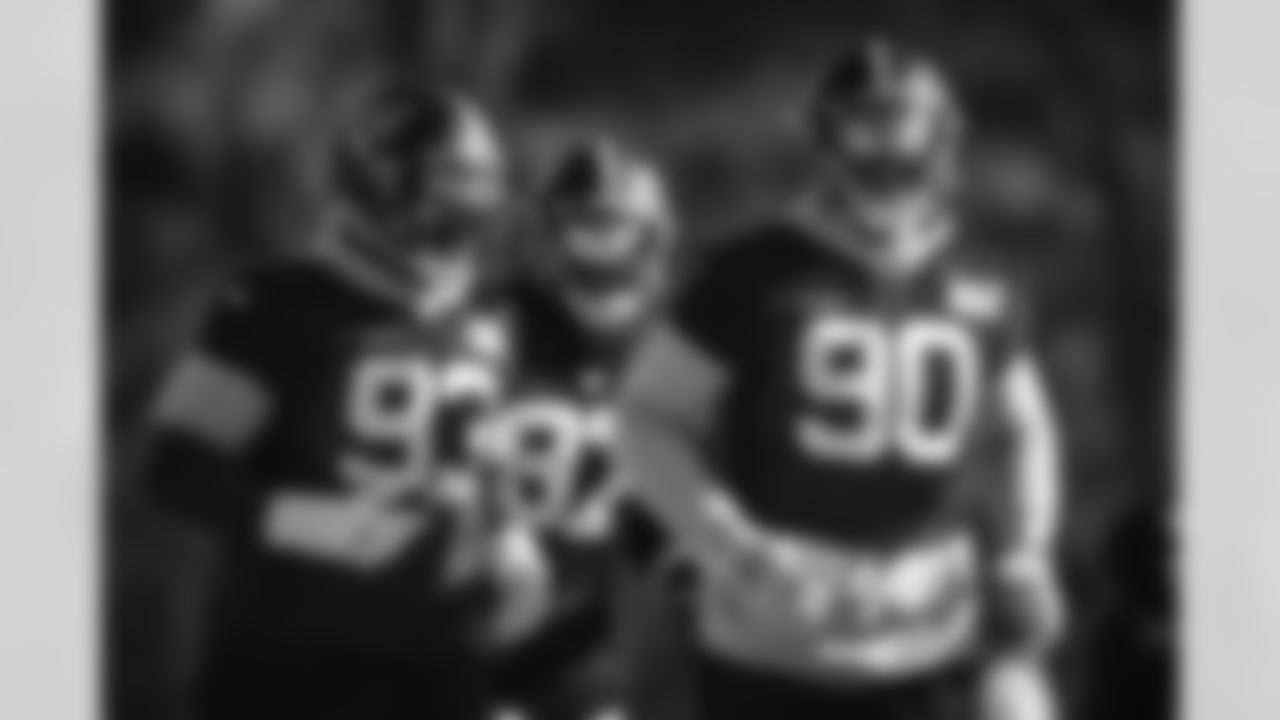
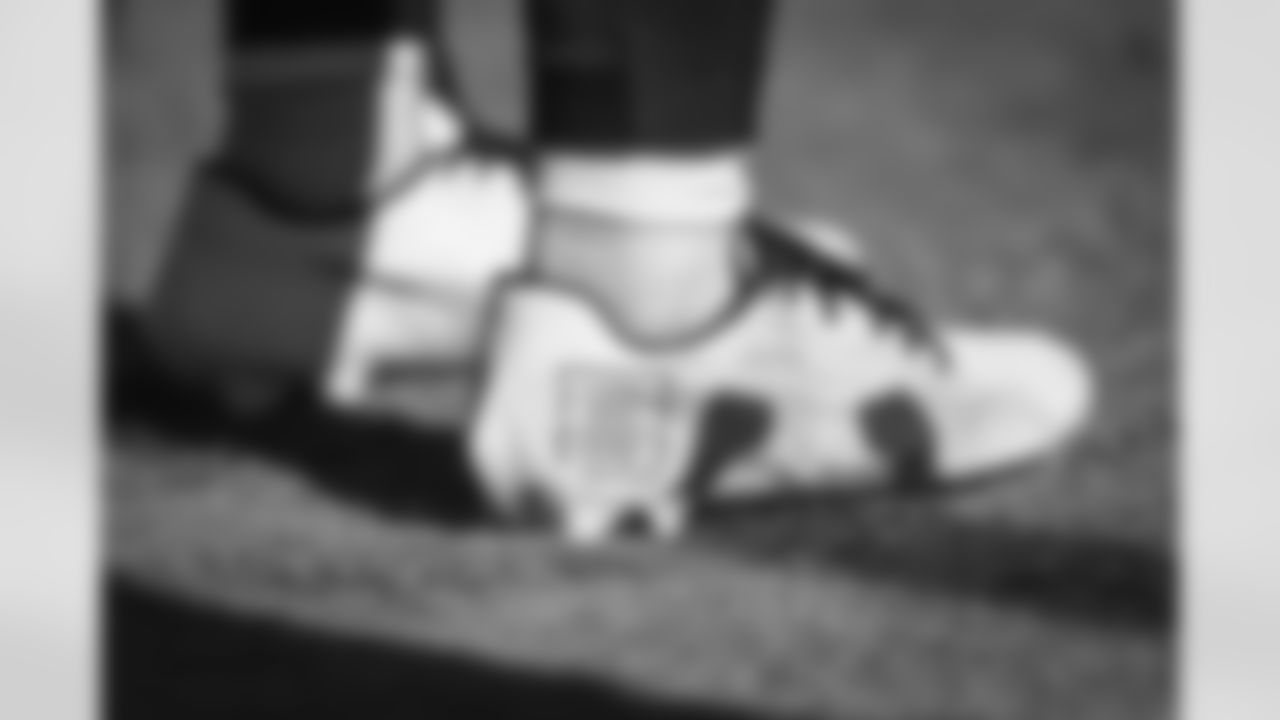

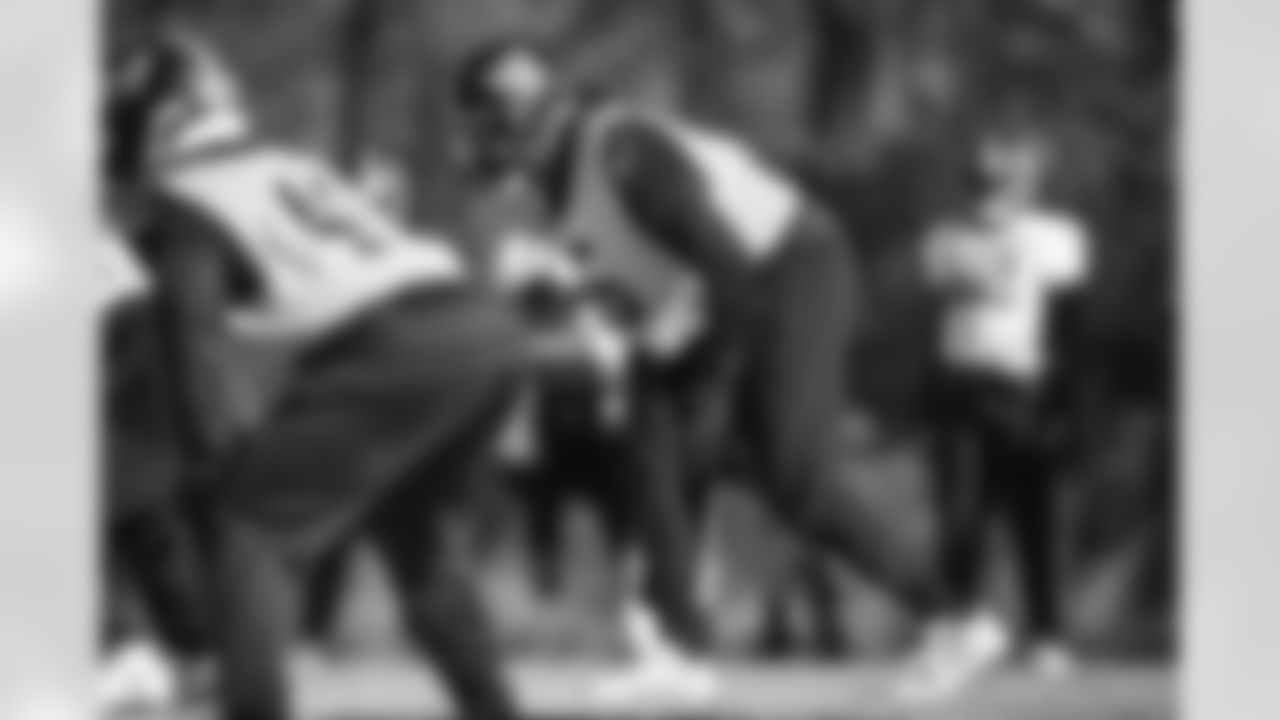
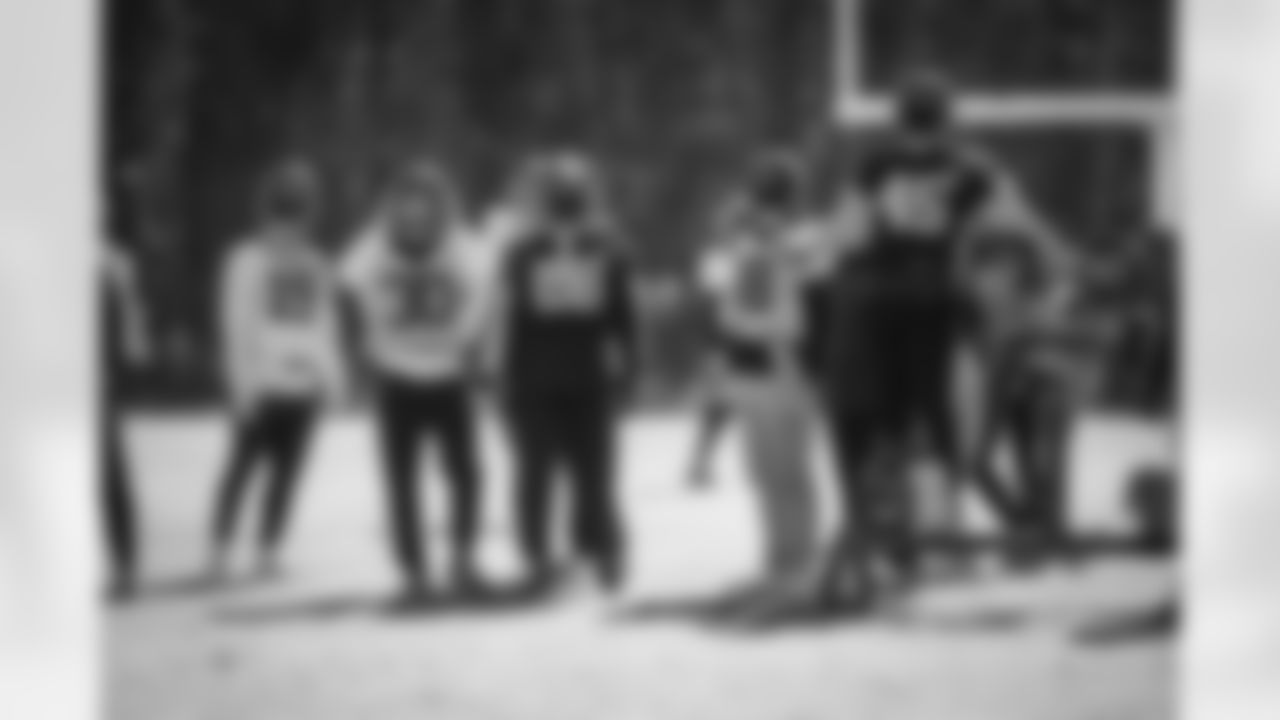
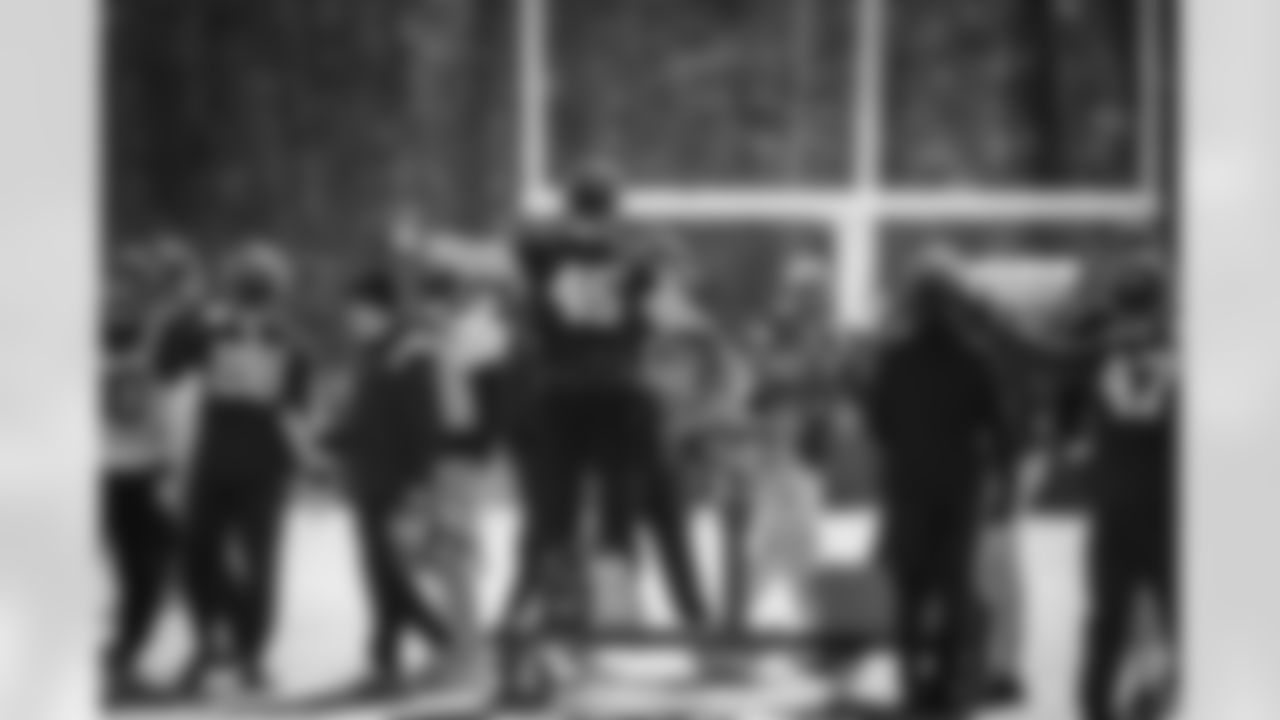
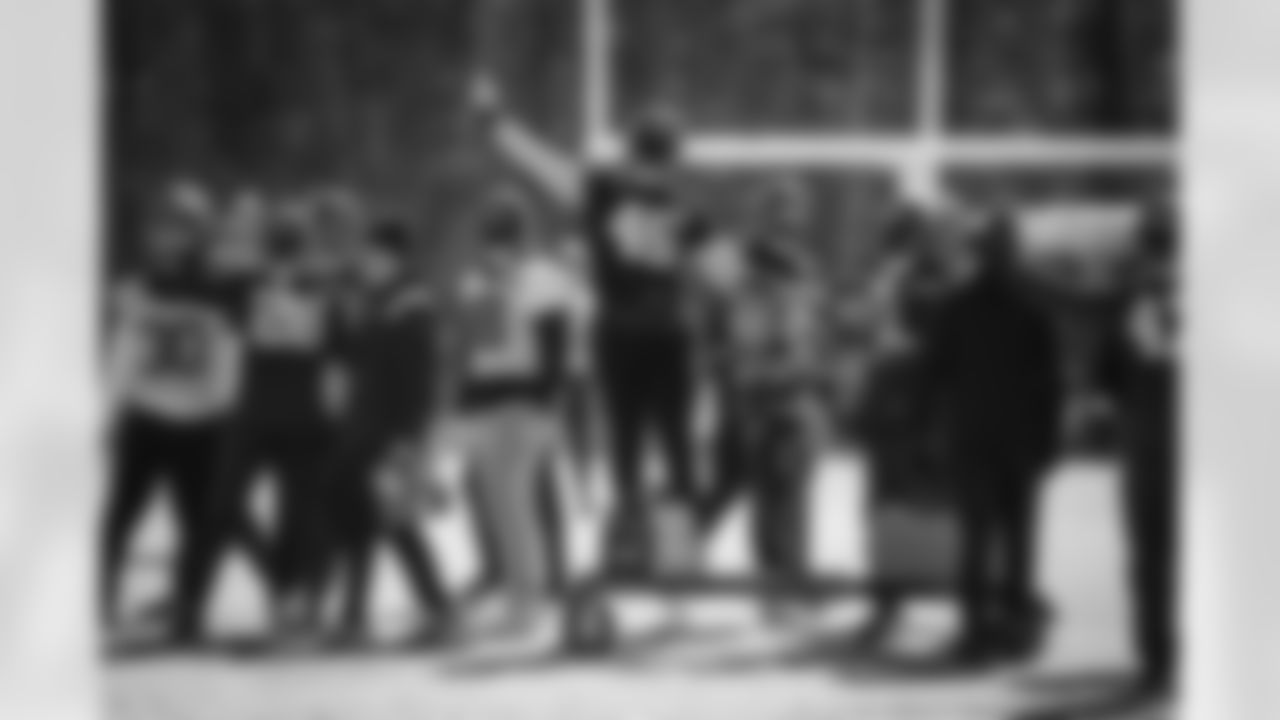
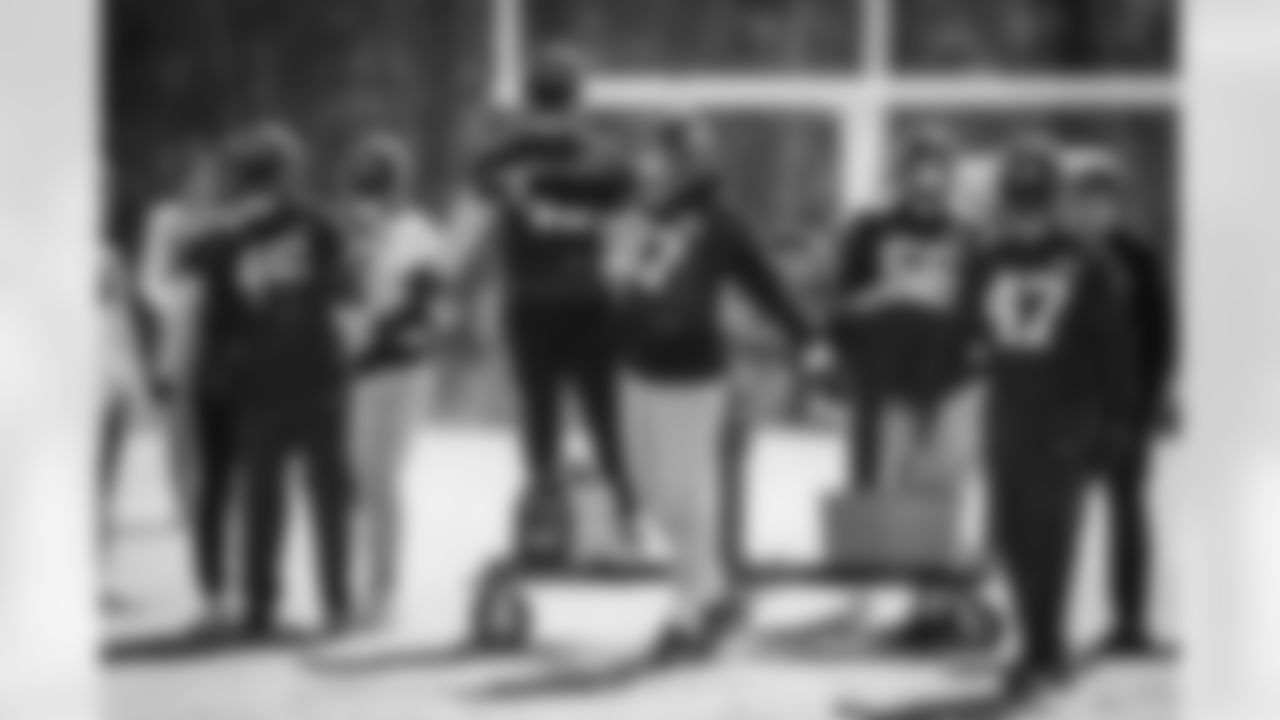
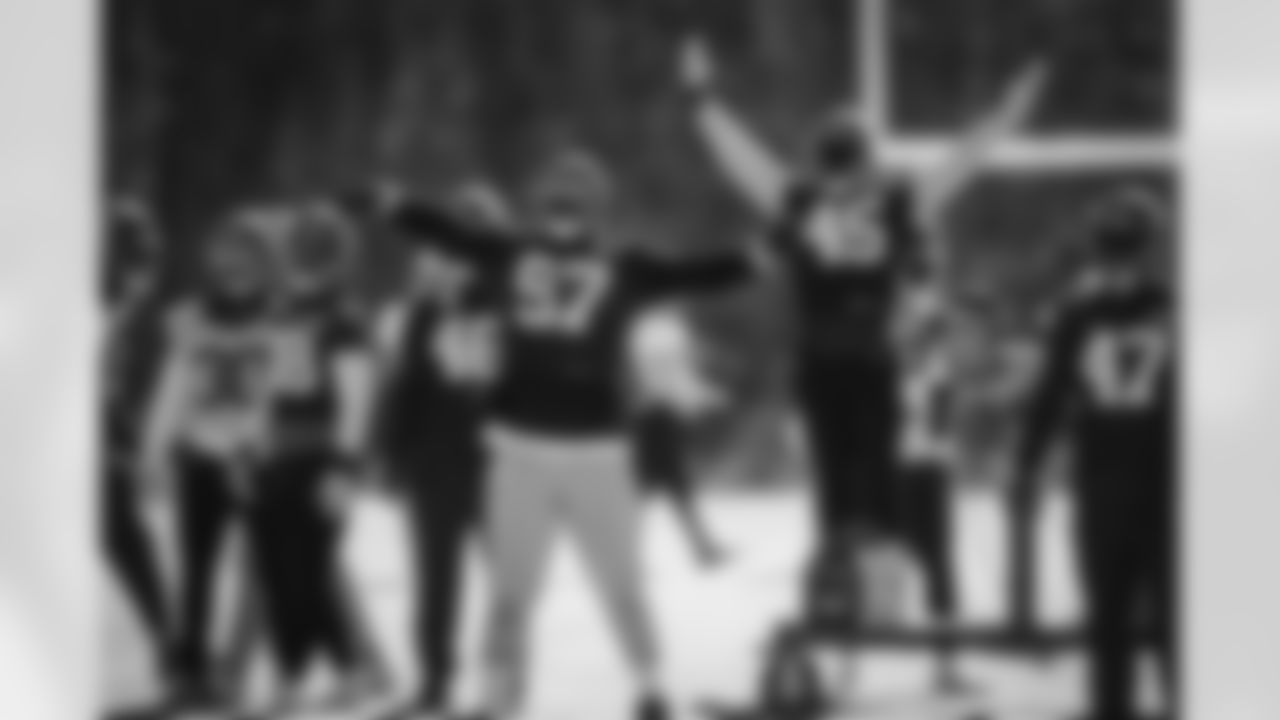
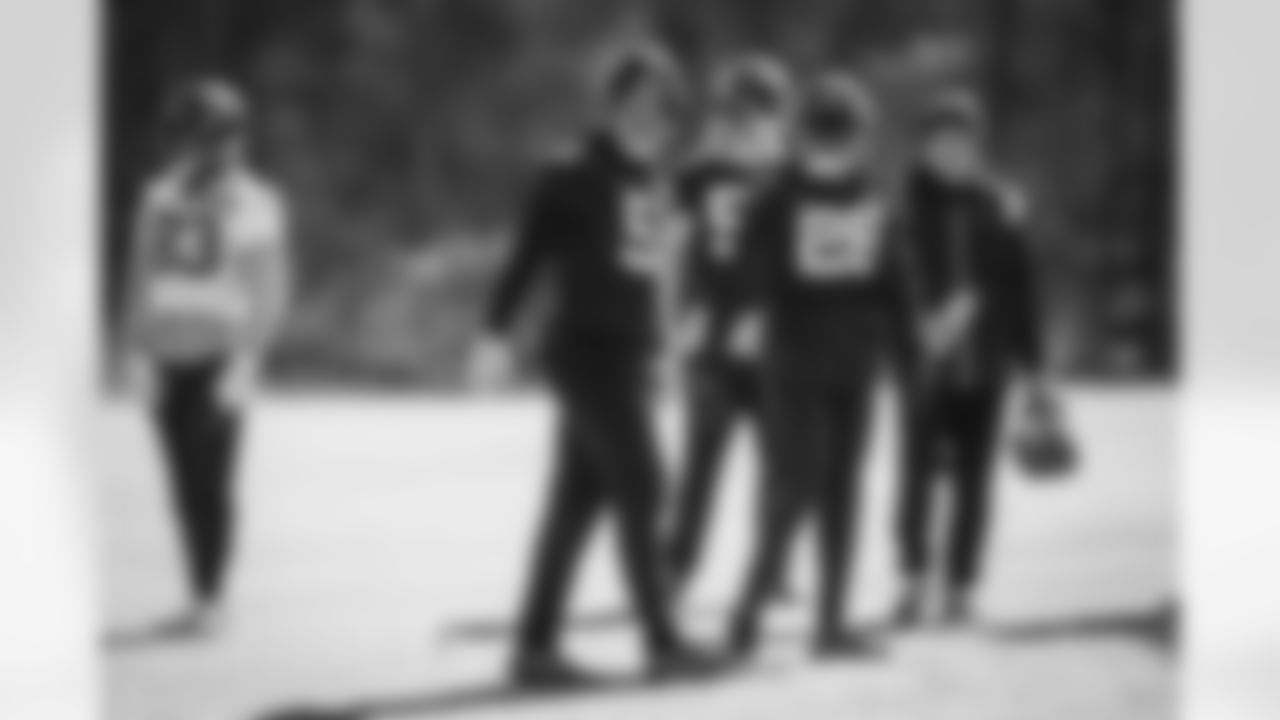
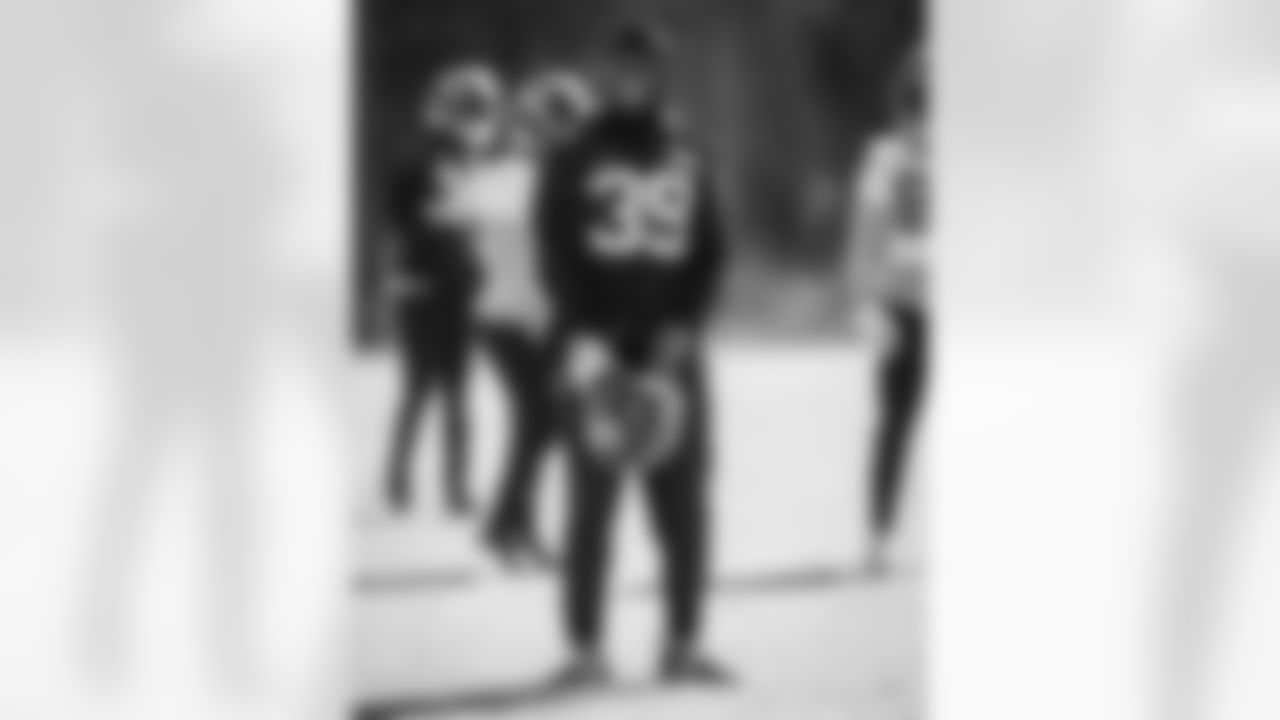


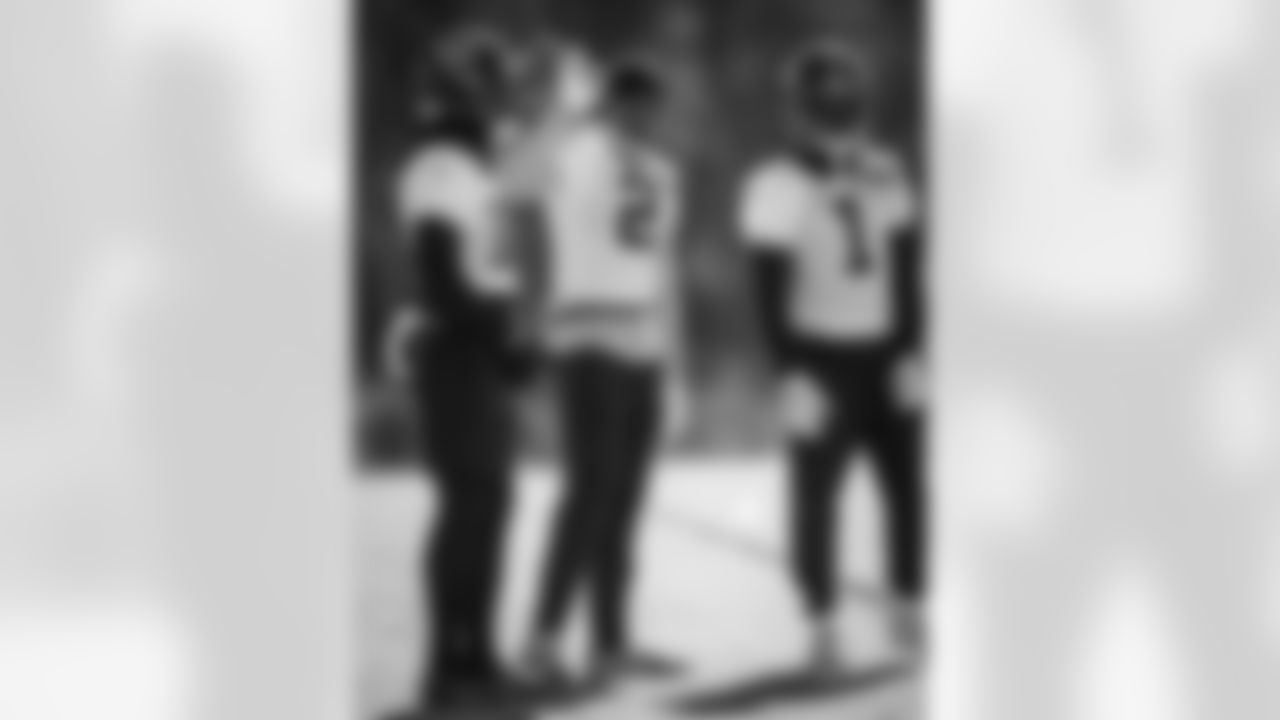

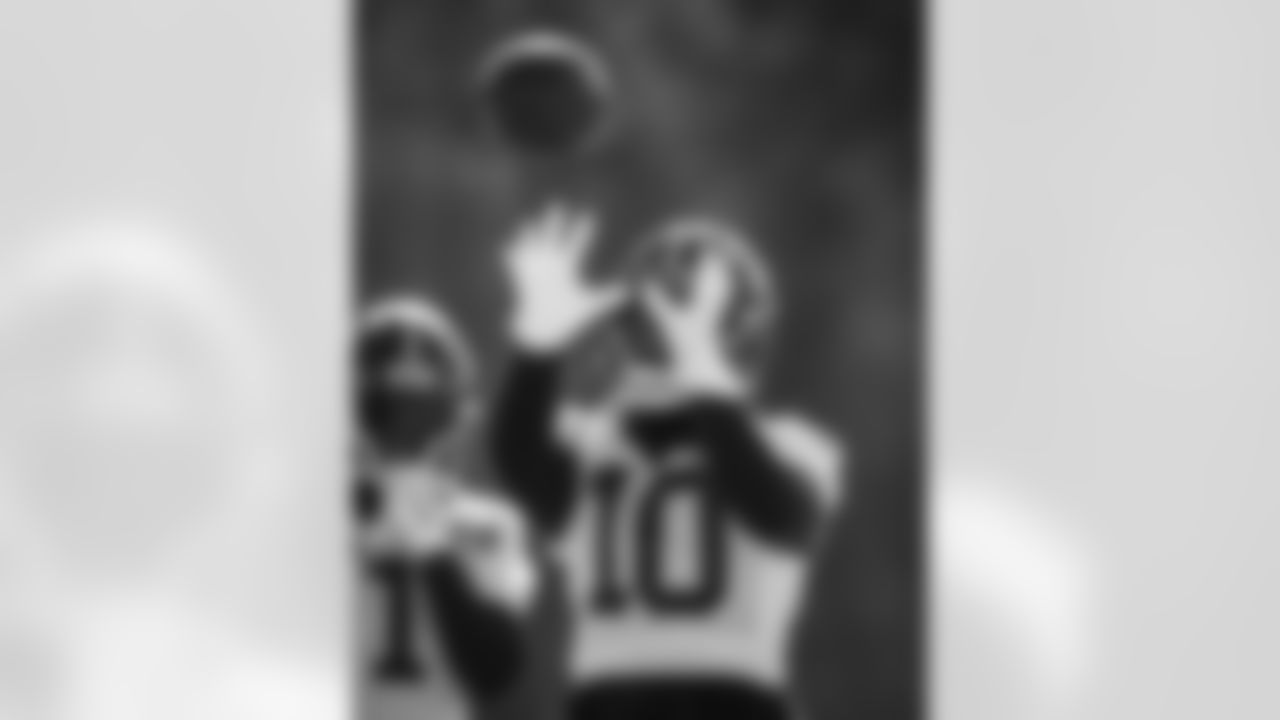
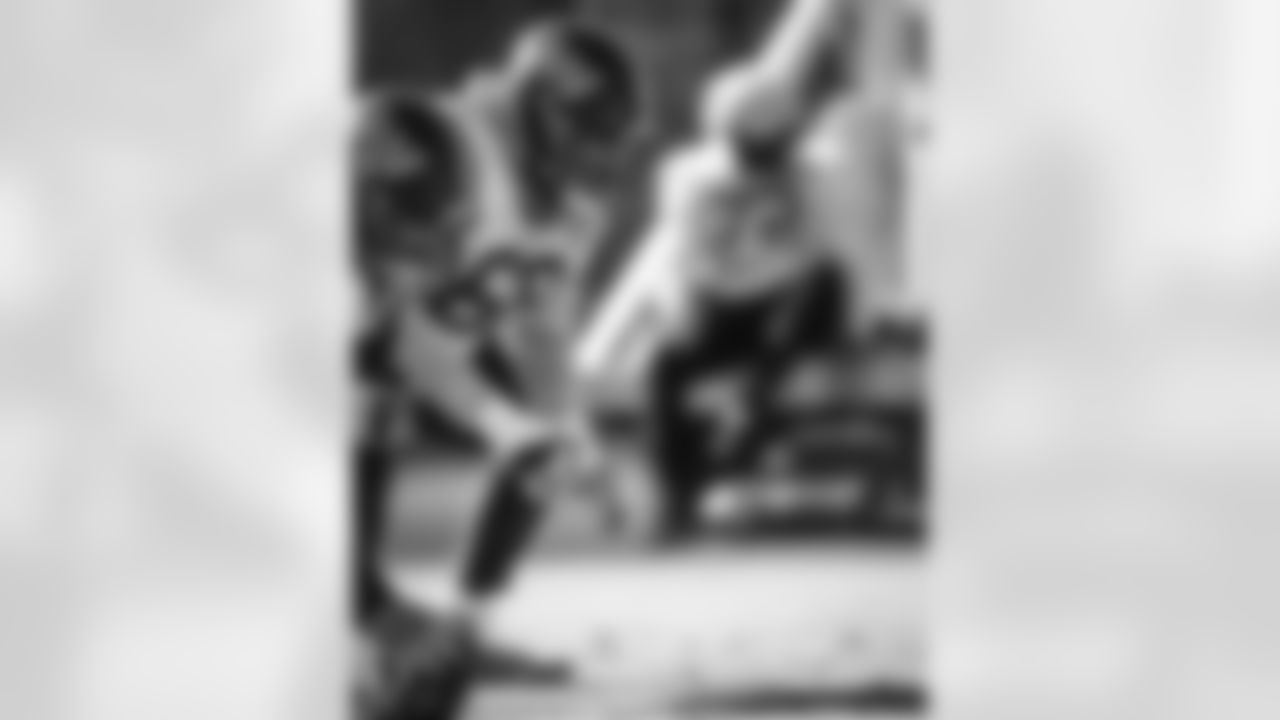

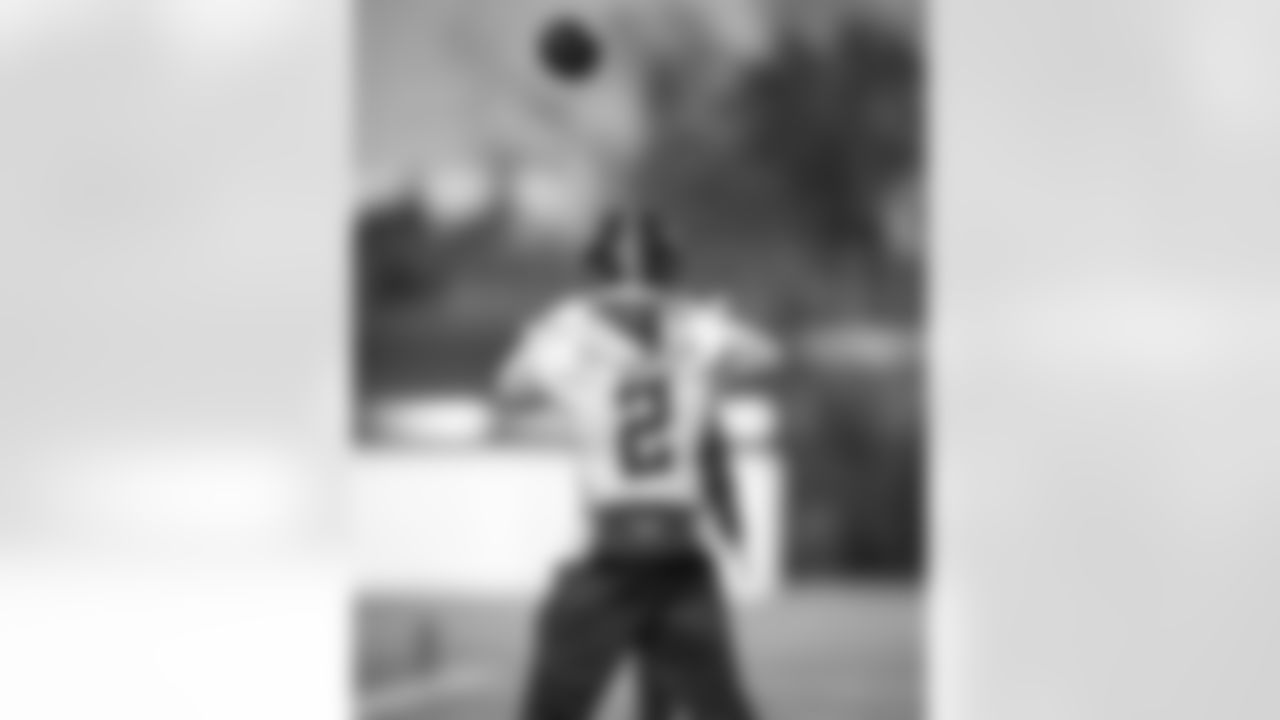
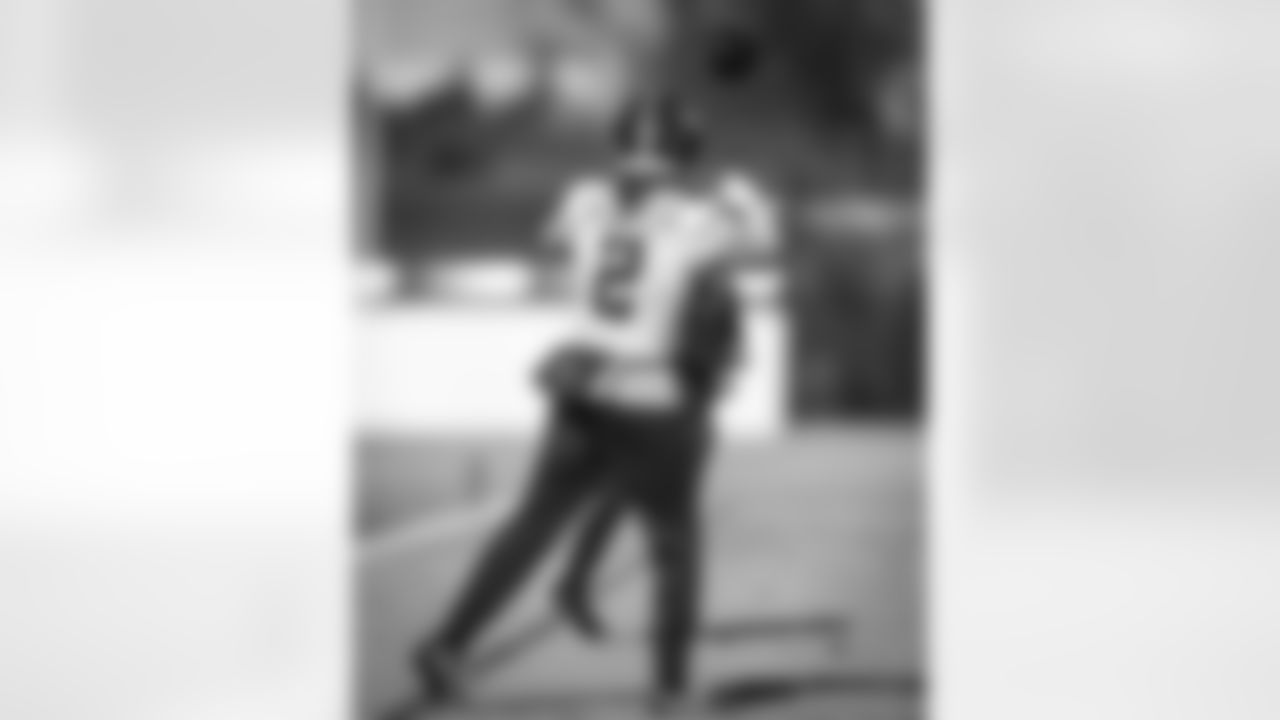
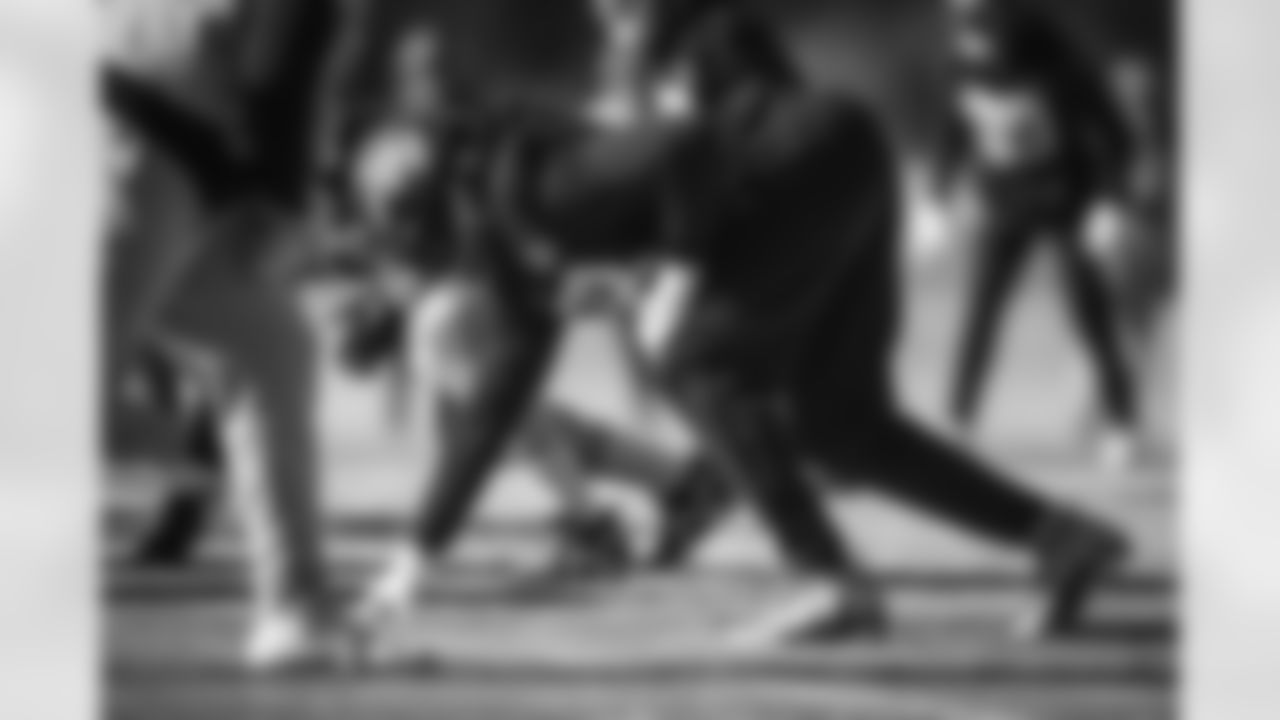
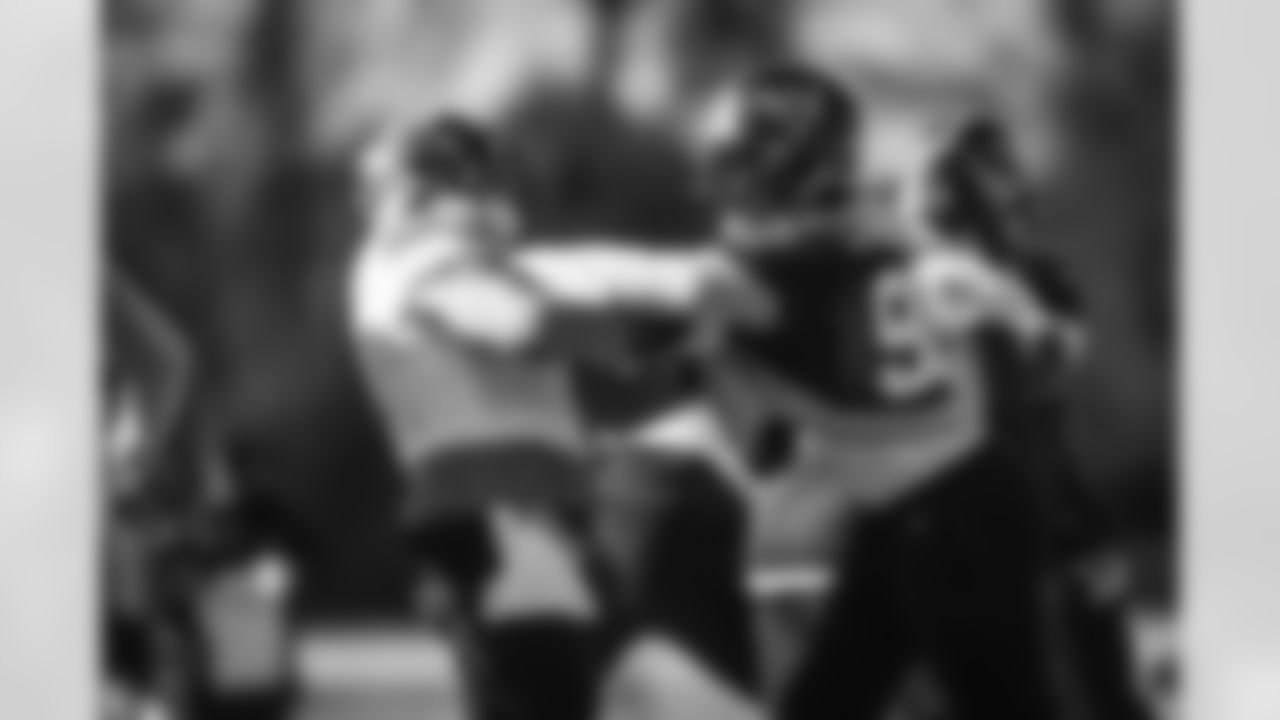
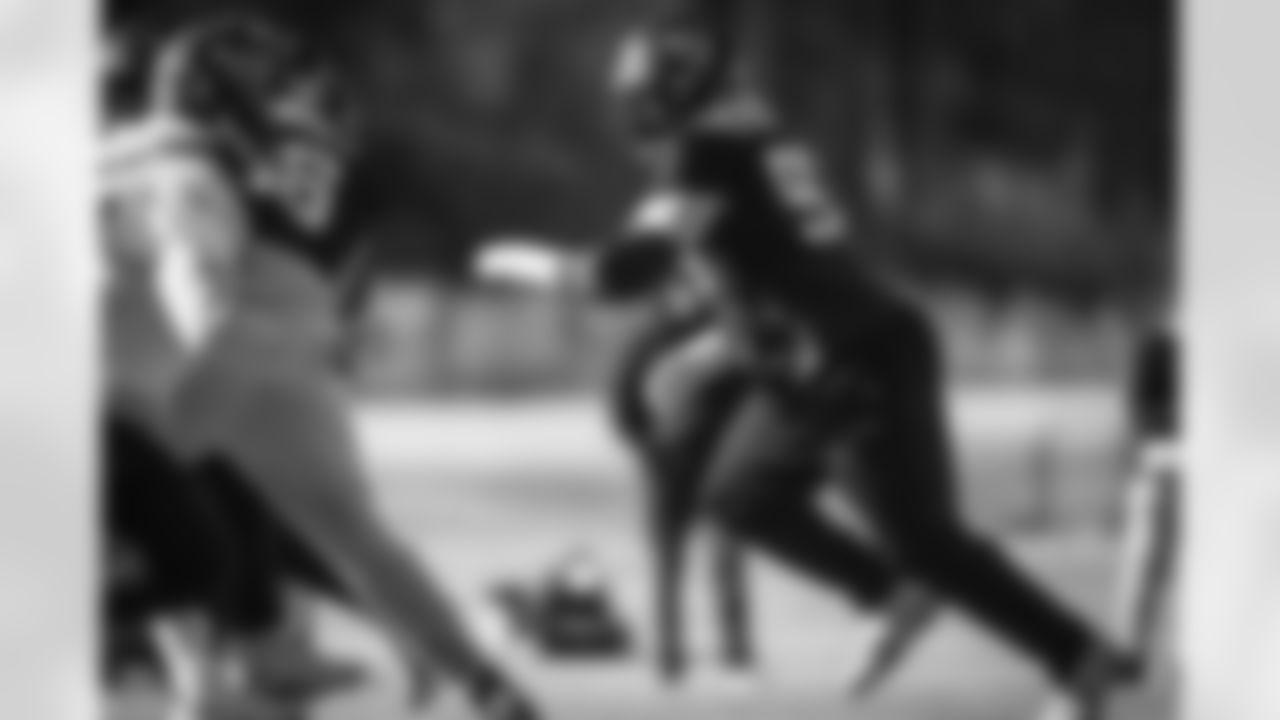
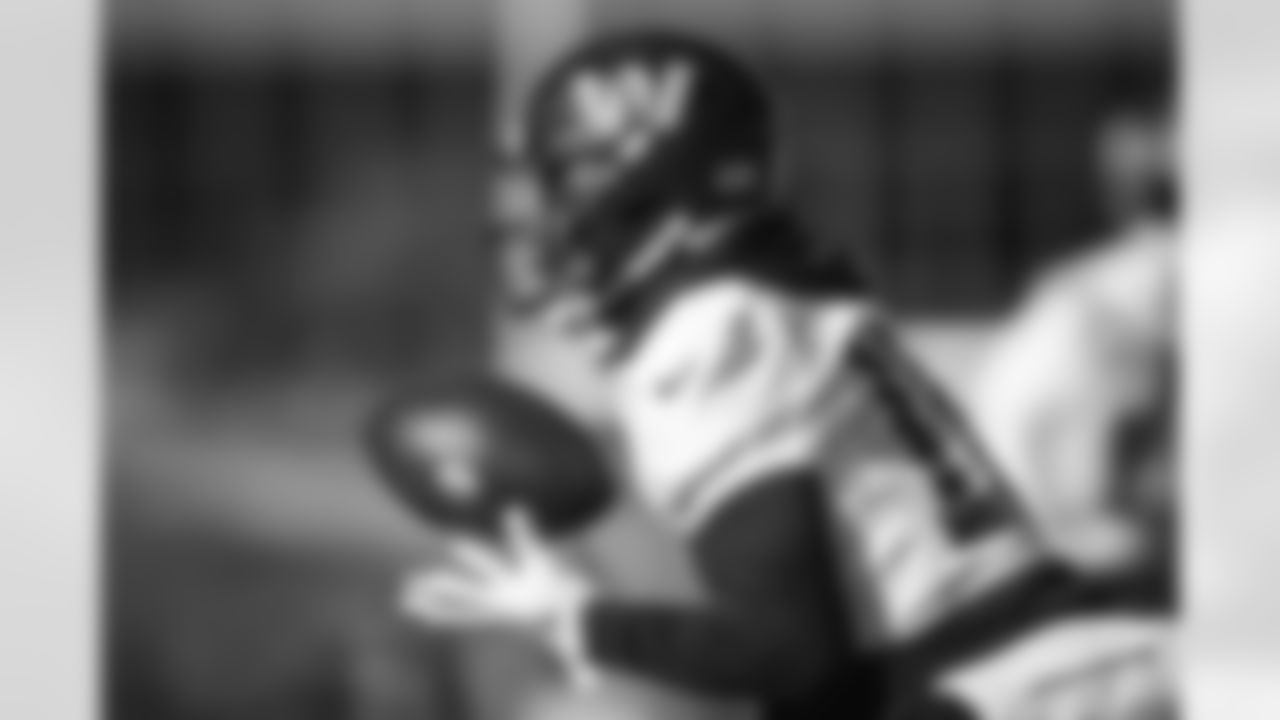

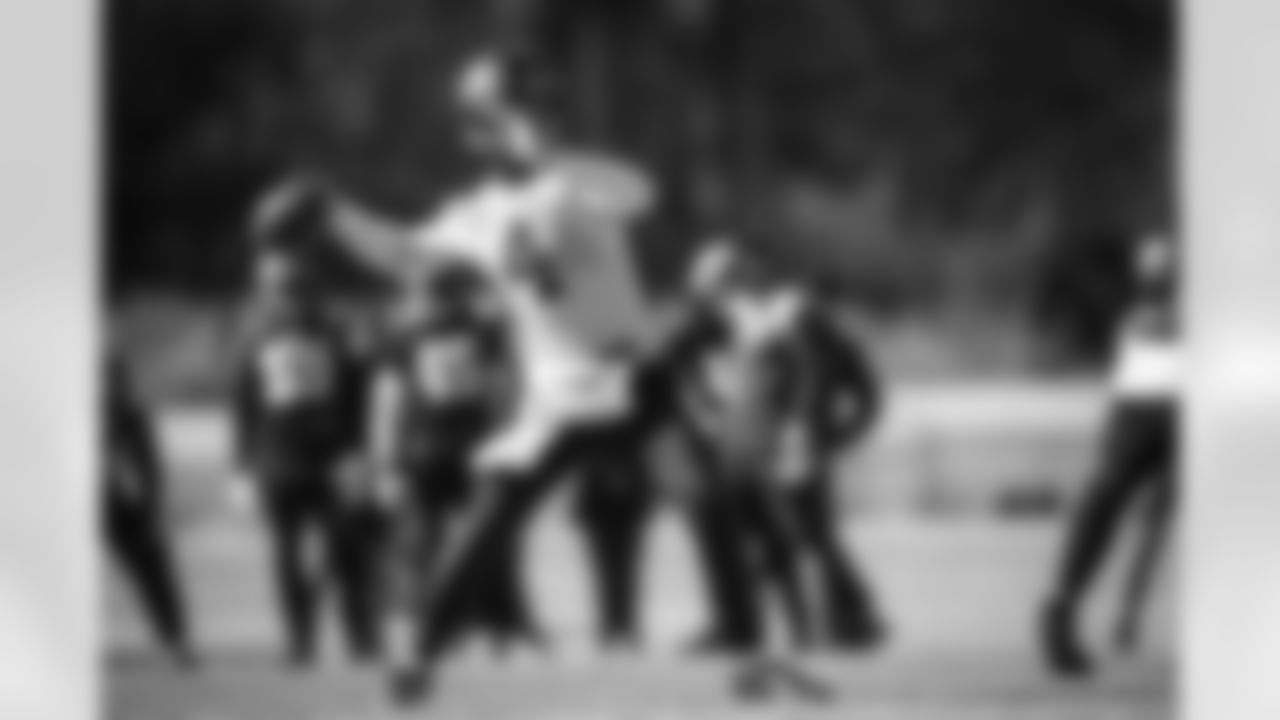
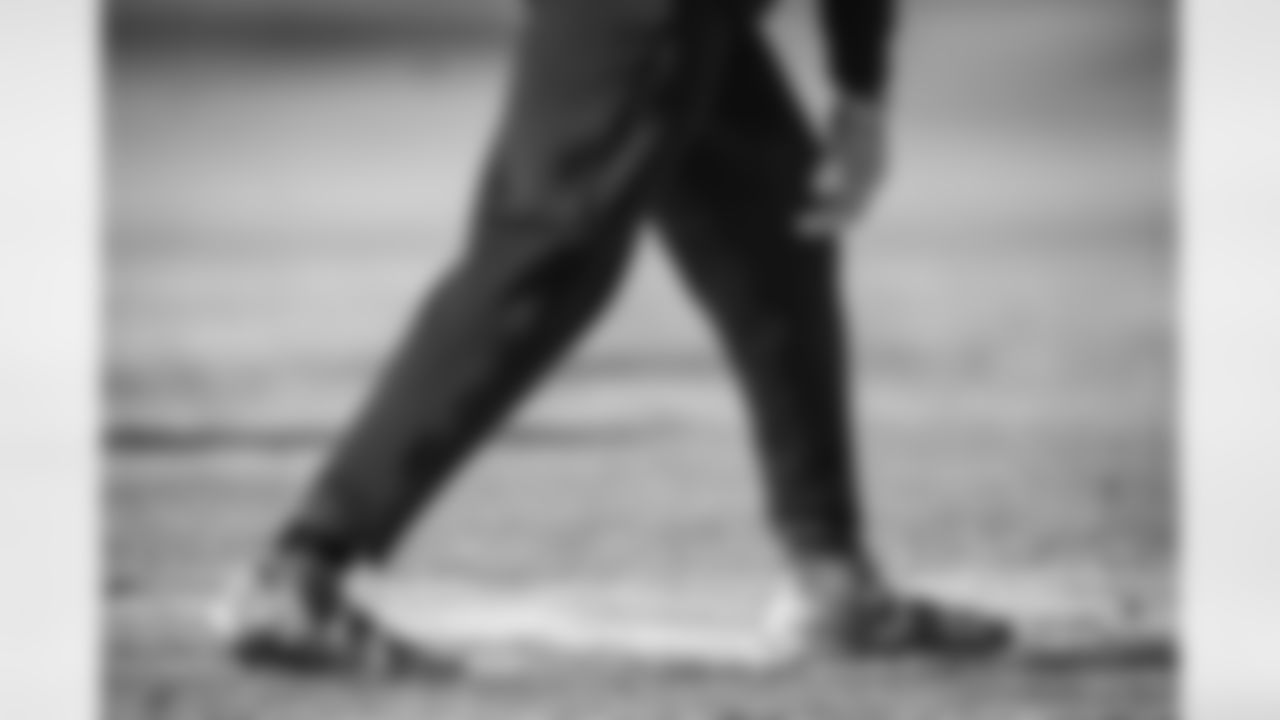
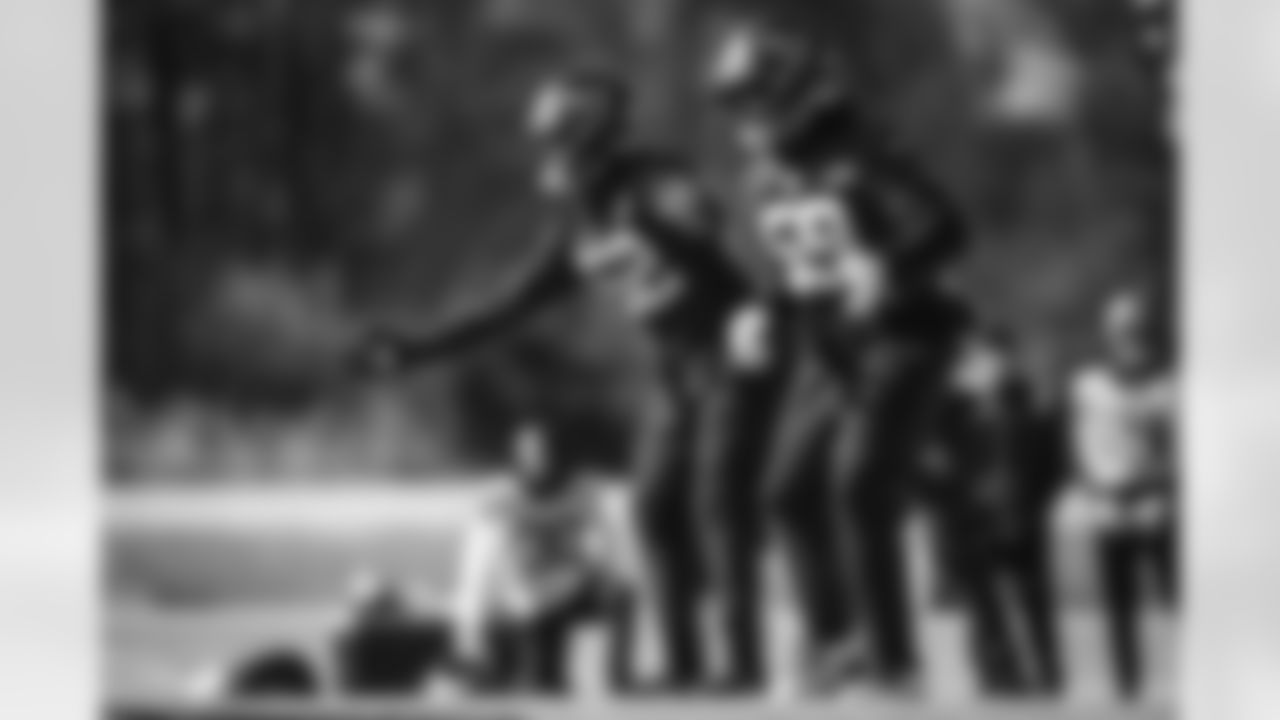
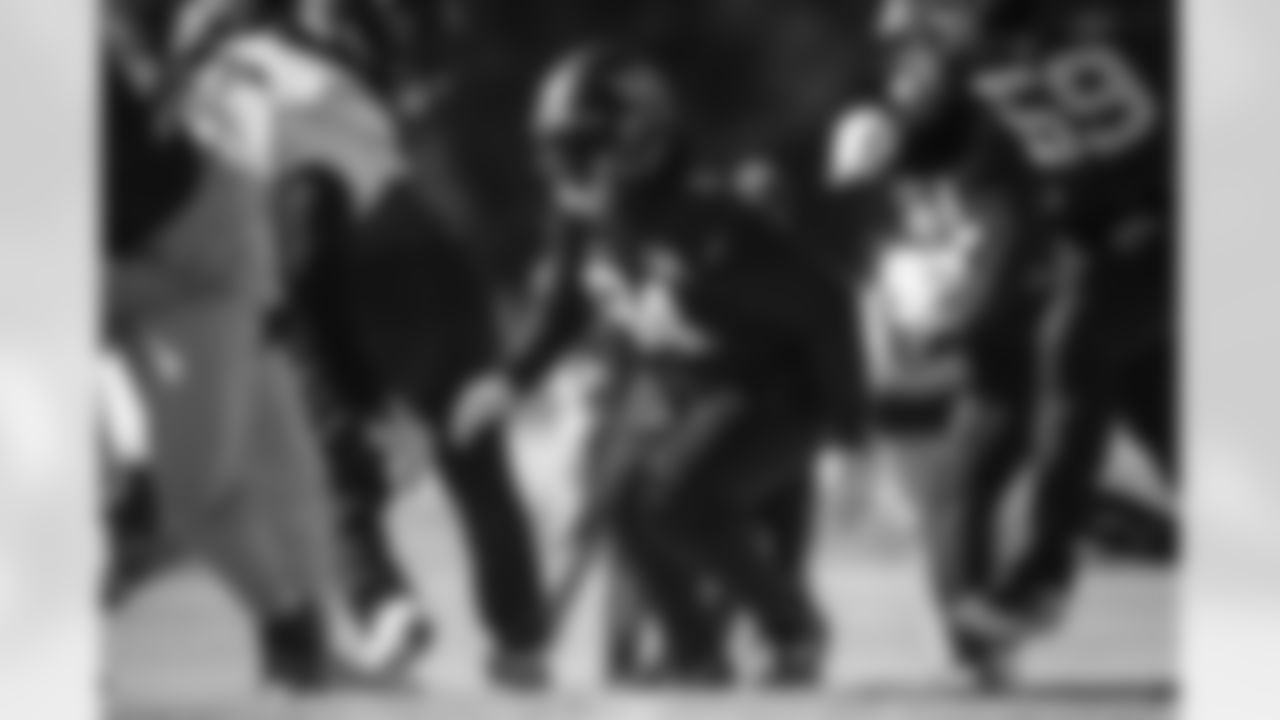
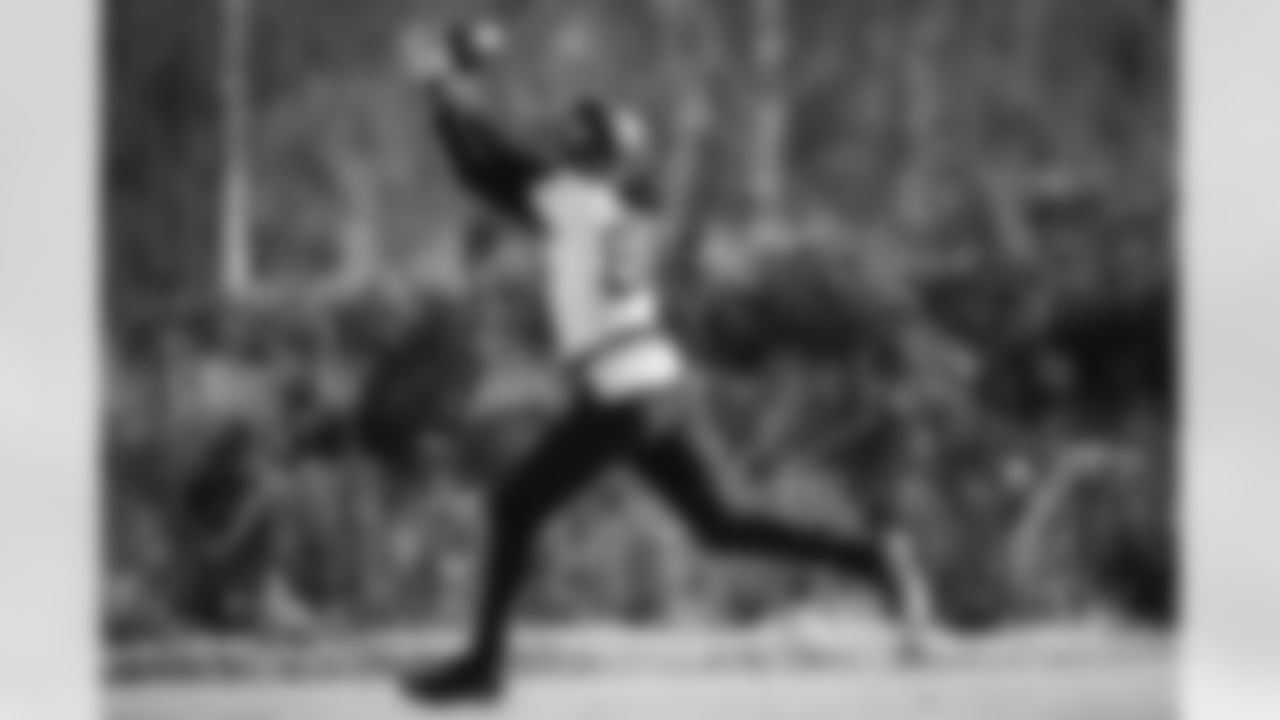


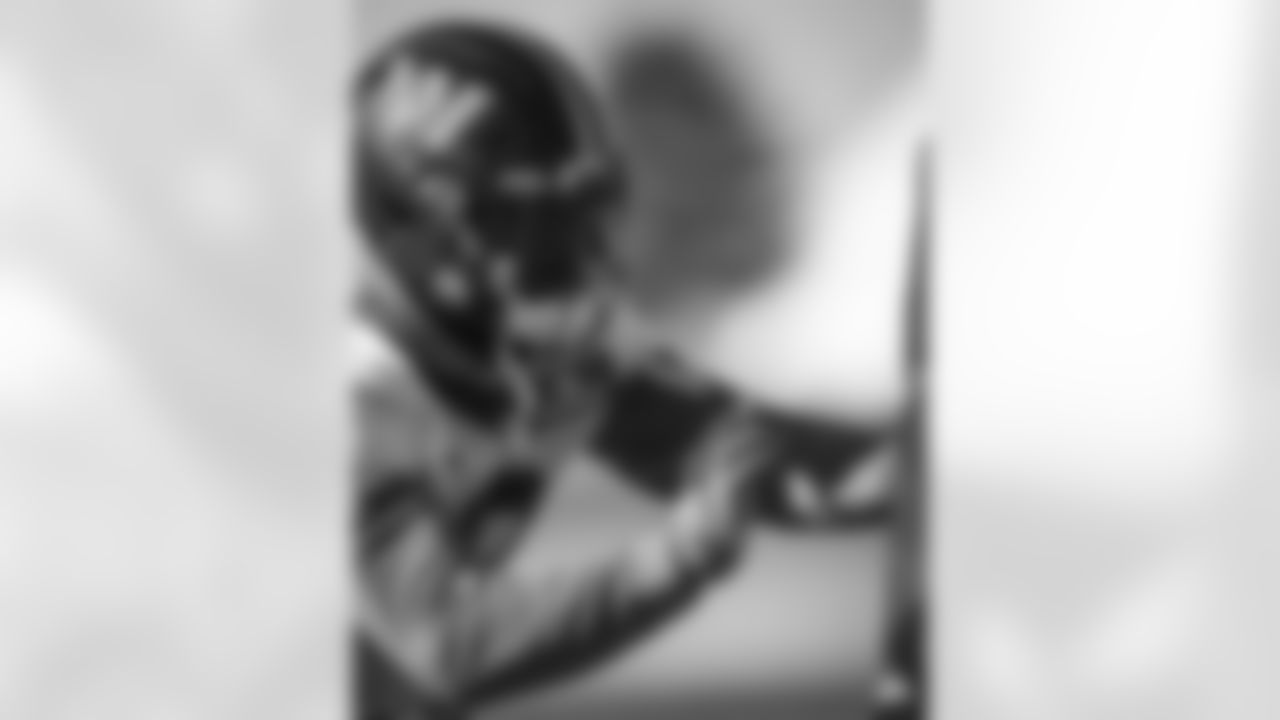
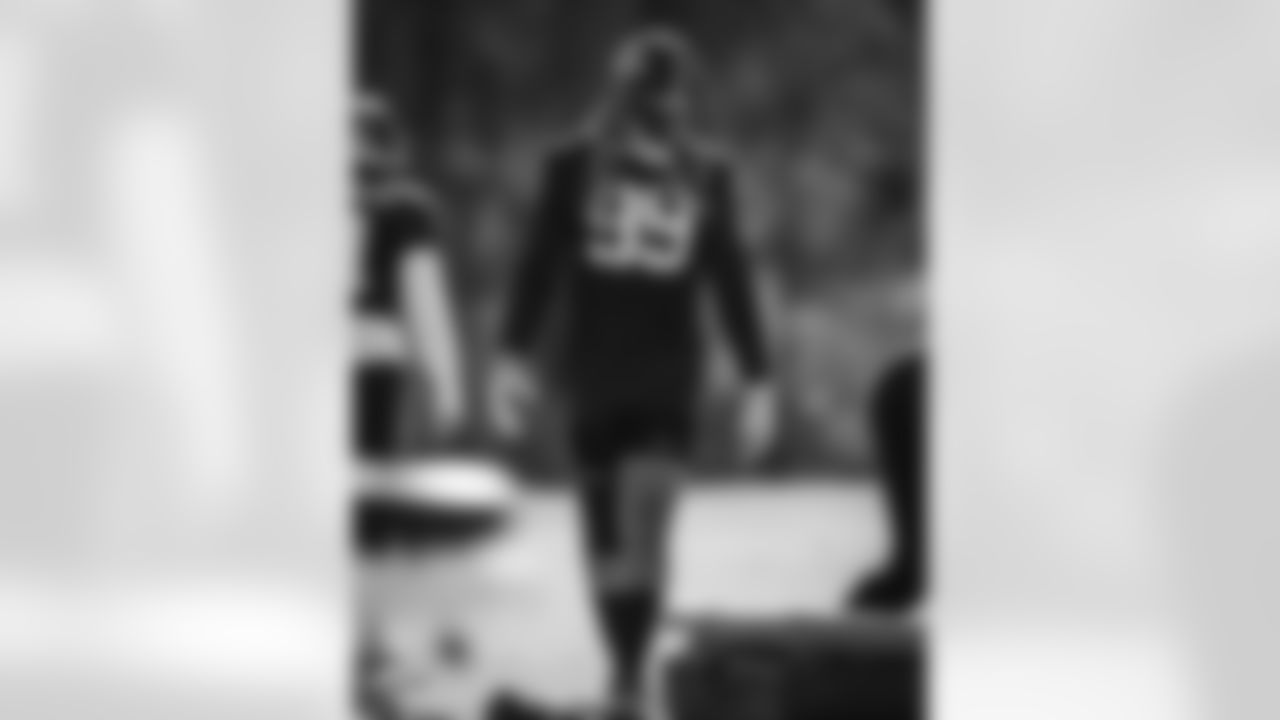
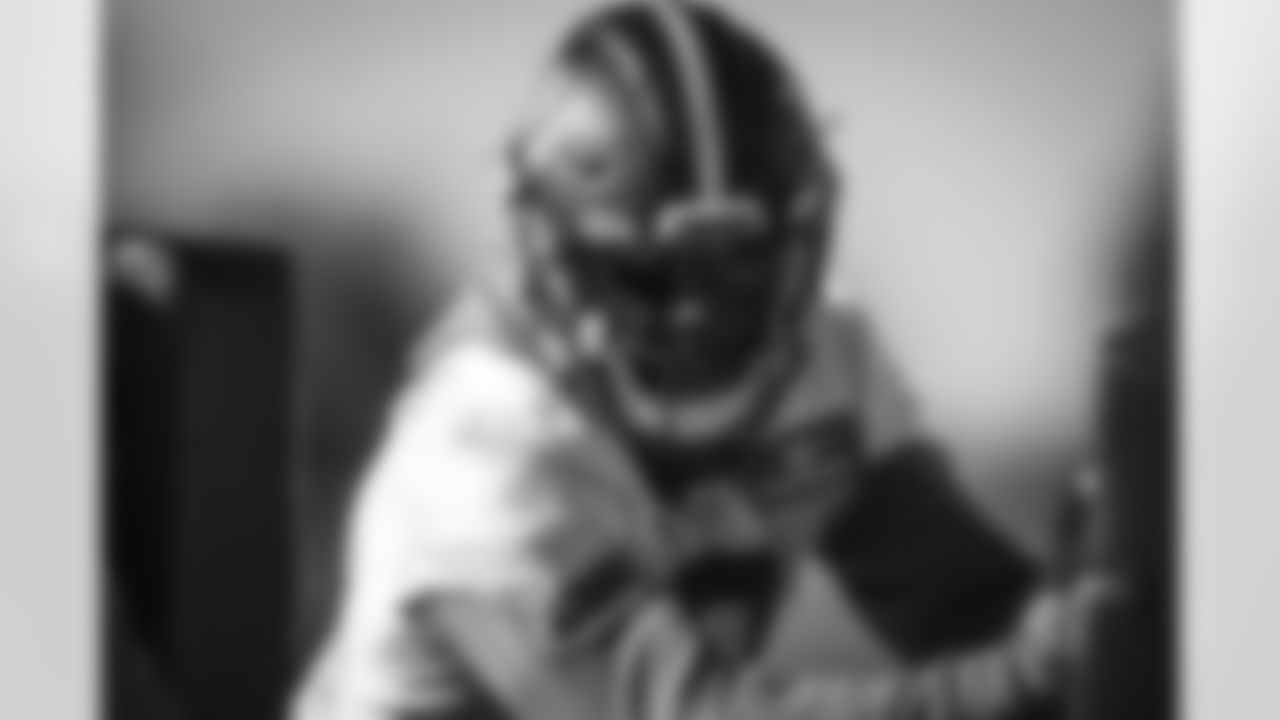
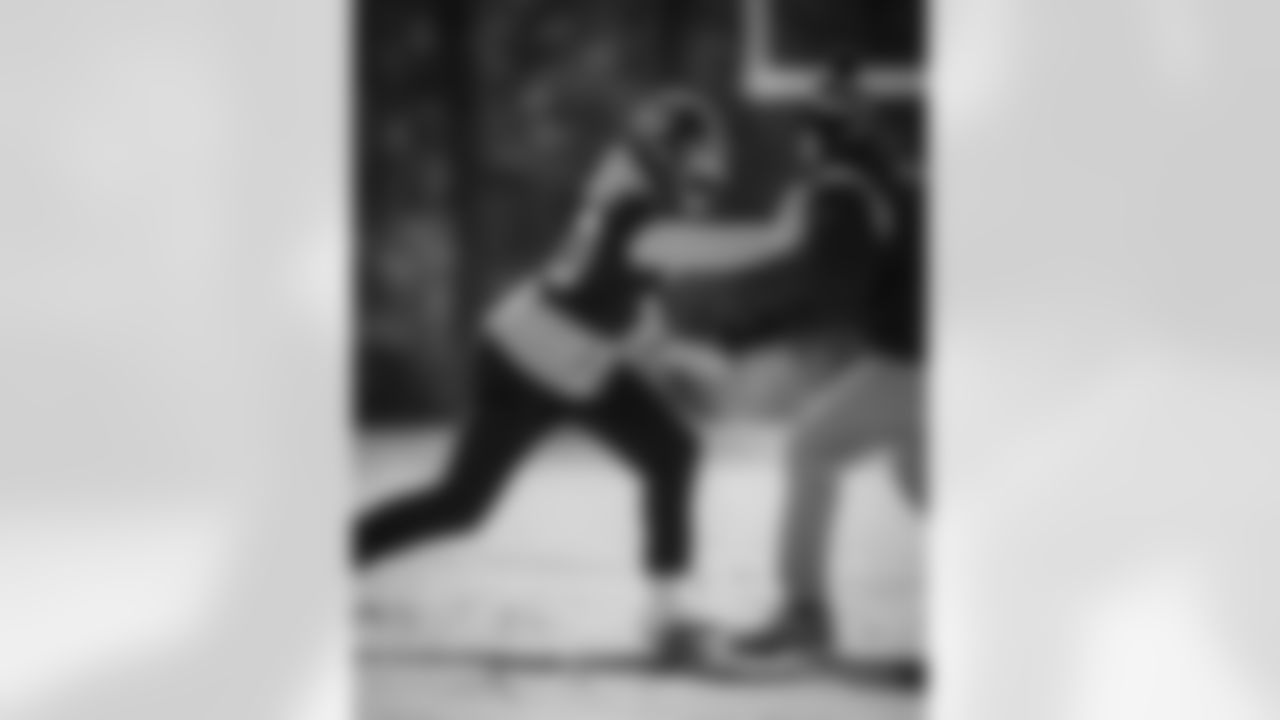
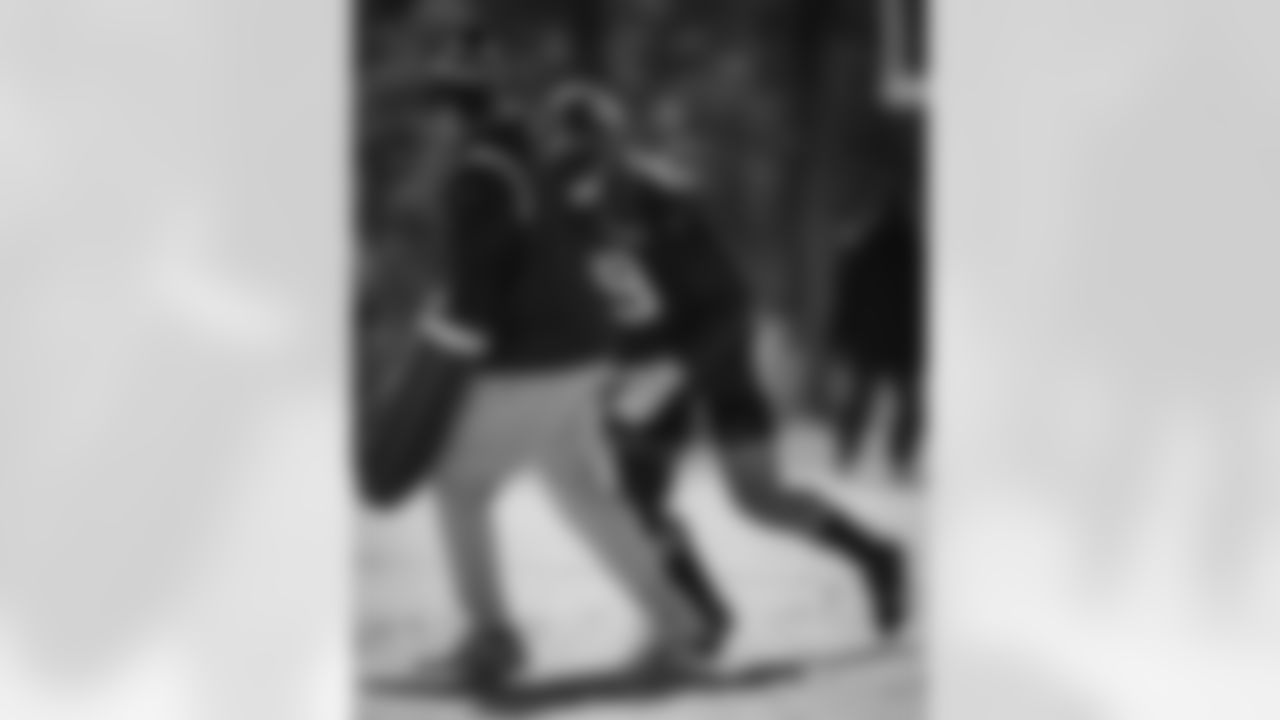



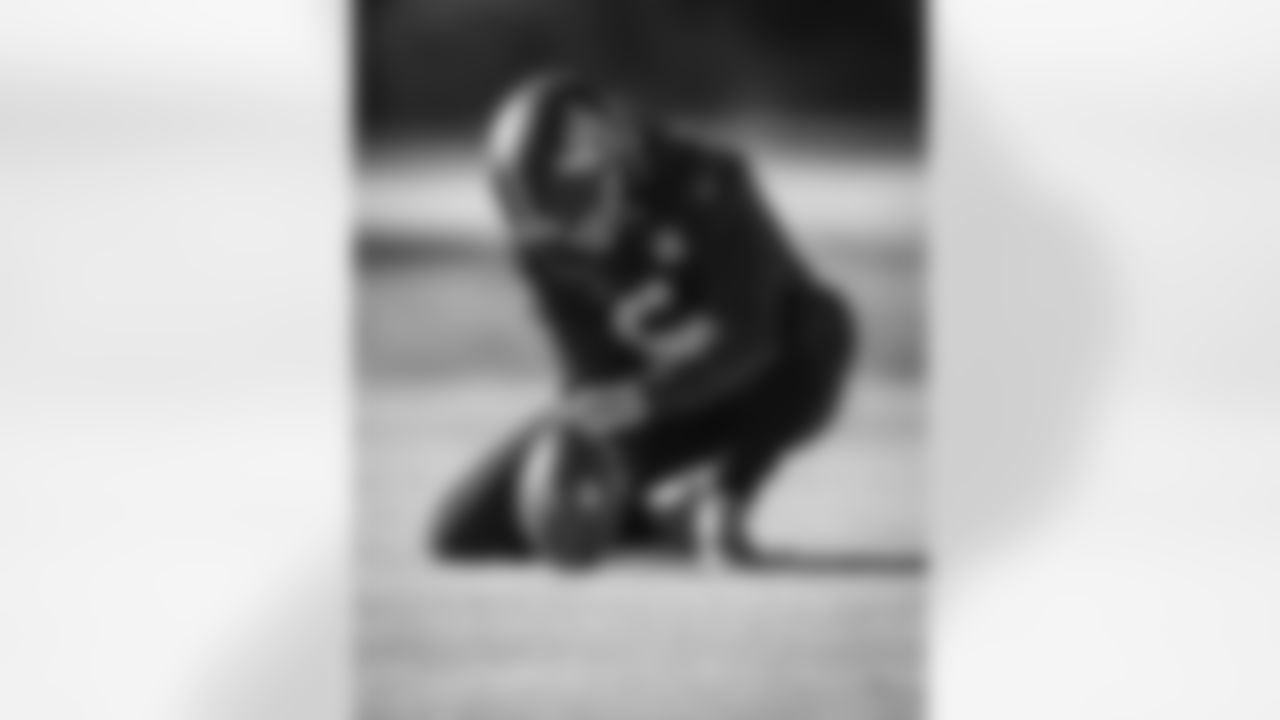
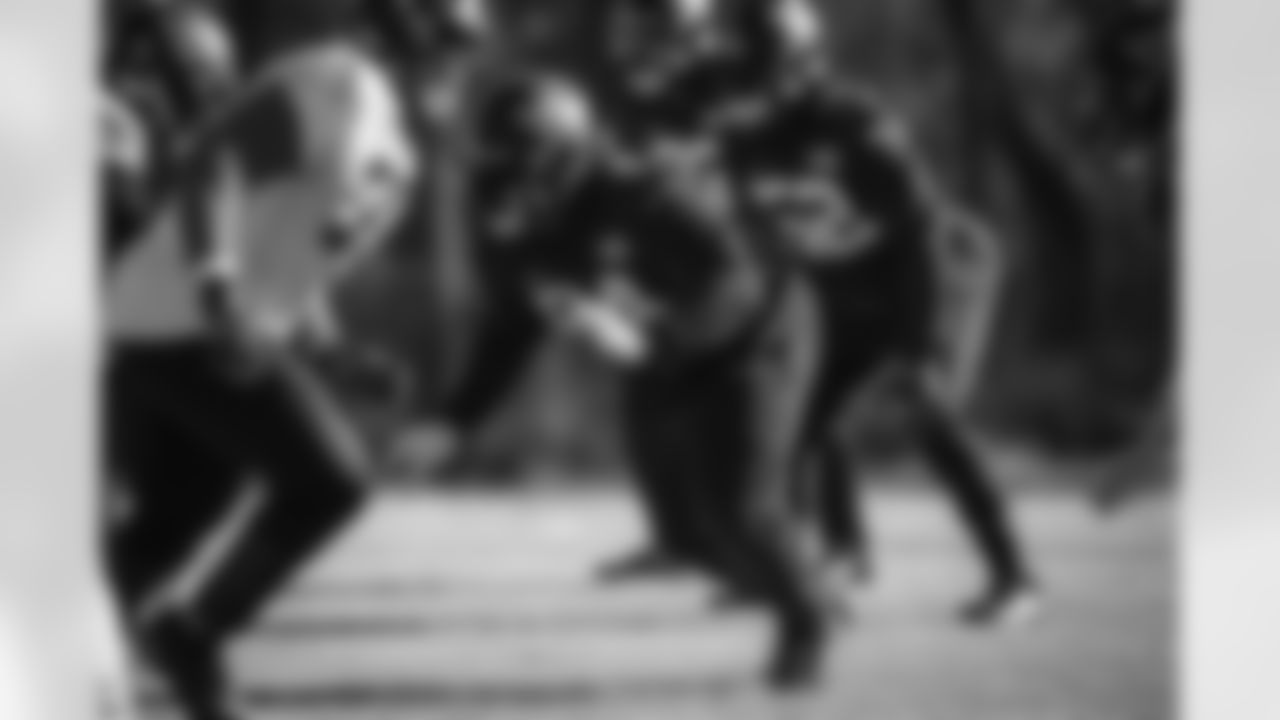
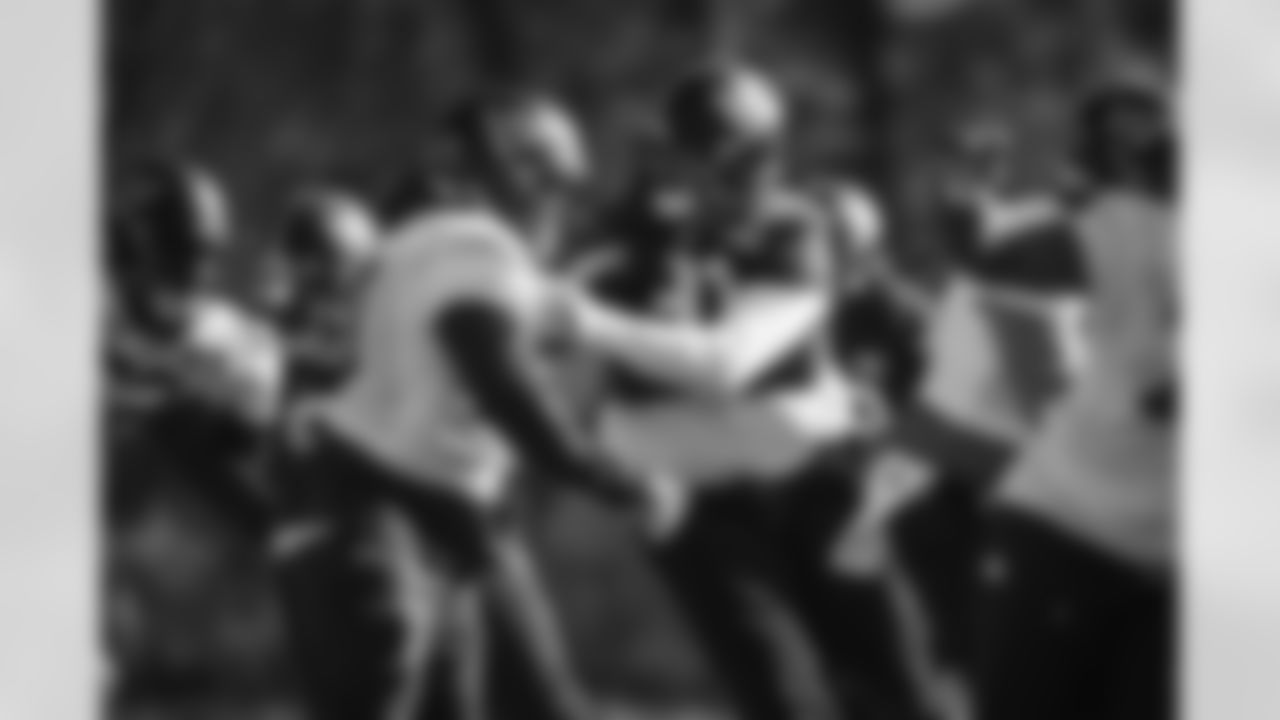
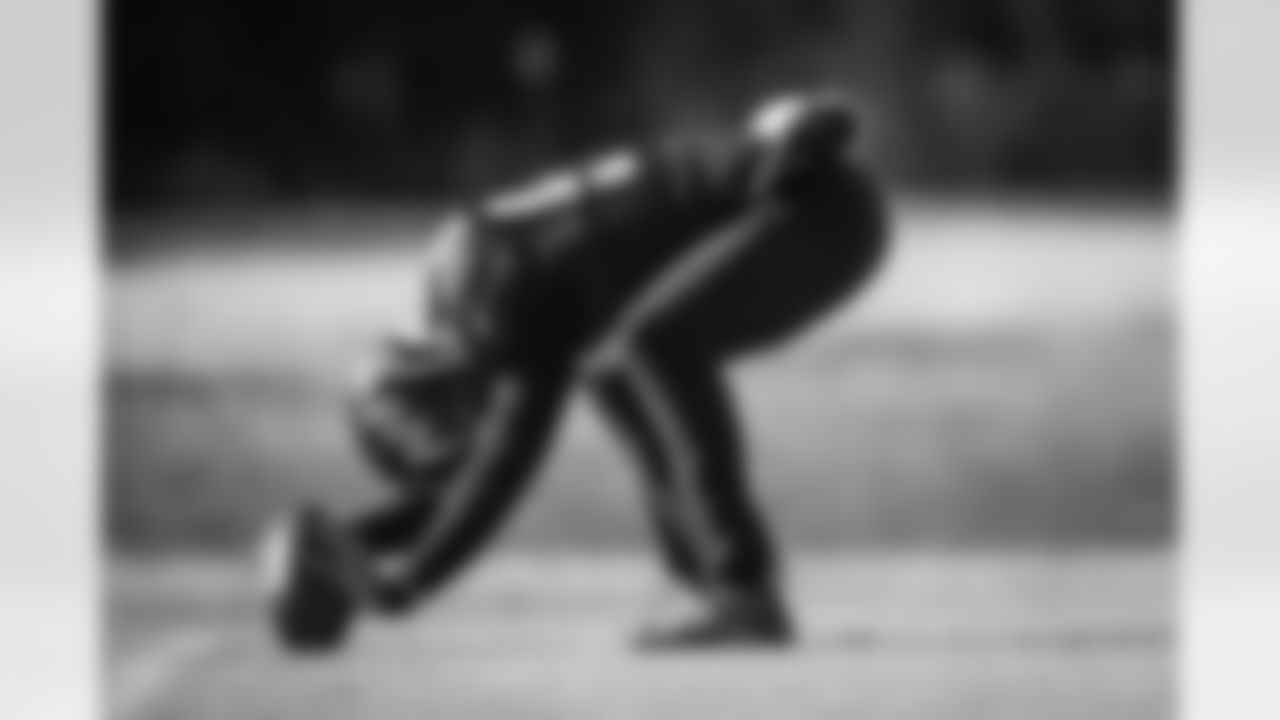
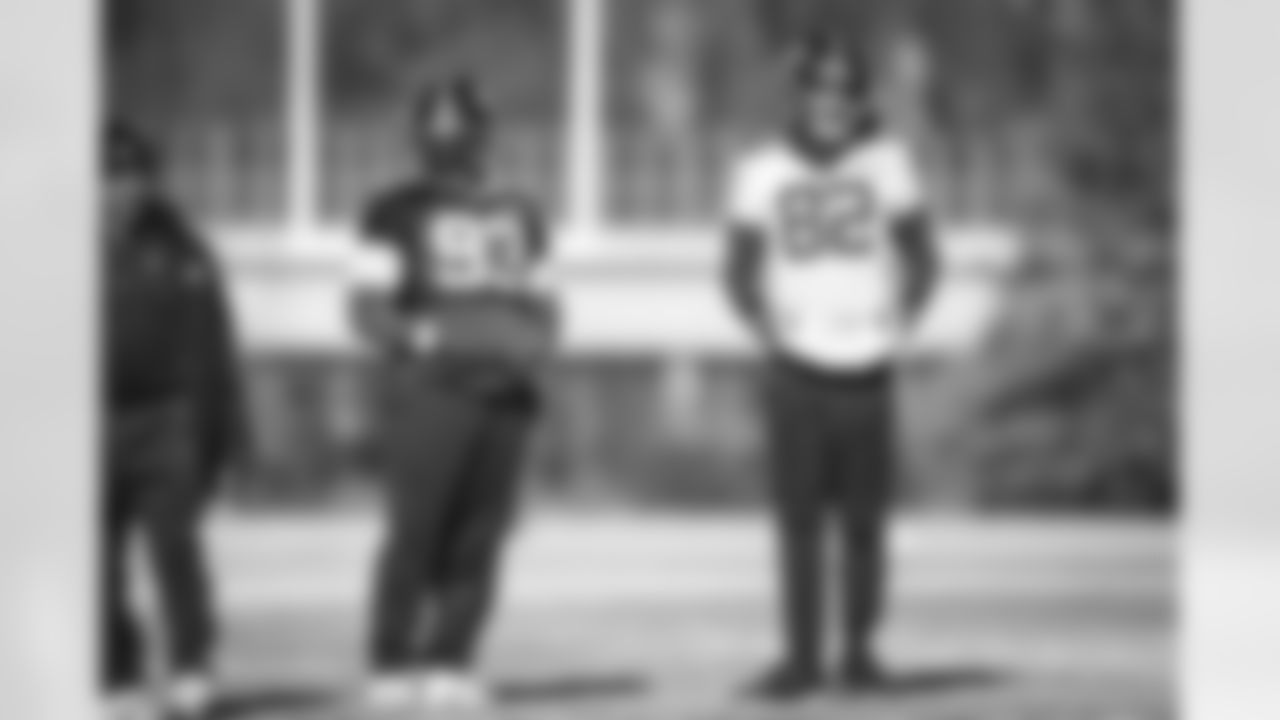

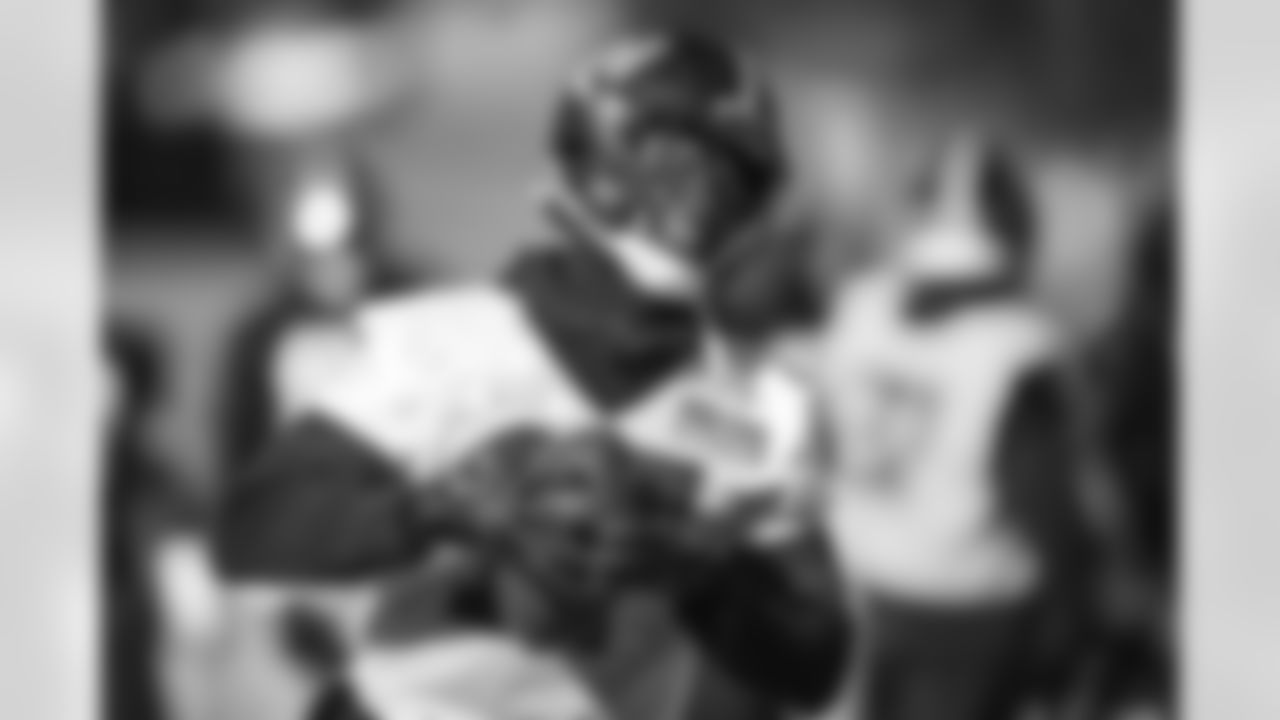
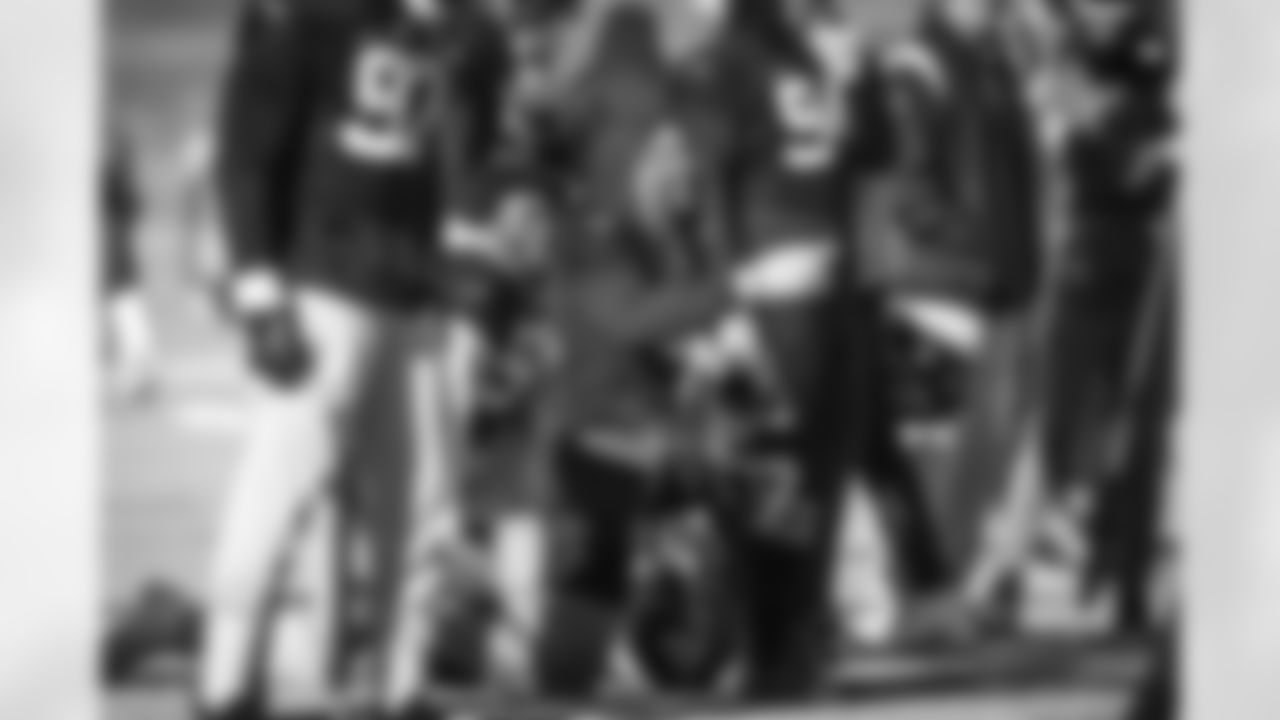
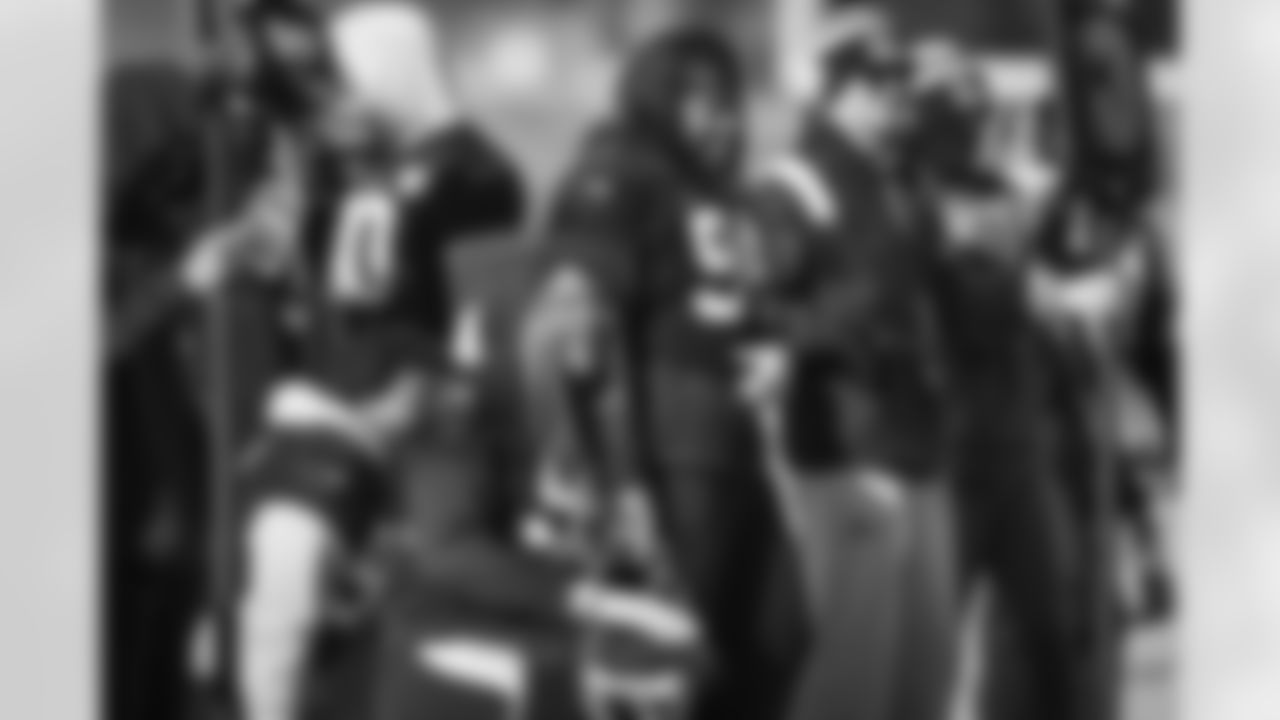

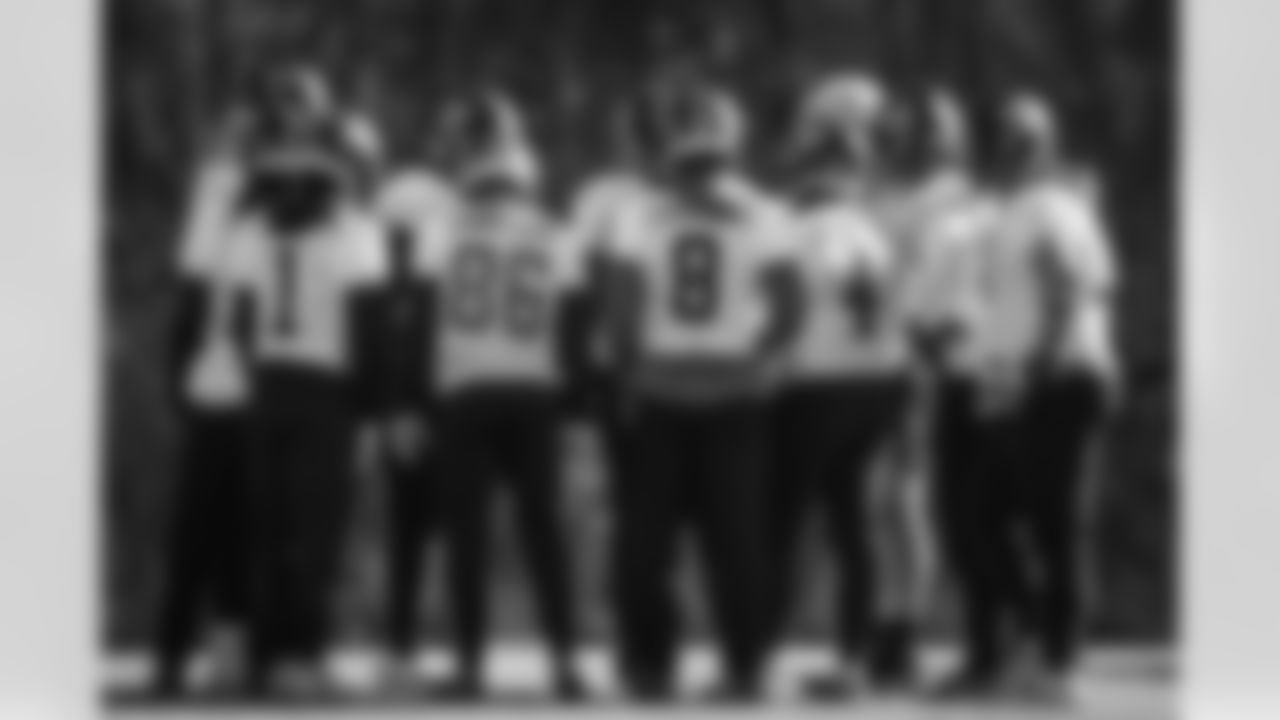
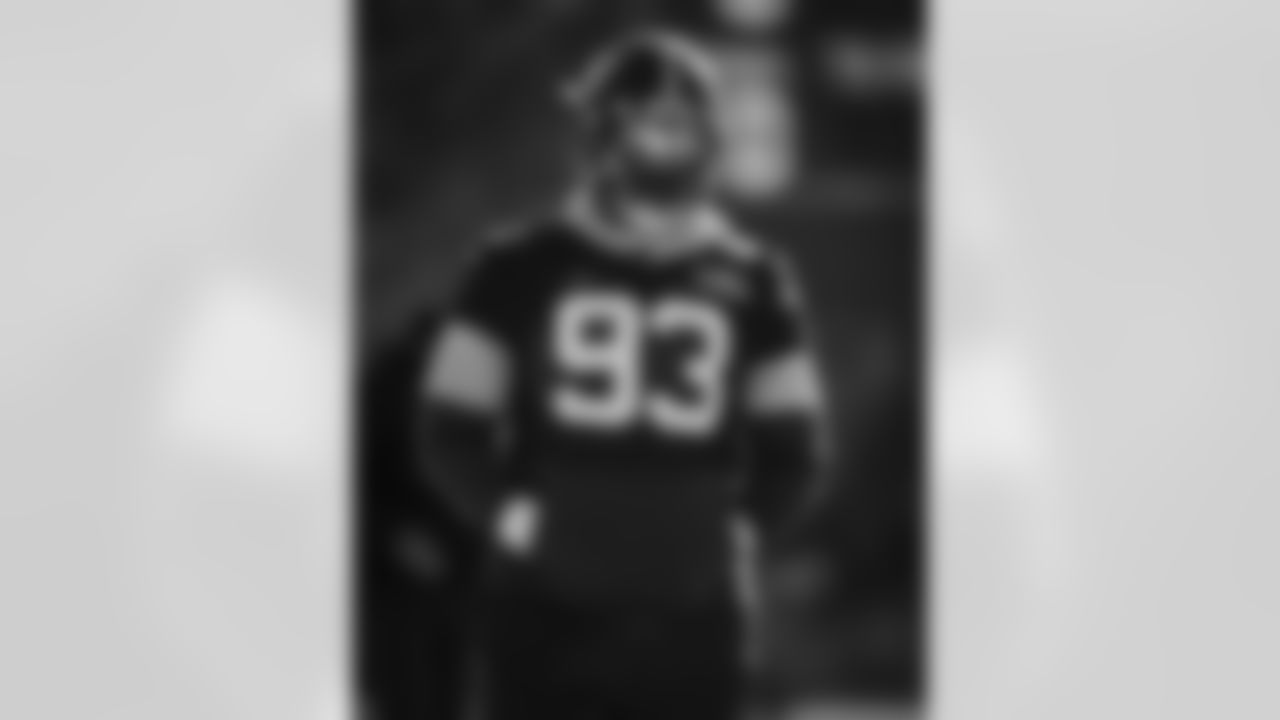

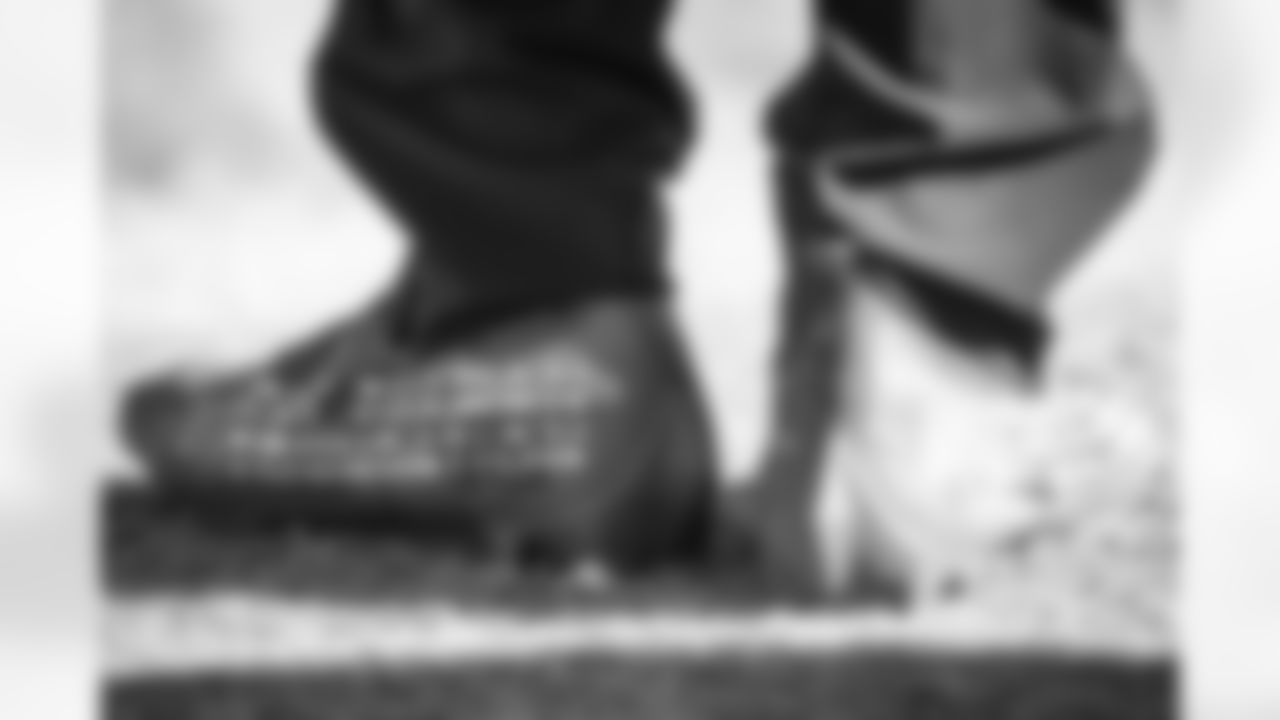


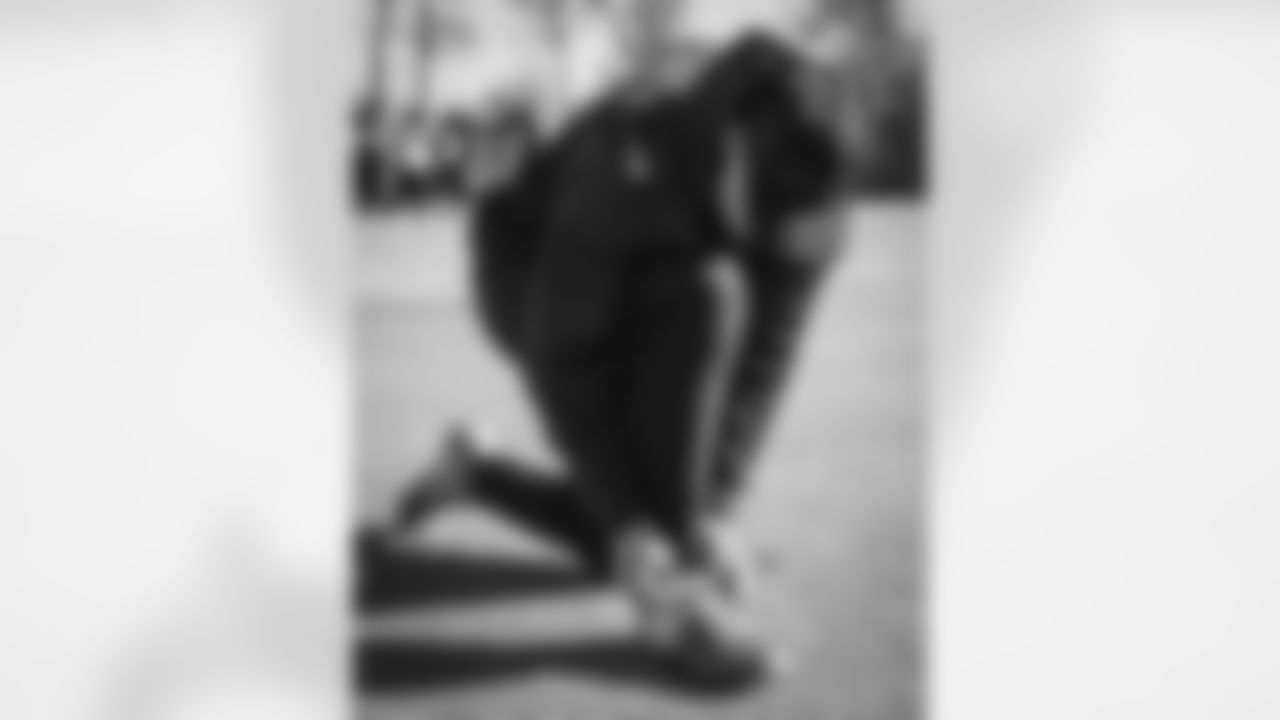


In their matchup with the Jaguars on third-and-2, Kafka called a "zone read" that Jones pulled and ran for a 12-yard gain. In this look, Jacksonville plays a seven-man box to the Giants' six-man blocking surface. This allows Jacksonville to cover every gap plus have an extra defender for the running back. However, the defense failed to account for Jones. If the offense has a quarterback that can run, it allows them to take advantage of this numerical discrepancy.

While Jones is excellent at designed runs, it is not a major part of their offense. But by gaining first downs with his legs, Jones allows the Giant's running game to stay on the field.
In addition to the zone read and the scrambles, Kafka leans into Jones' ability to run the keeper/boot action. Keepers help to protect your runs by slowing pursuit. Much like a zone read, it puts defensive ends in conflict. His job is to contain the offensive play while closing his inside gap to prevent against the cut back.

This is a great way to ensure that the quarterback has clean throwing lanes and is well protected. But another important element is that this helps make the run game more effective. For example, the next time the defensive end gets this look he might attack the quarterback creating a huge cut back.
I think Washington should let their ends be aggressive and attach the quarterback and limit his ability to get outside of the pocket. If the Commanders do this, they will eliminate these offensive tools that have been used to prop up the Giants run game. It will be fun to watch how Jack handles these offensive wrinkles for the Giants.
Zach: Jones and his ability to run has been a problem that Washington has struggled to solve since he arrived in the league. The quarterback seems to have his best games against the Burgundy & Gold, and having Saquon Barkley back healthy will make things even tougher.
The Falcons, while fundamentally different from the Giants in several ways, were a good precursor for what Washington will see this weekend. Marcus Mariota gashed them in the first half, and there were multiple plays where Cordarrelle Patterson ran through massive running lanes because of all the motion Atlanta used.
Washington began attacking the quarterback more in the second half, and that helped the defense cut down a significant part of Atlanta's ground attack, as Mariota was essentially a nonfactor.
As Logan suggested, Washington would be smart to do this against the Giants and force Jones to make tough decisions, which New York's staff has done a good of preventing all season. It will be important to avoid overpursuing, though, because while Washington has the athletes to stop Jones, that will not matter if they do not stick to their assignments.
Washington has done a good job of that lately, but Sunday's game will be one of its biggest tests.
3. Who are some Giants players to watch?
Logan: Offensively, the Giants are light on elite playmakers. Kenny Golladay has not panned out as the Giants would have liked and is now listed as a rotational piece on the depth chart. Sterling Shepard is out for the year after a freak injury, and Robinson is on IR. Collin Johnson, who started multiple games last year, was lost for the season in training camp.
The desolate landscape at receiver has forced the Giants to pick up the likes of Richie Games and Isaiah Hodgins, who was claimed off Buffalo's practice squad. Despite this tremendous attrition at receiver, Jones has found a light in the dark.
Darius Slayton has been quiet this year with only 27 receptions third on the team after Saquon Barkly and Richie James. Don't let this deceive you, because he leads the team in receiving yards averaging over 17 yards per catch. He is a big play waiting to happen.
At the combine, Slayton ran a 4.39 40 time and a 40-inch vertical. These explosive metrics are on full display every time he attacks the second level of the defense. The Giants to a good job of highlighting to his skill set with go routes or letting him run deep crossing routes.
Slayton lacks elite polish on his routes and lacks consistent hands, but he is a tough matchup for Washington. With Benjamin St-Juste out, Kendall Fuller becomes the No. 1 corner with Christian Holmes at the No. 2.
Slayton is not a receiver that warrants having a player follow him around the formation like Justin Jefferson. However, his vertical speed is something that can be problematic.
While the matchup is not ideal, the Commanders play moderate amounts of man coverage, relying on a cover 3 zone match concept. This allows Washington's secondary to be aggressive in matching players while also forcing the offender towards there help.
I believe Washington will be able to take Slayton out of the game. But he is the type of player who can get behind the defense and change the game.
Zach: New York generally struggles against the run, but the defense allows little to no success up the middle. That is because of Dexter Lawrence, who is having one of, if not the best season of his career.
Lawrence has been dominant in just about every facet of his game this season. He is second among defensive tackles in overall grade (his 91.6 is only slightly overshadowed by Chris Jones' 91.7). He is the best run defender in his position, per PFF, and his pass rush grade is second in the NFL. He is strong, quick and knows how to cause havoc in the interior.
If Washington hopes to have any success on the ground, they will need to have an answer for Lawrence. With Trai Turner out, that answer seems to be Sam Cosmi, who will play right guard for the first time in his professional career. Cosmi is still dealing with a hand injury, but he remains one of the better run blockers among tackles, according to PFF.
Lawrence is going to make plays; it is impossible to contain a player like him for an entire game. However, if Cosmi can hold his own, it should open up enough running room for Brian Robinson.










